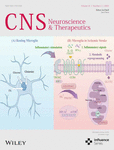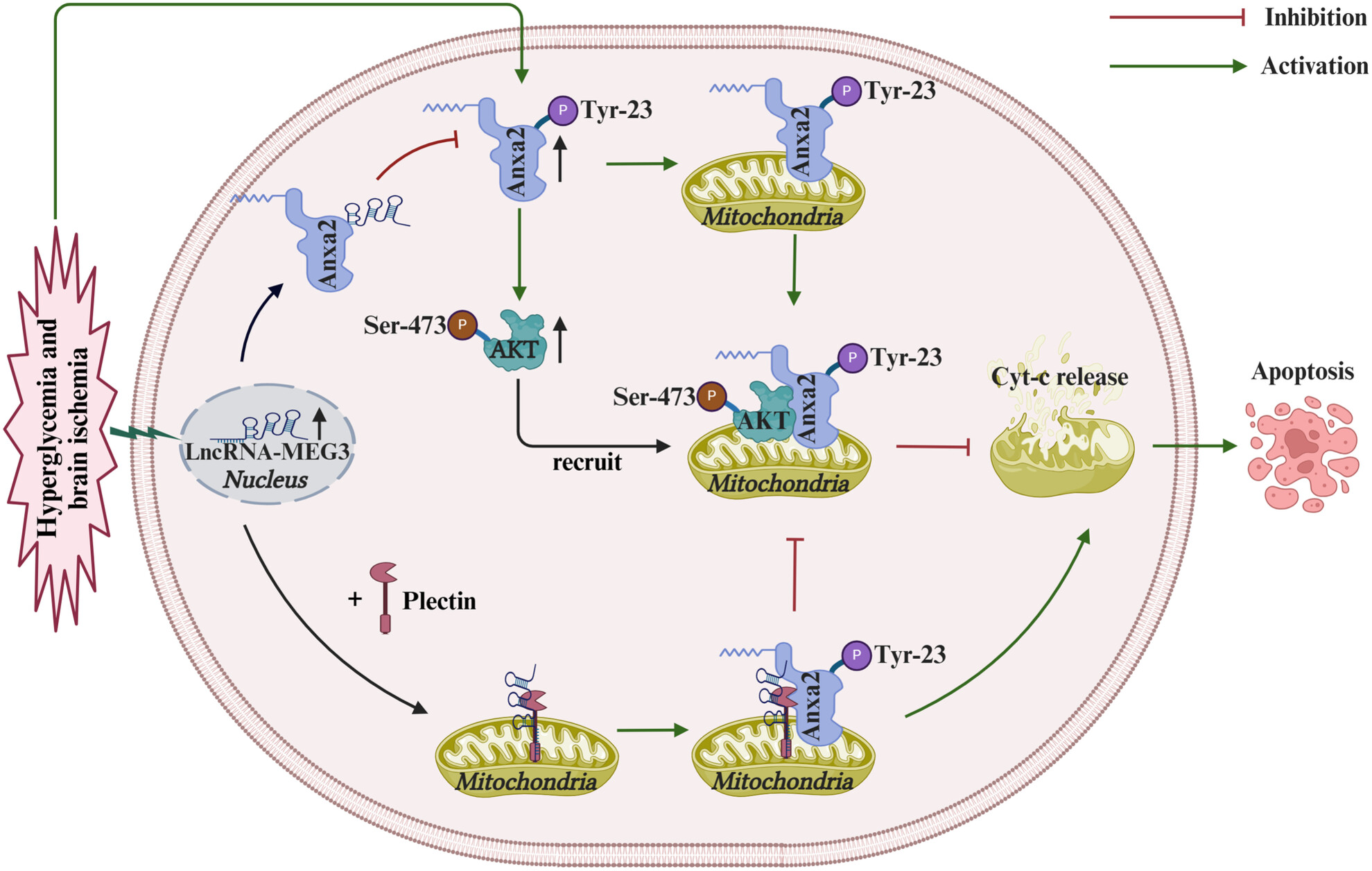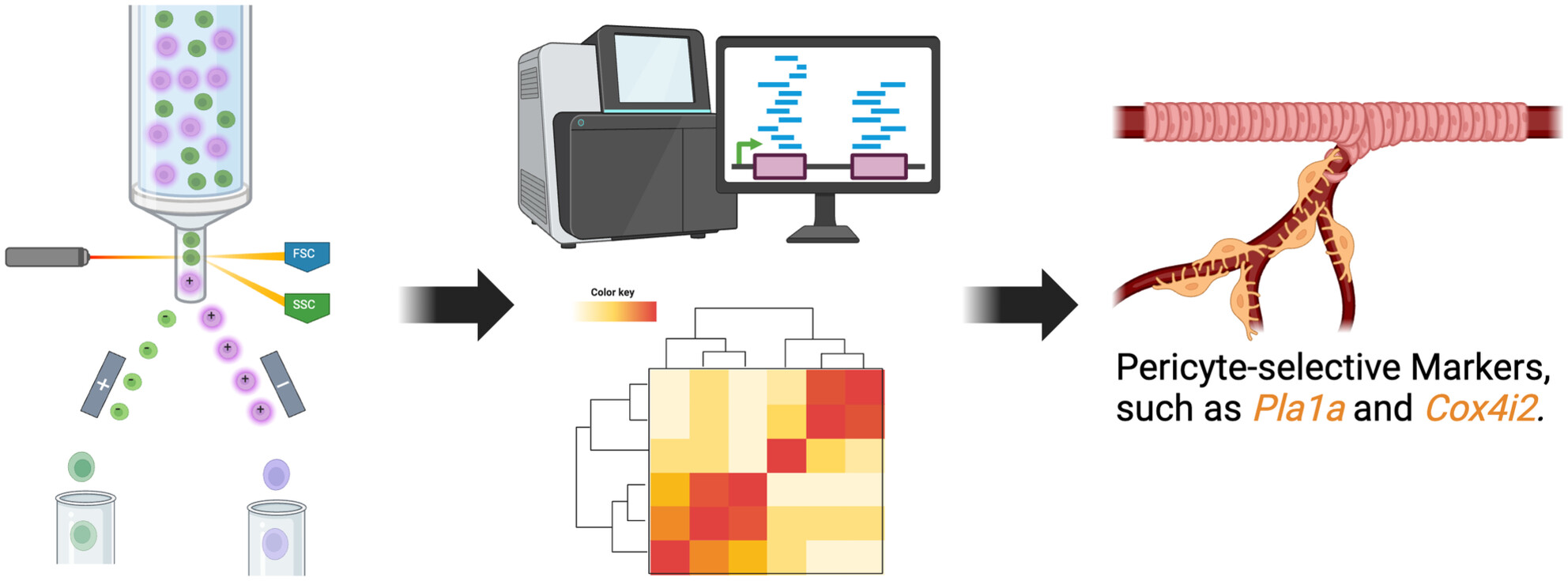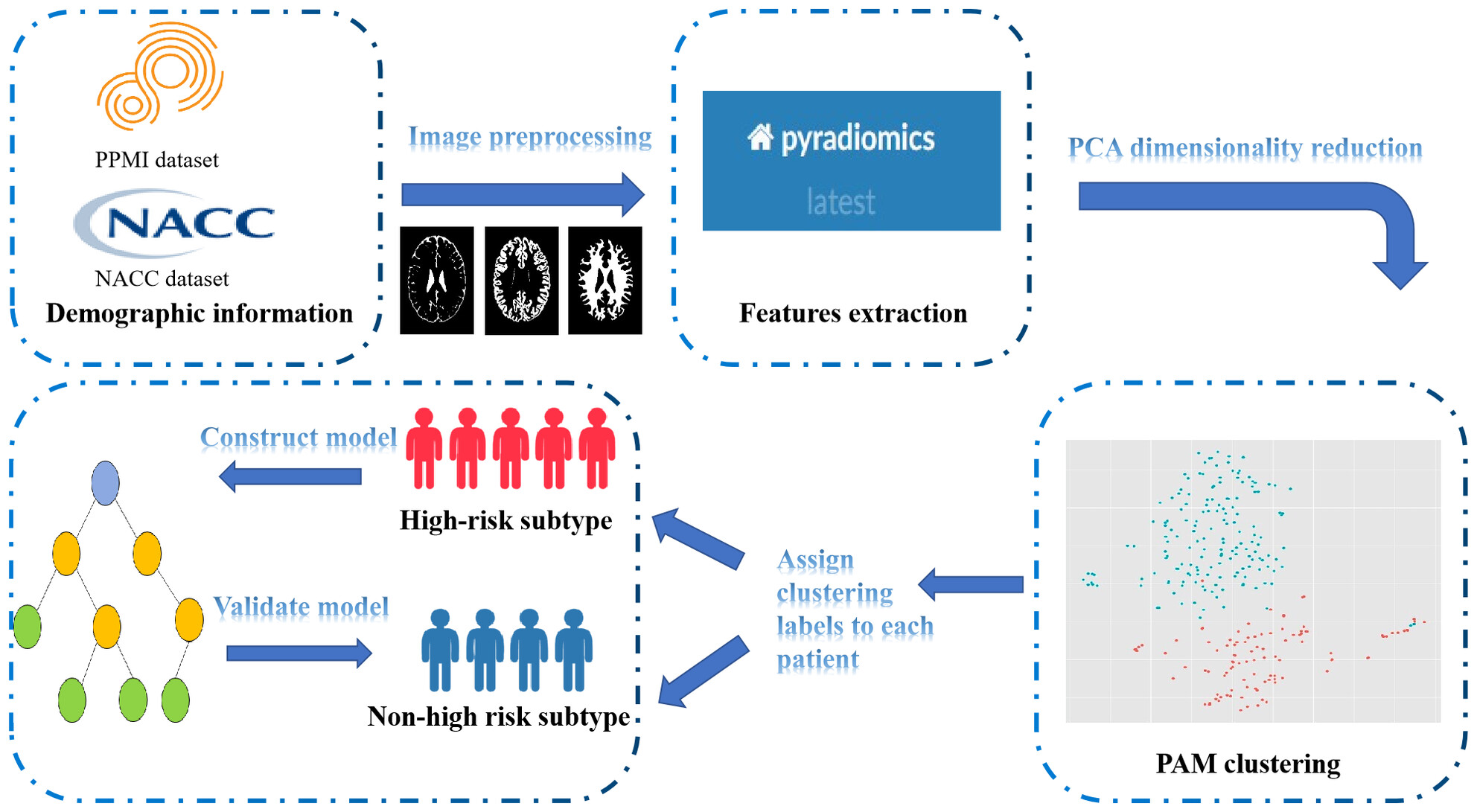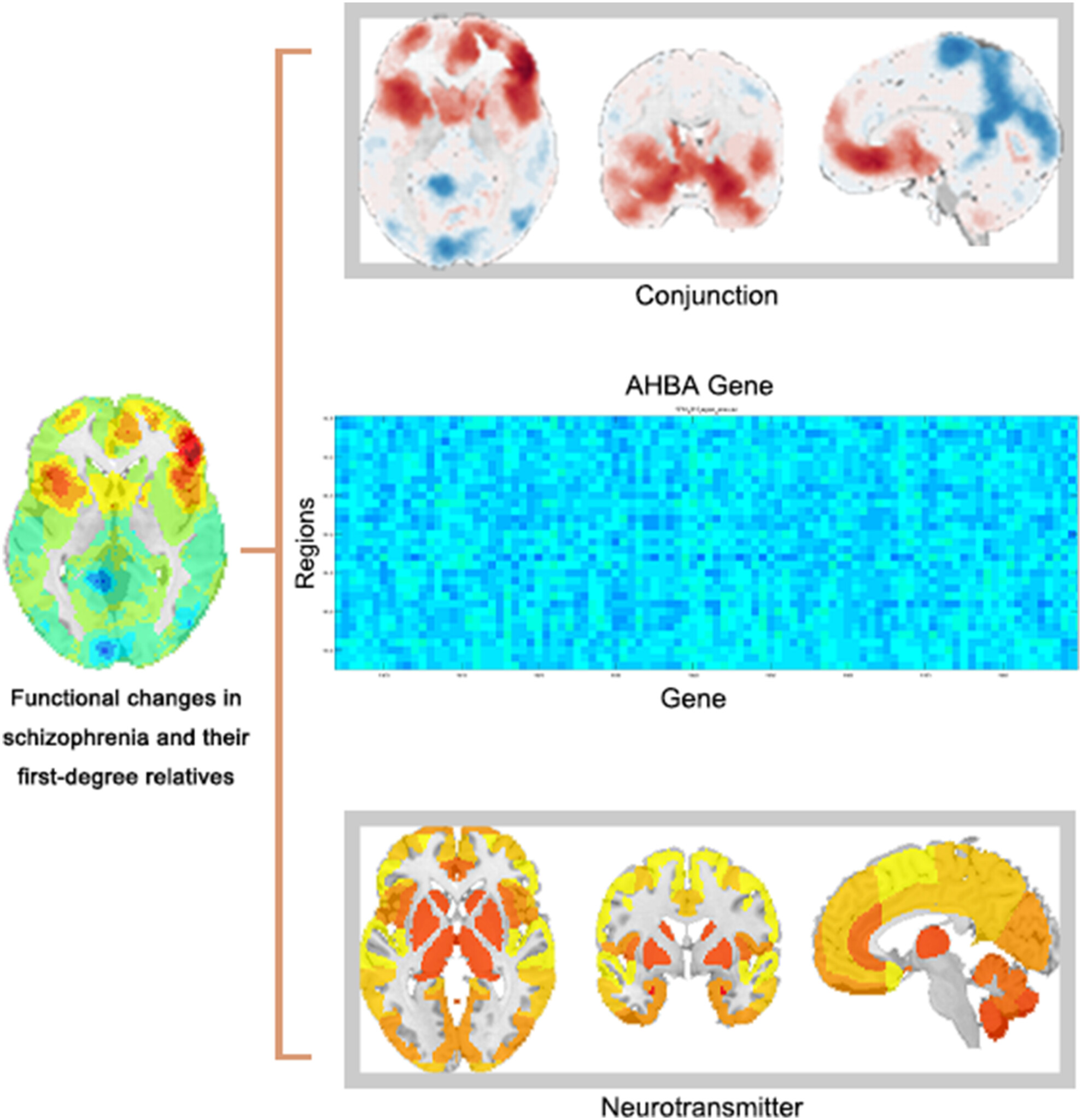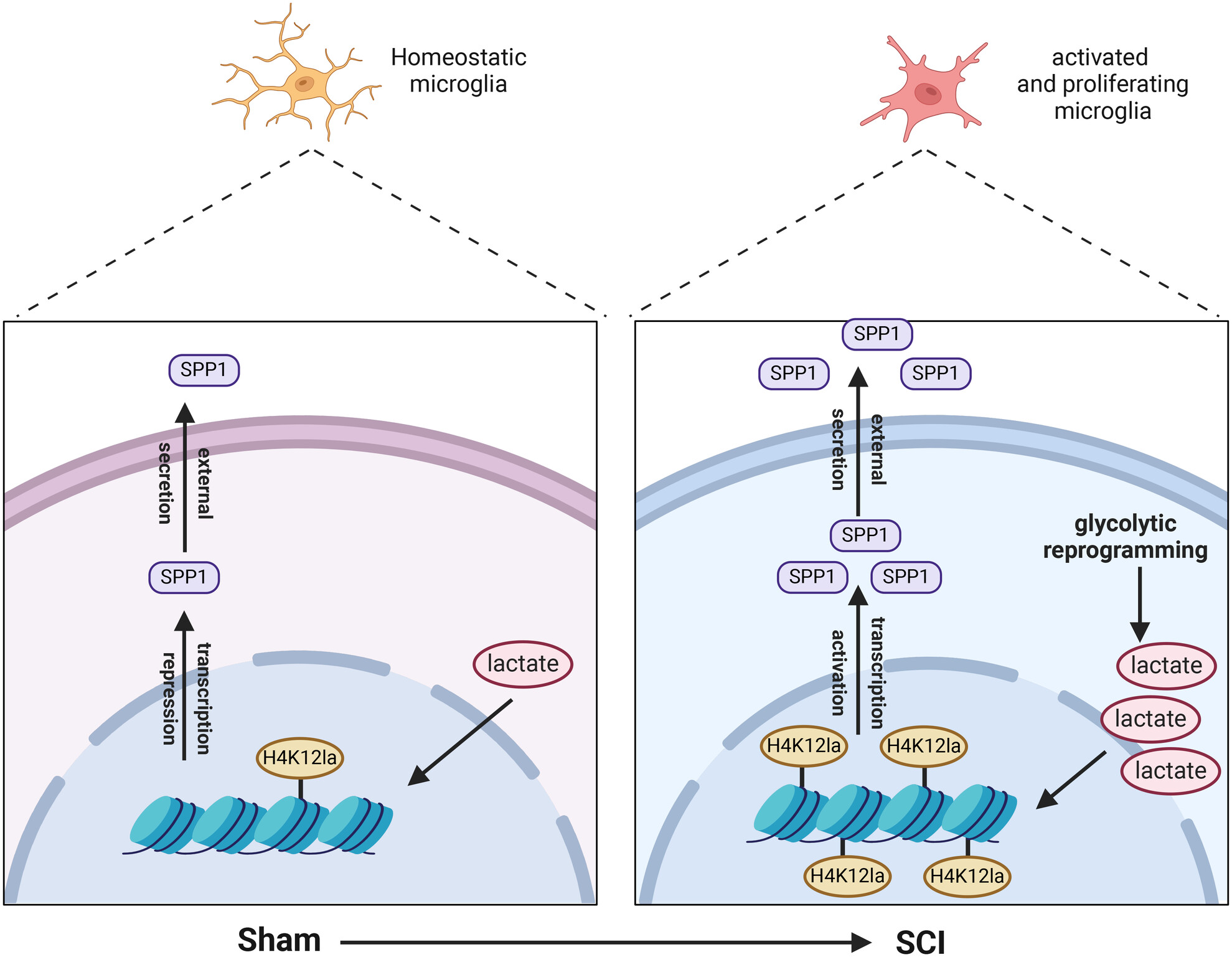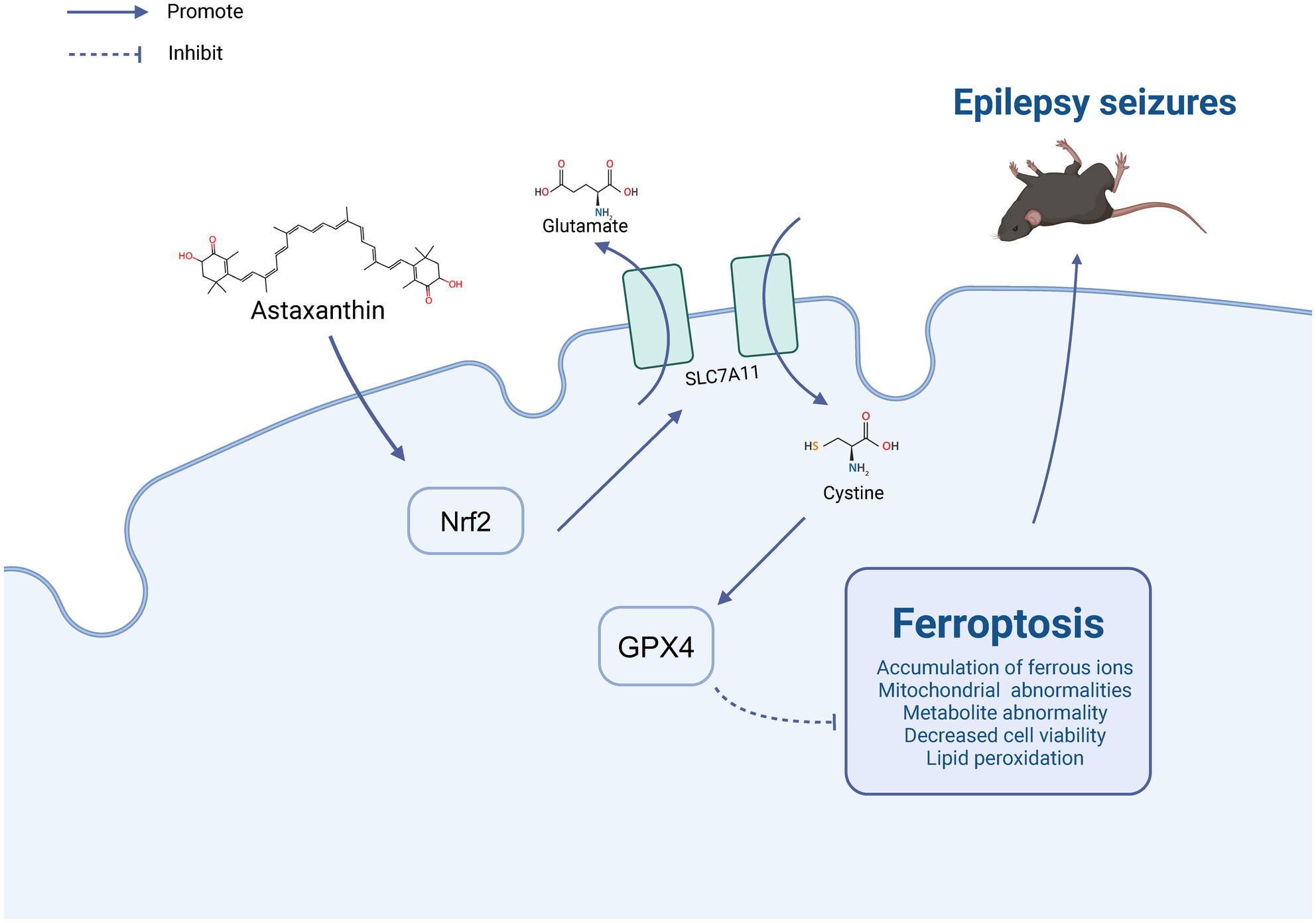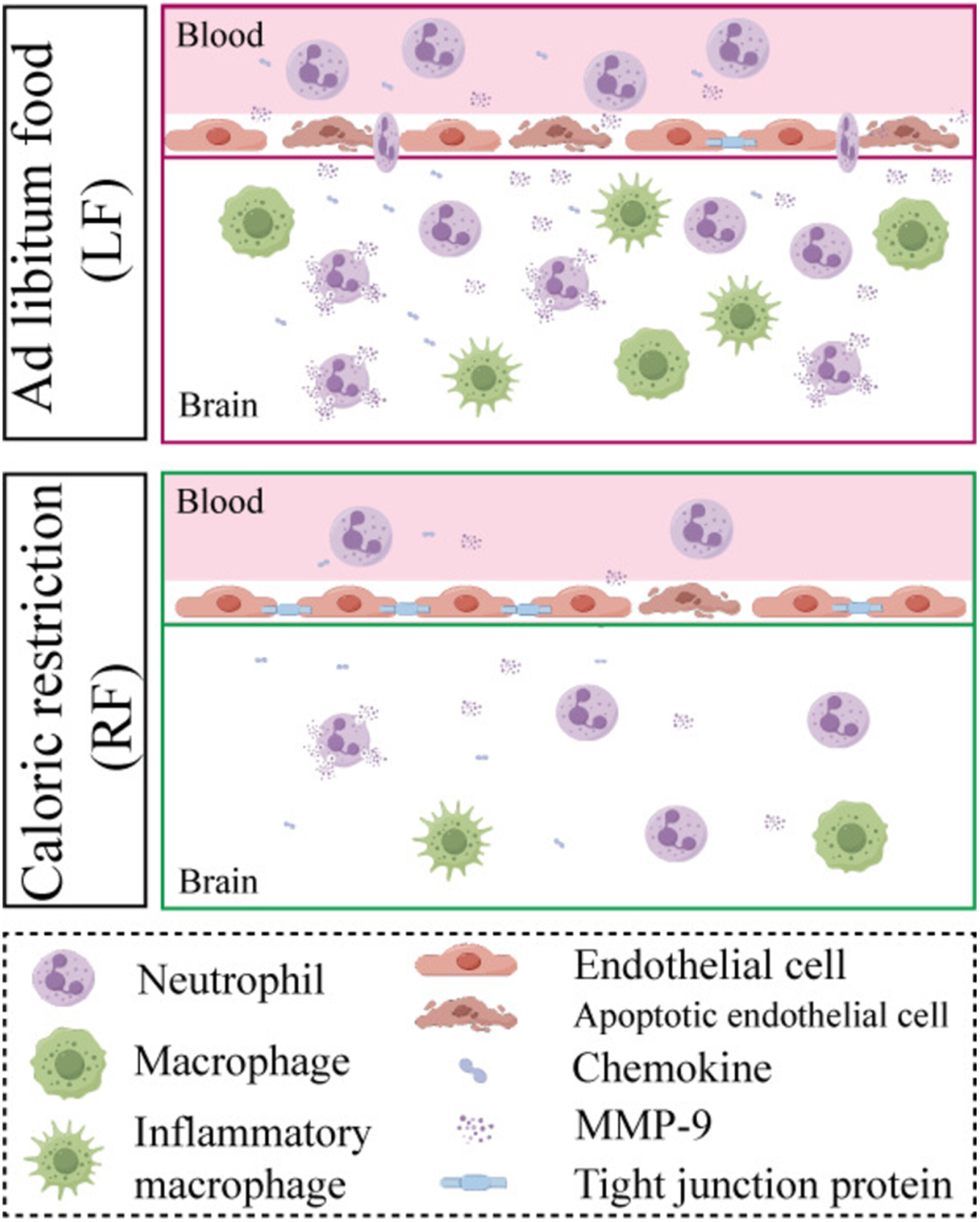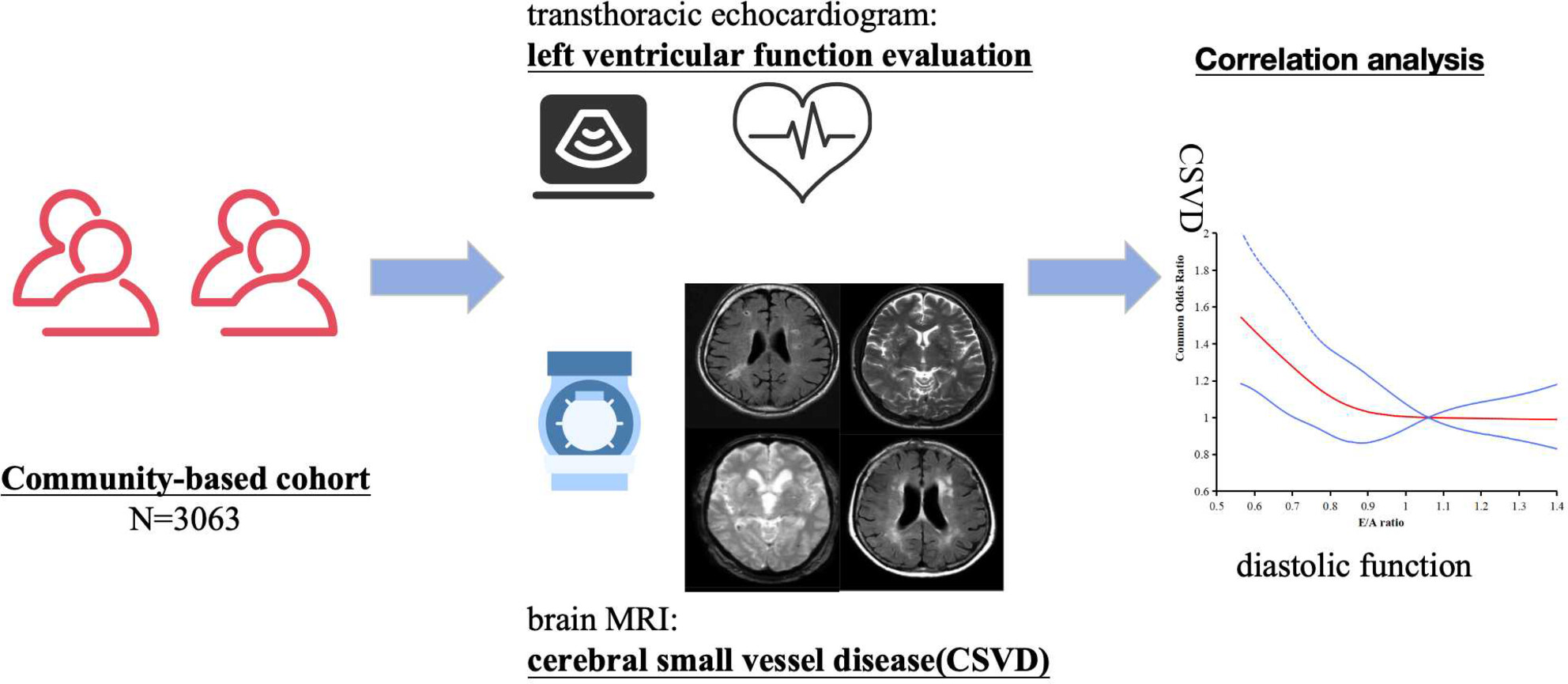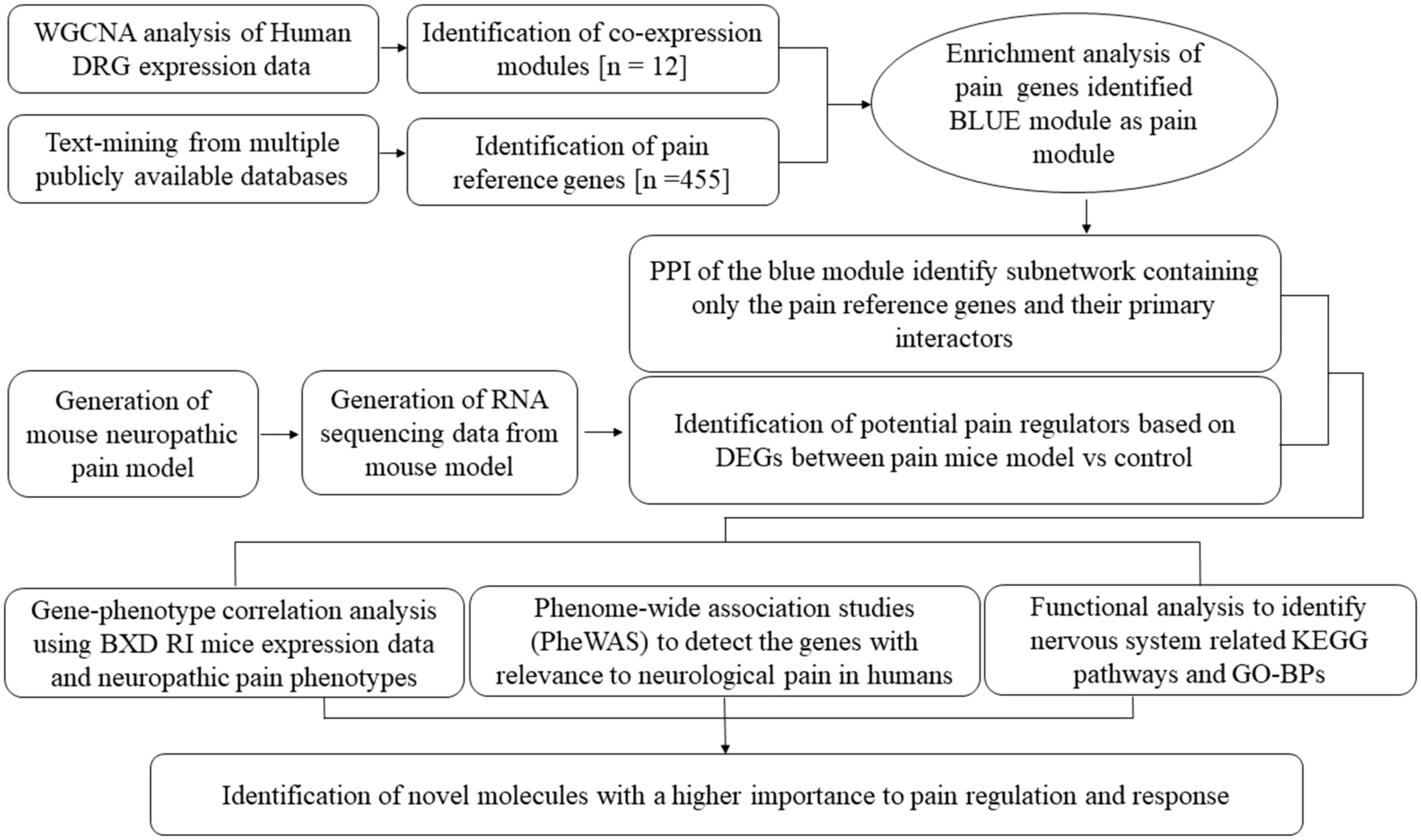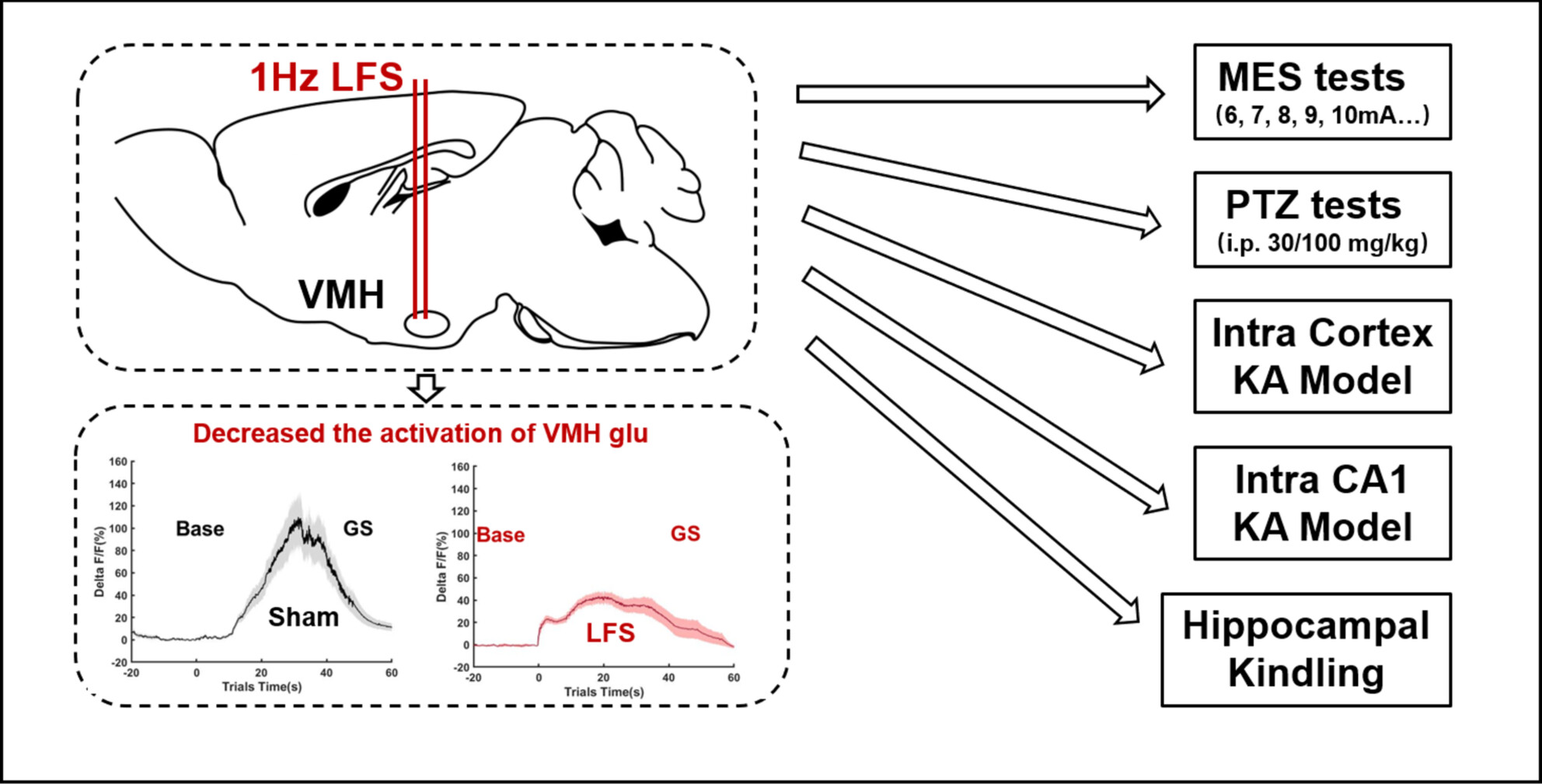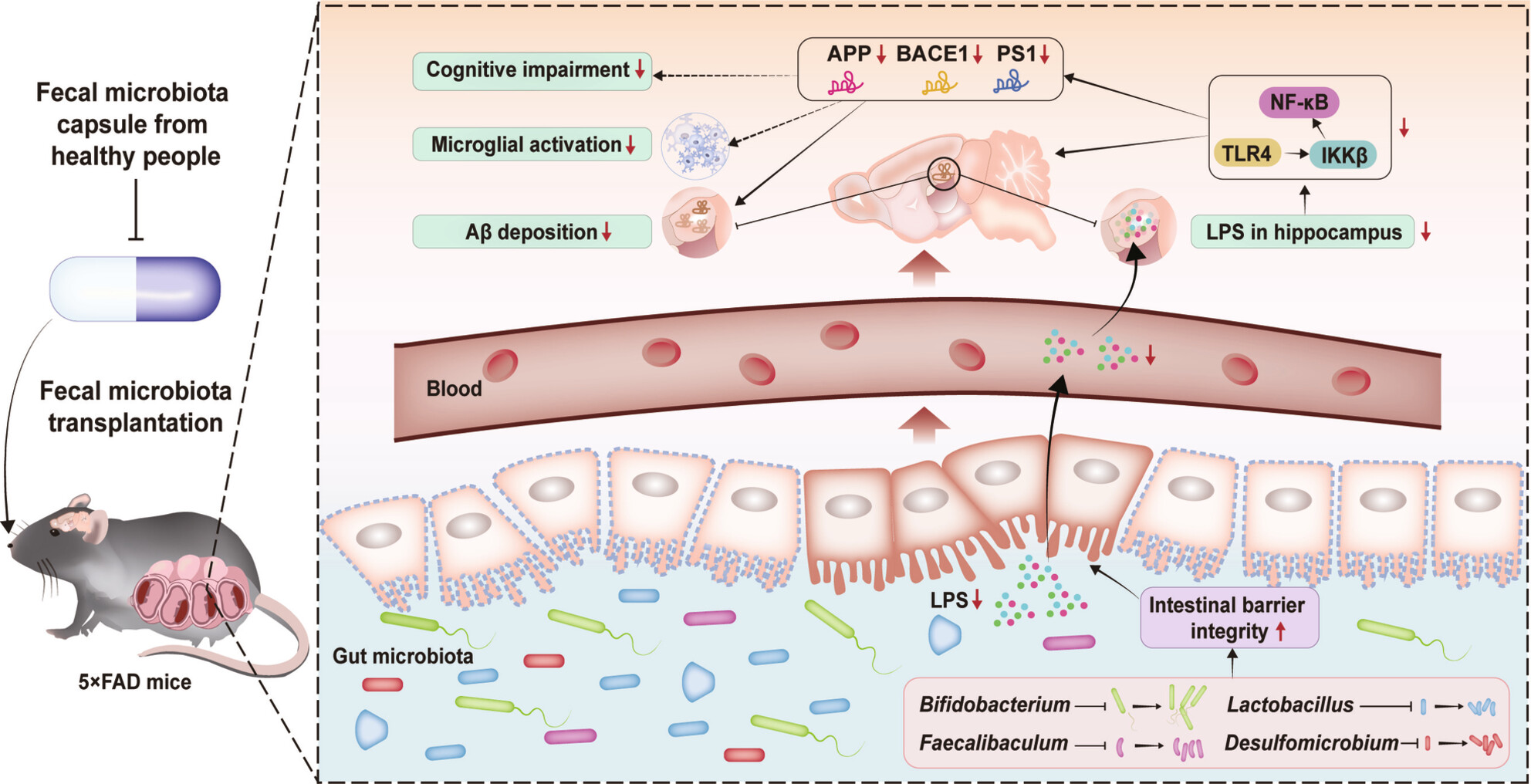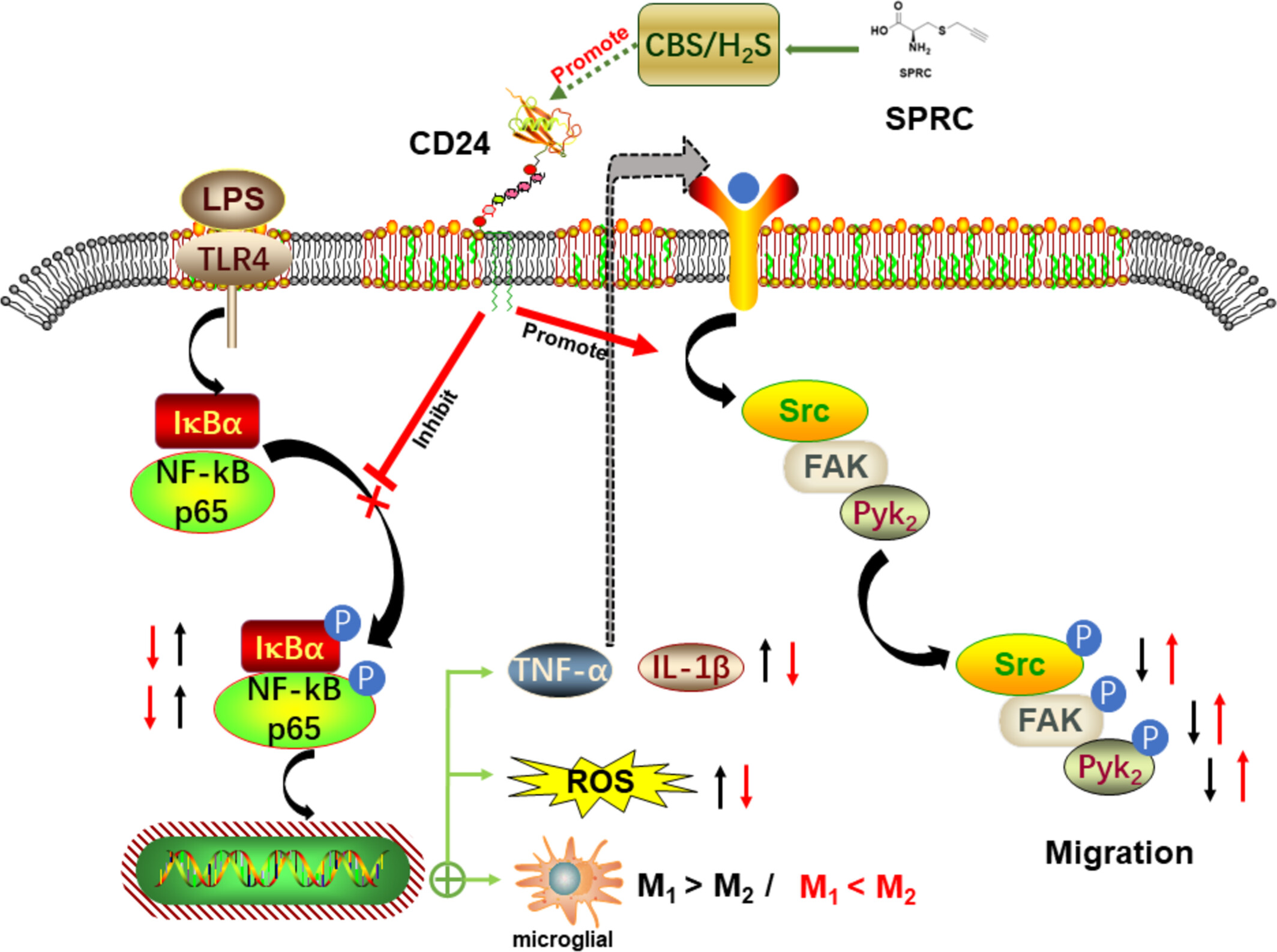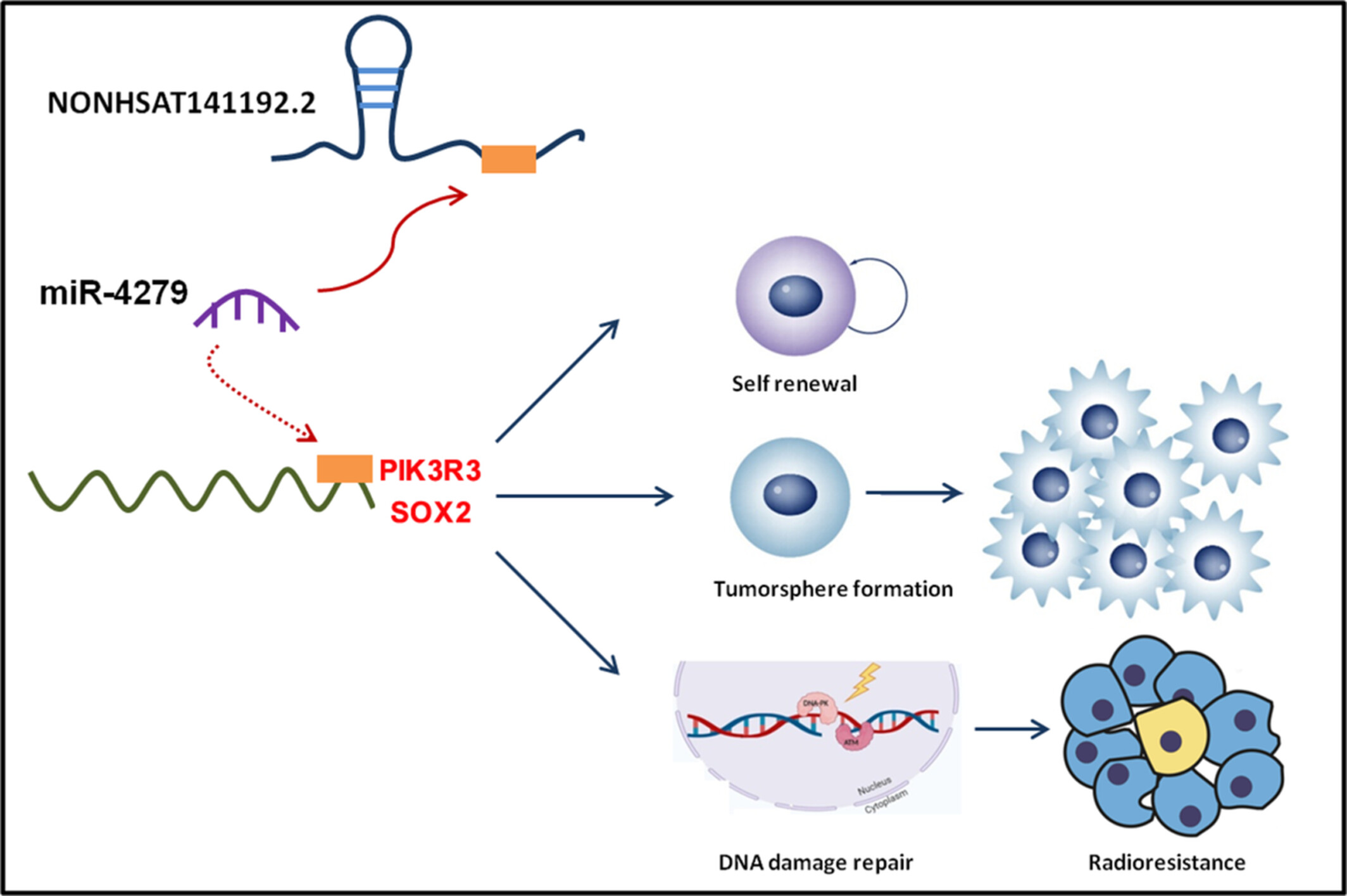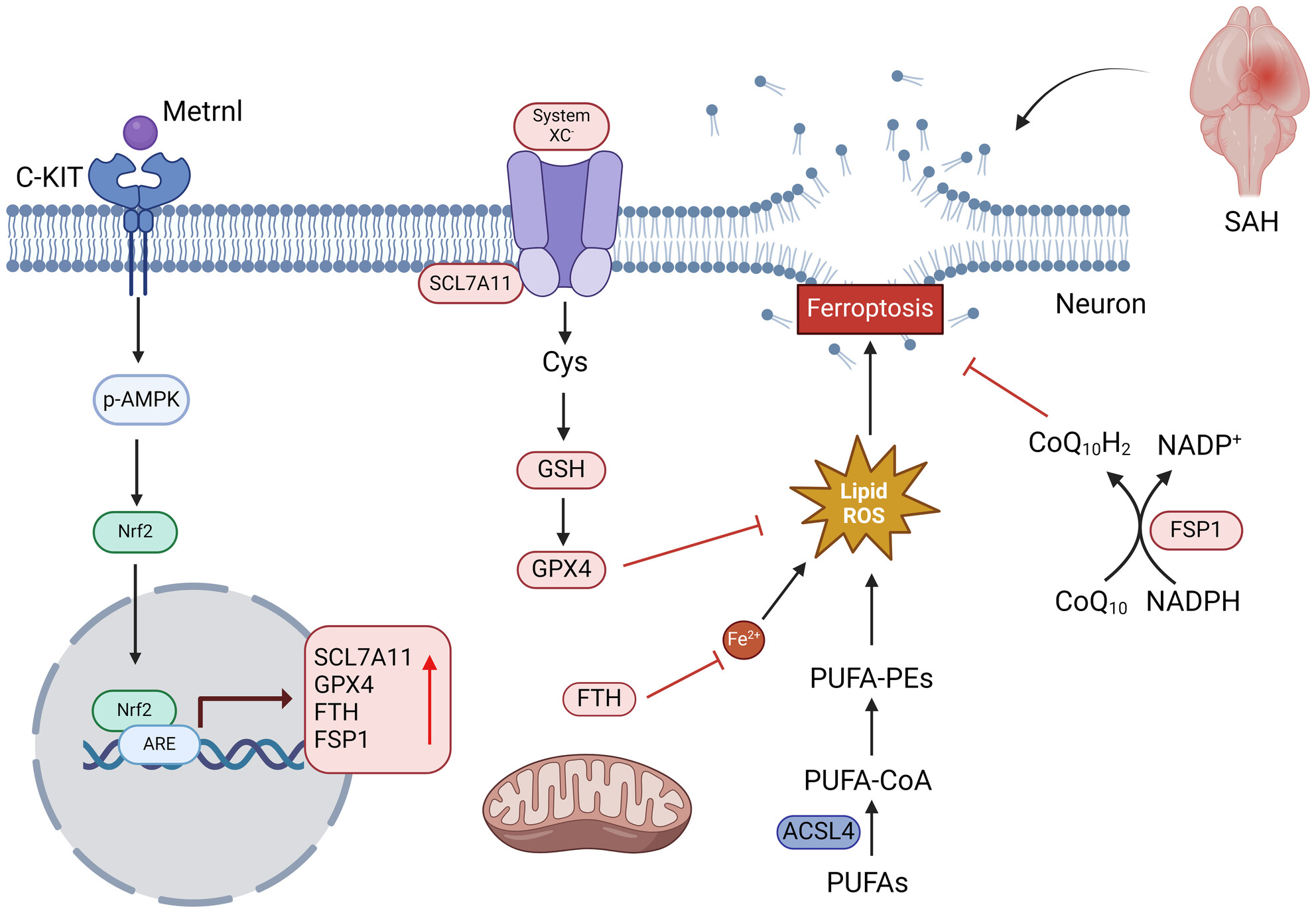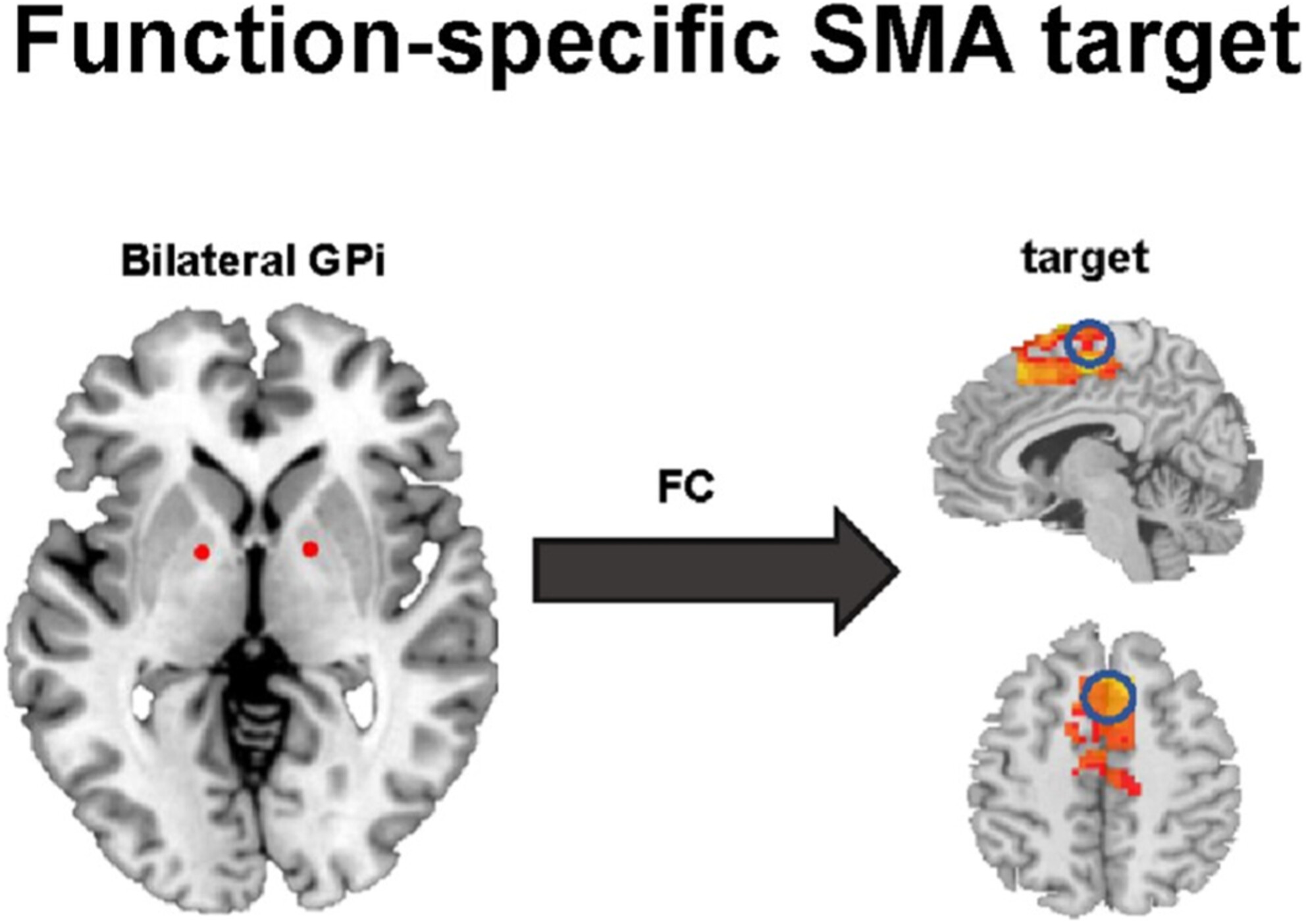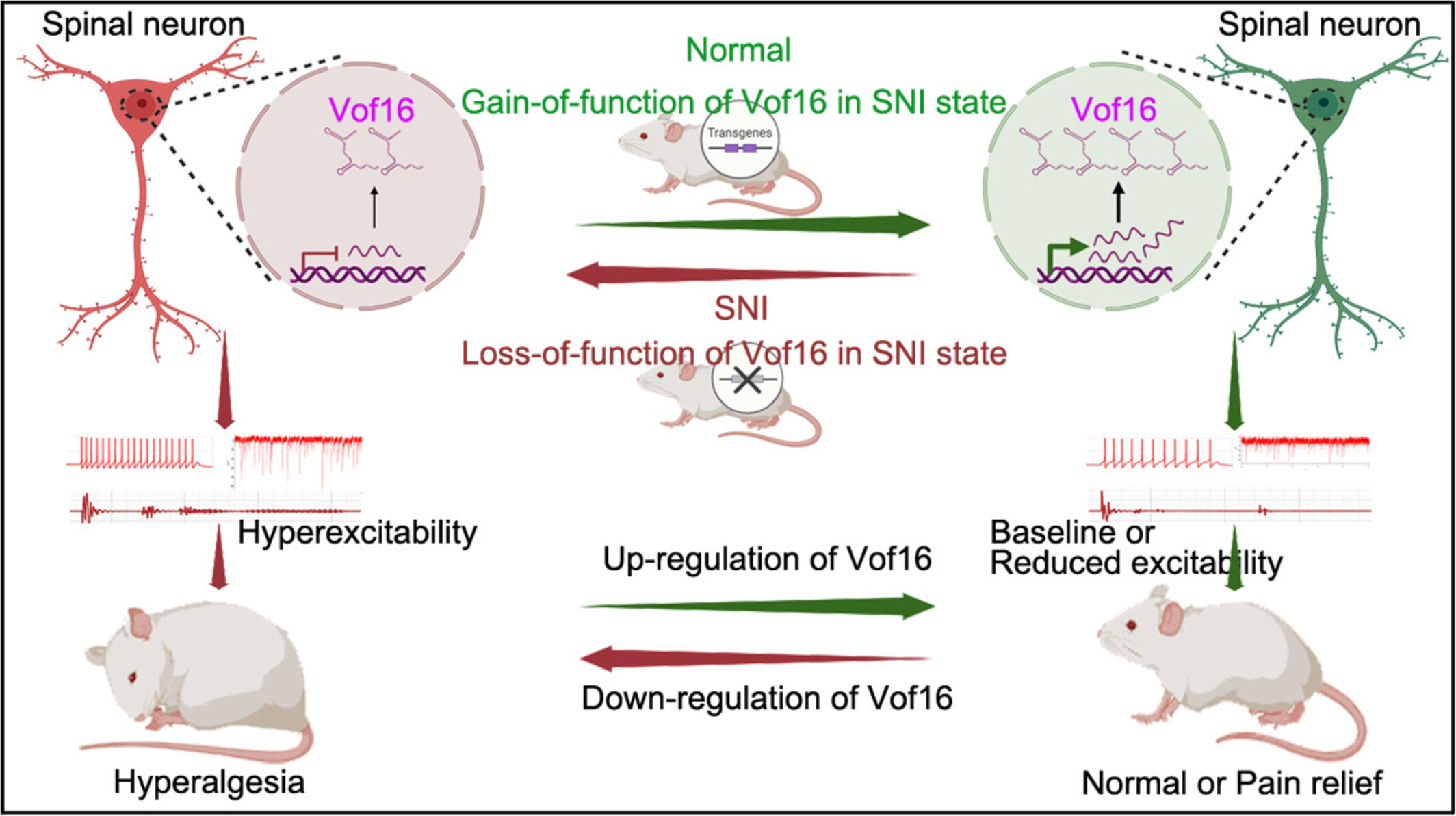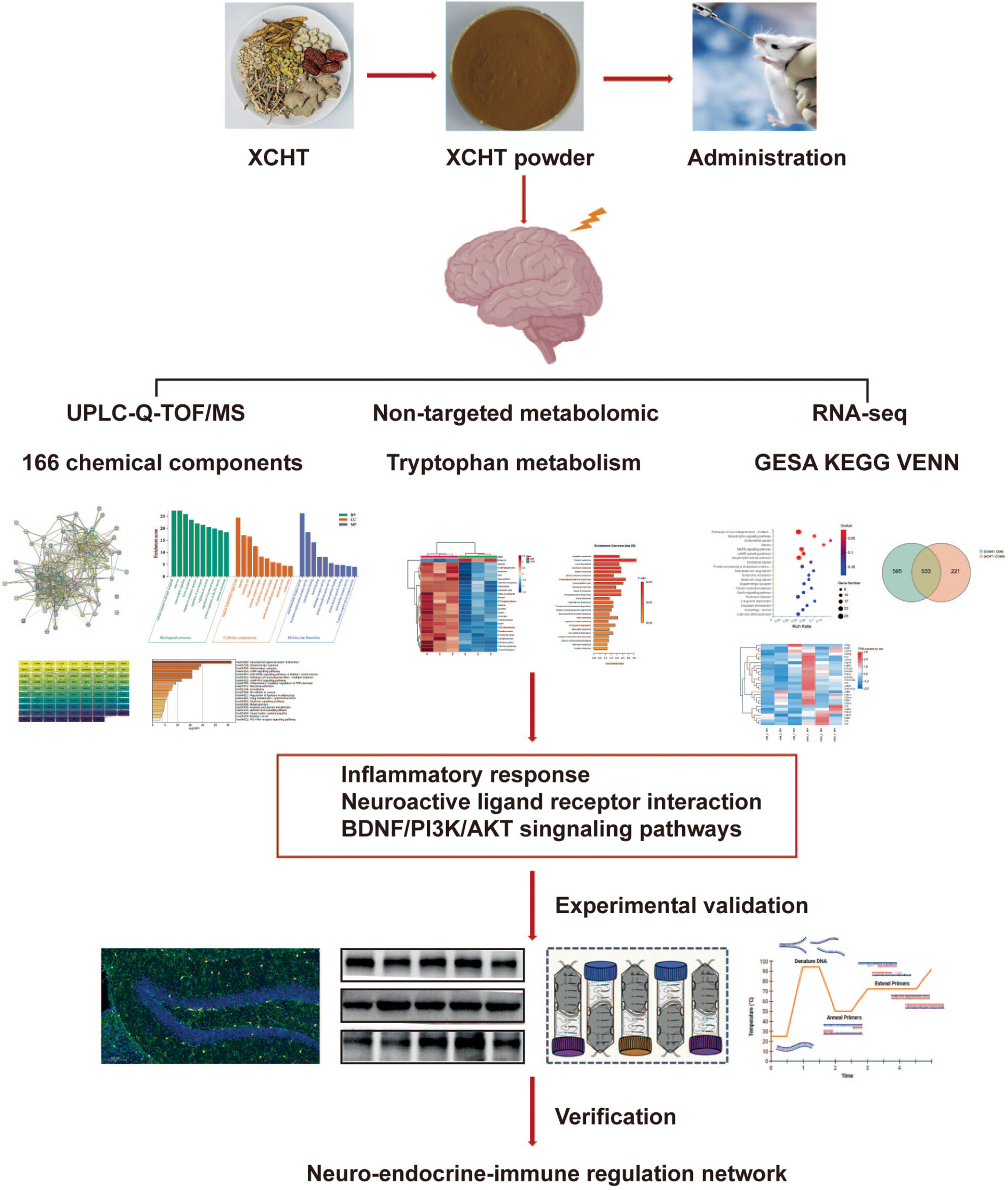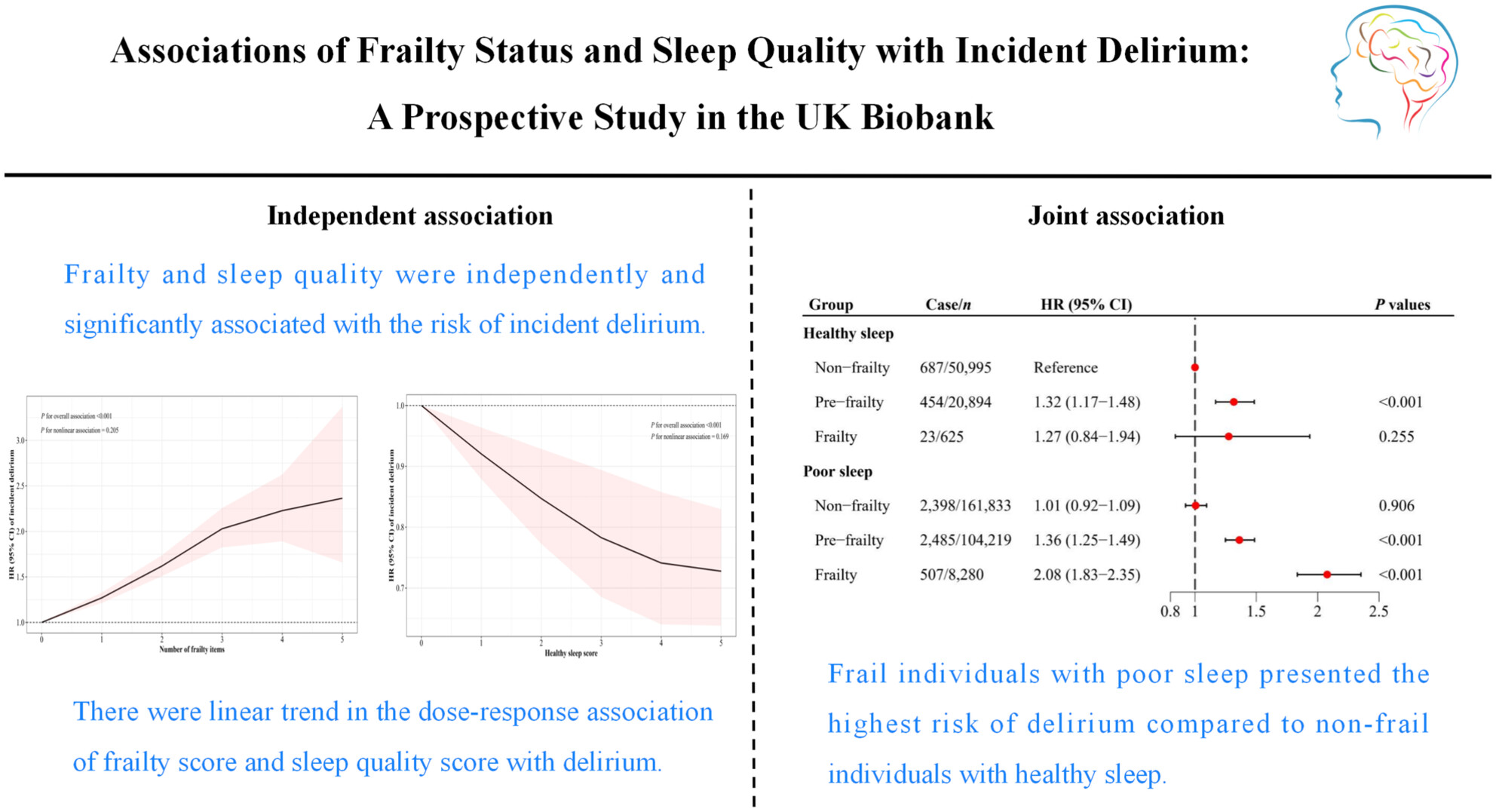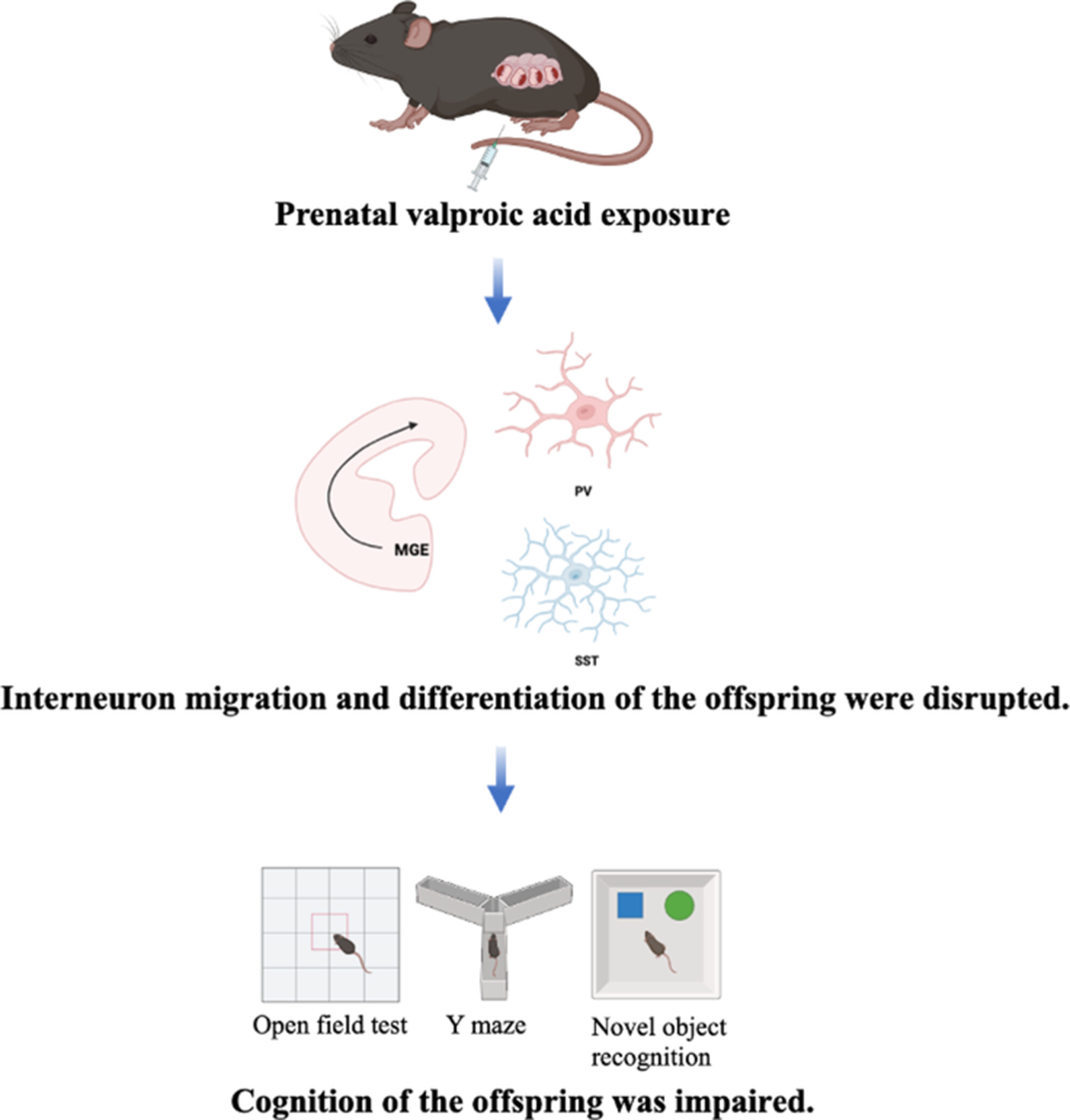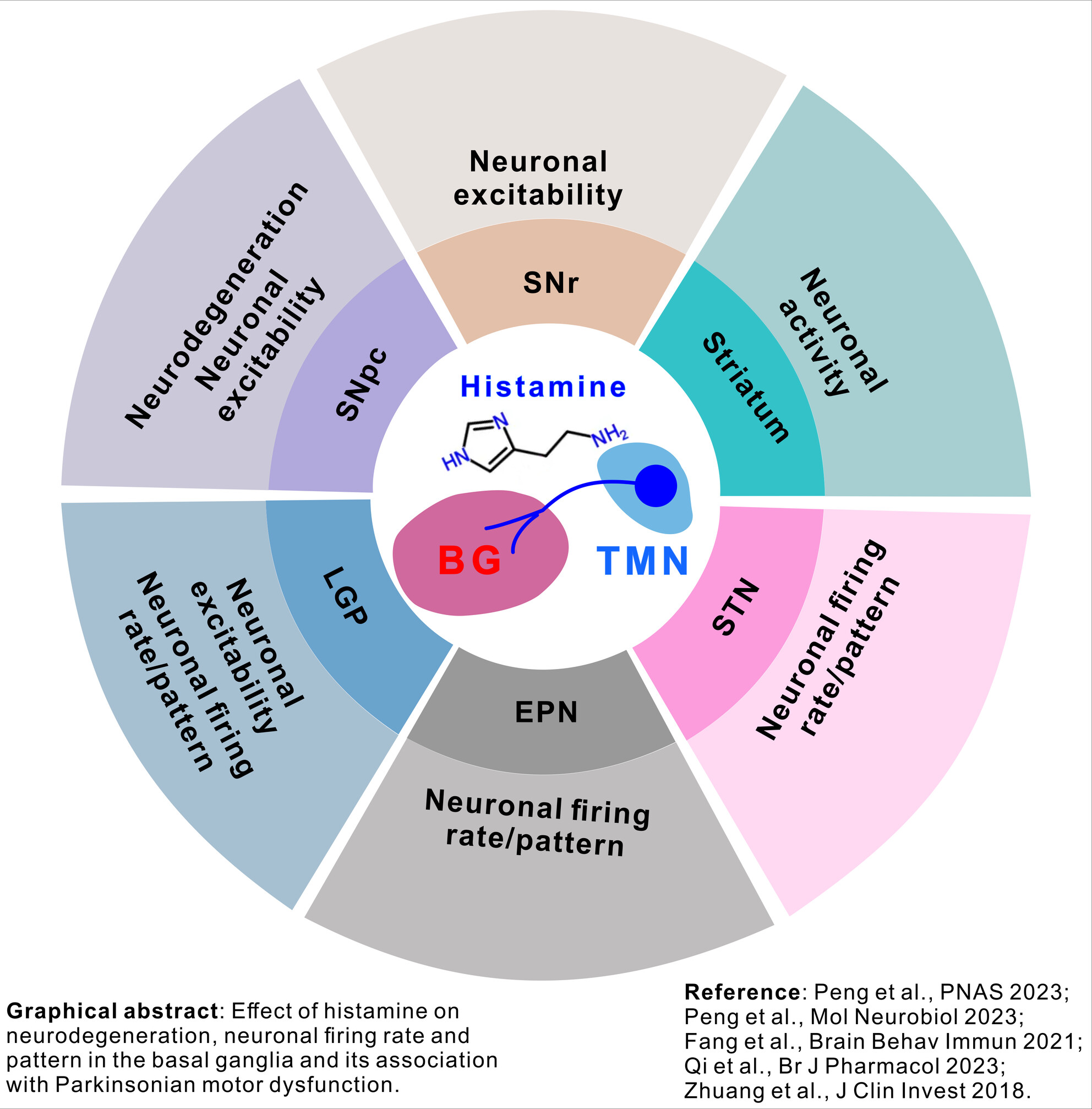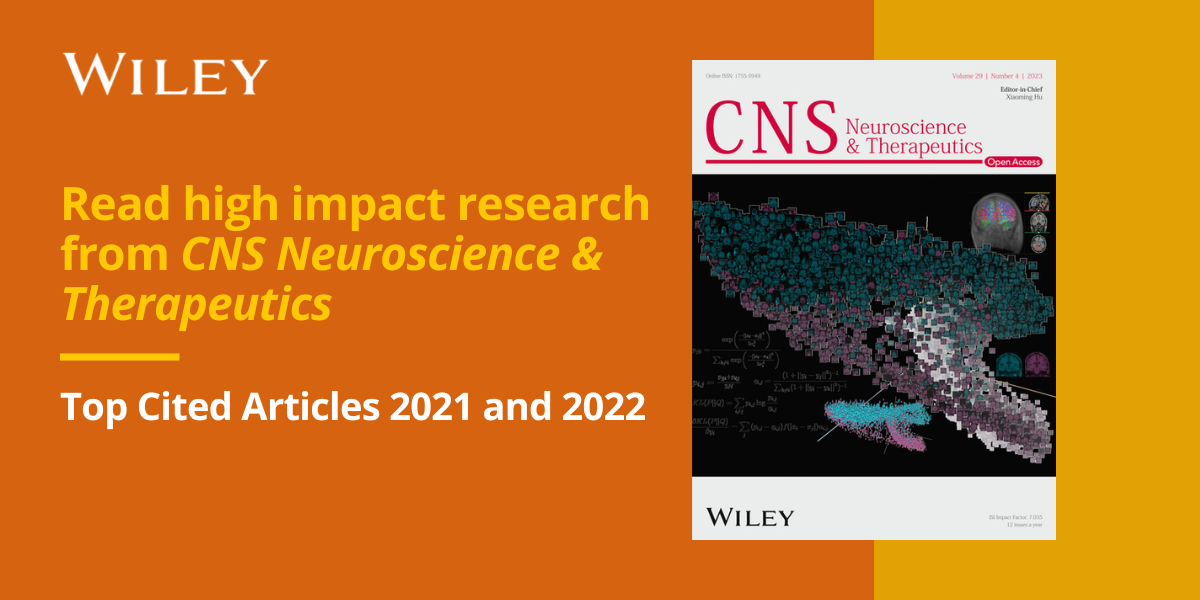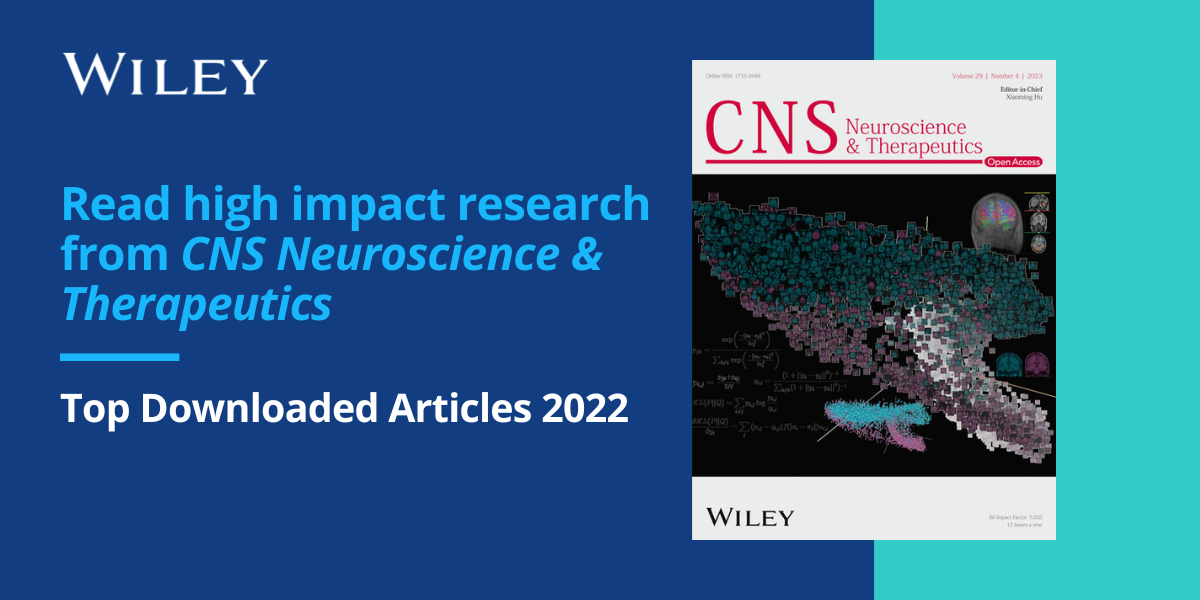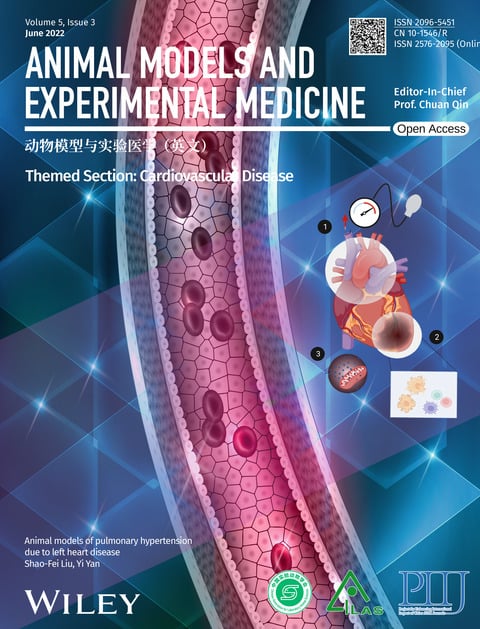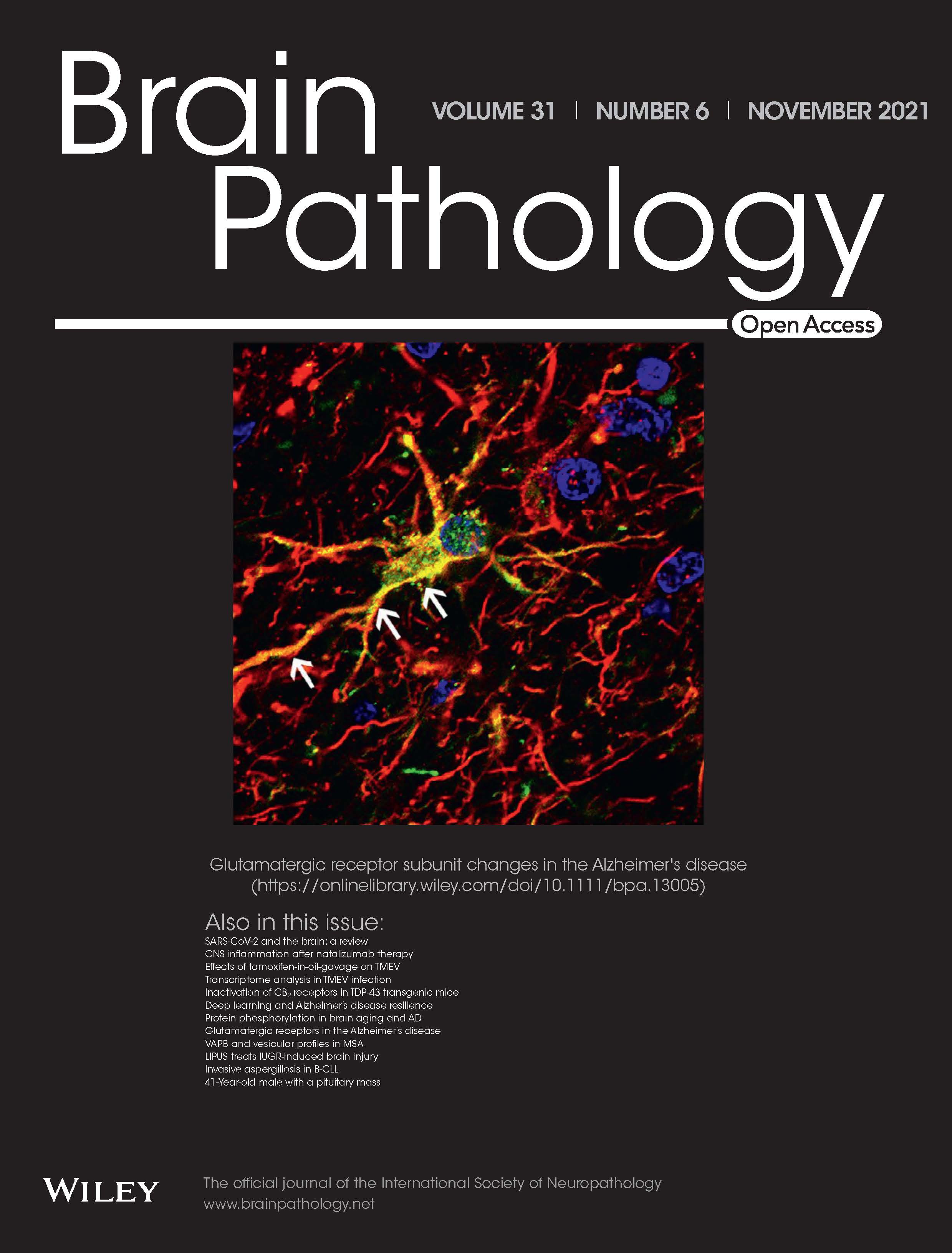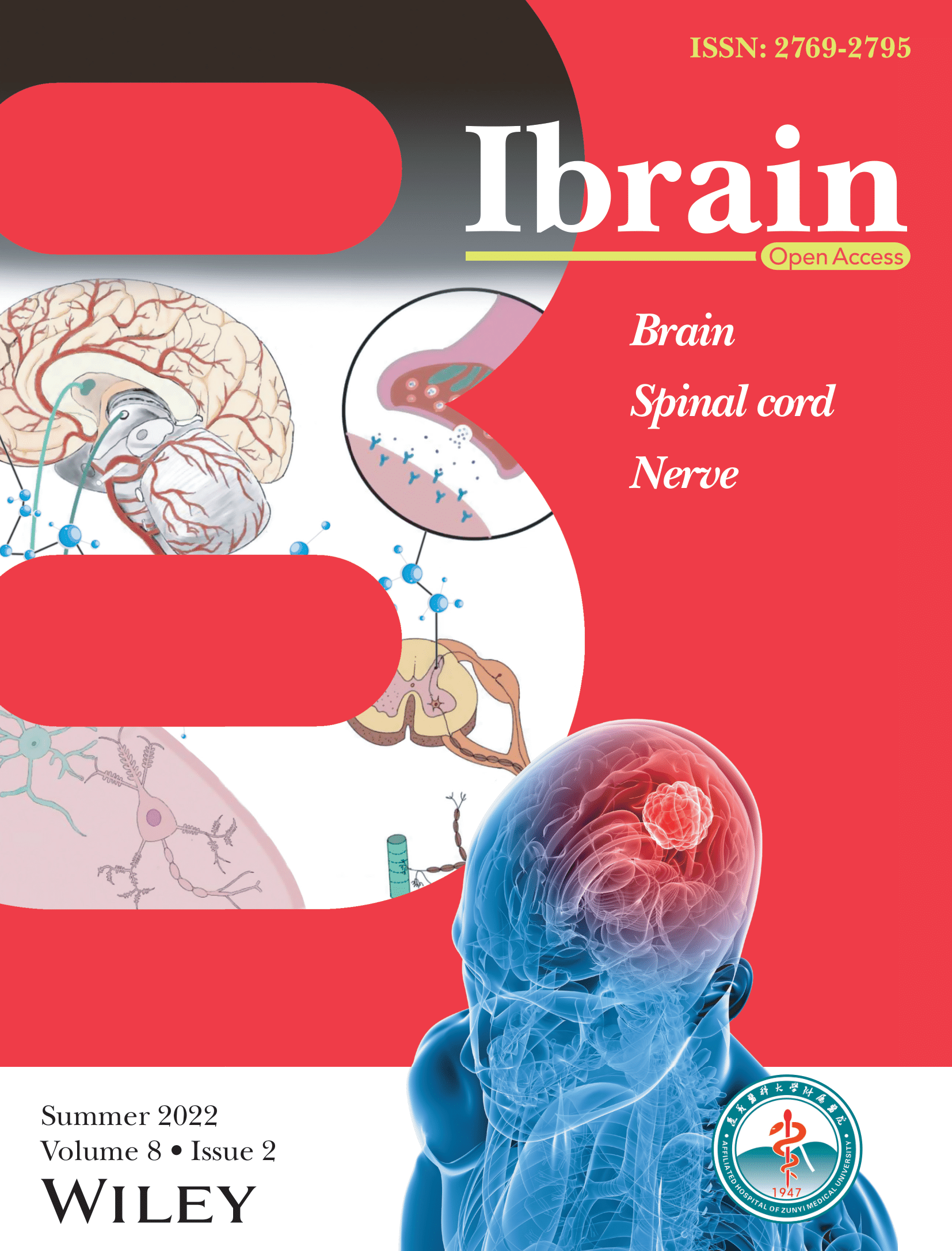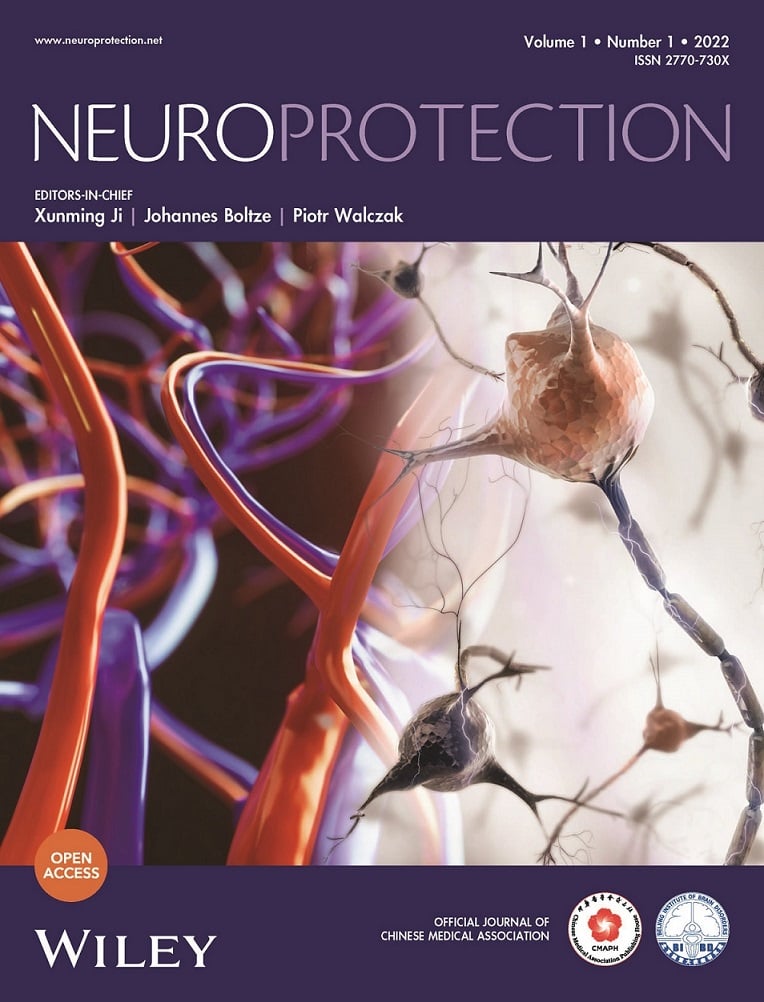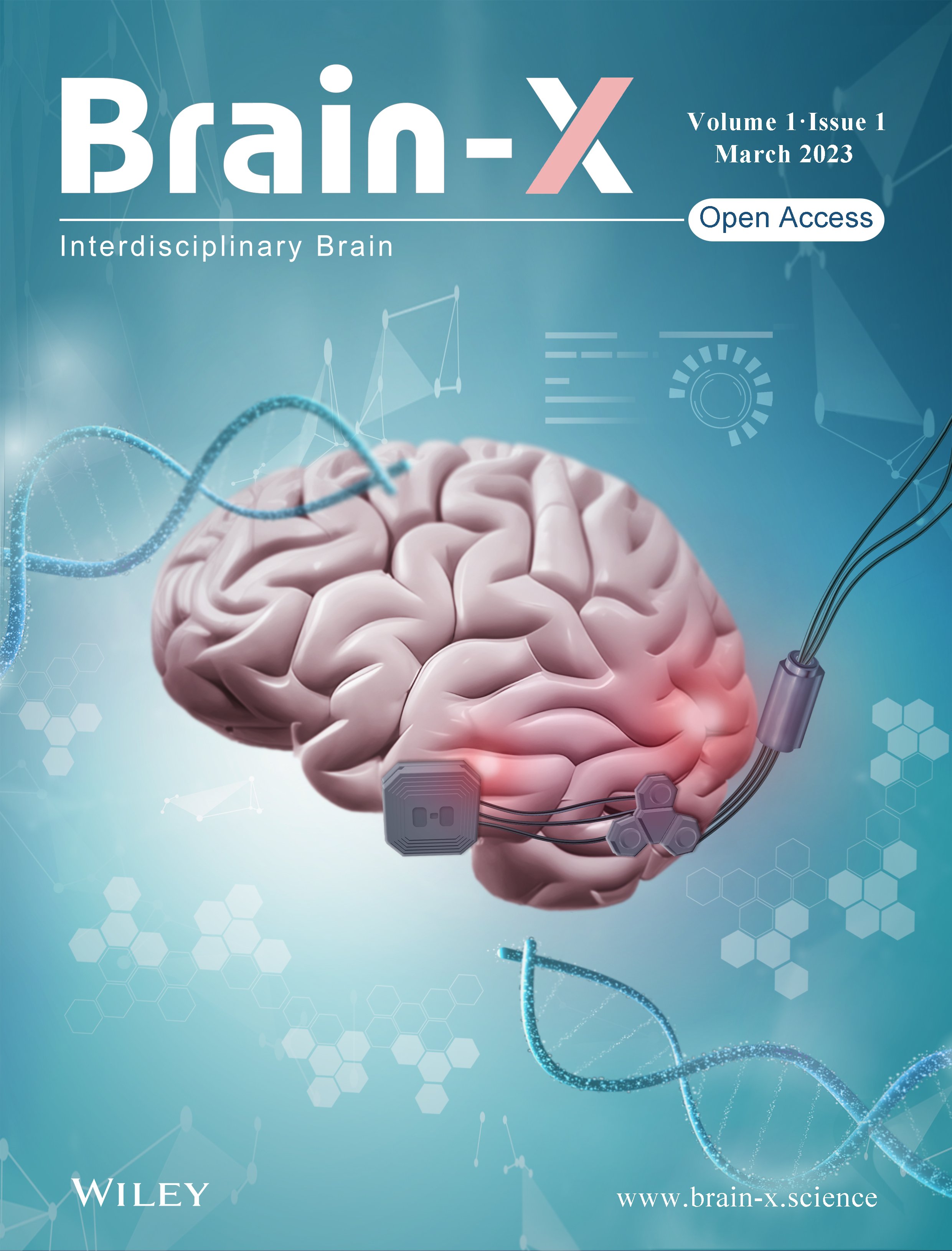Journal list menu
Export Citations
Download PDFs
COVER IMAGE
Front Cover
- First Published: 26 February 2025
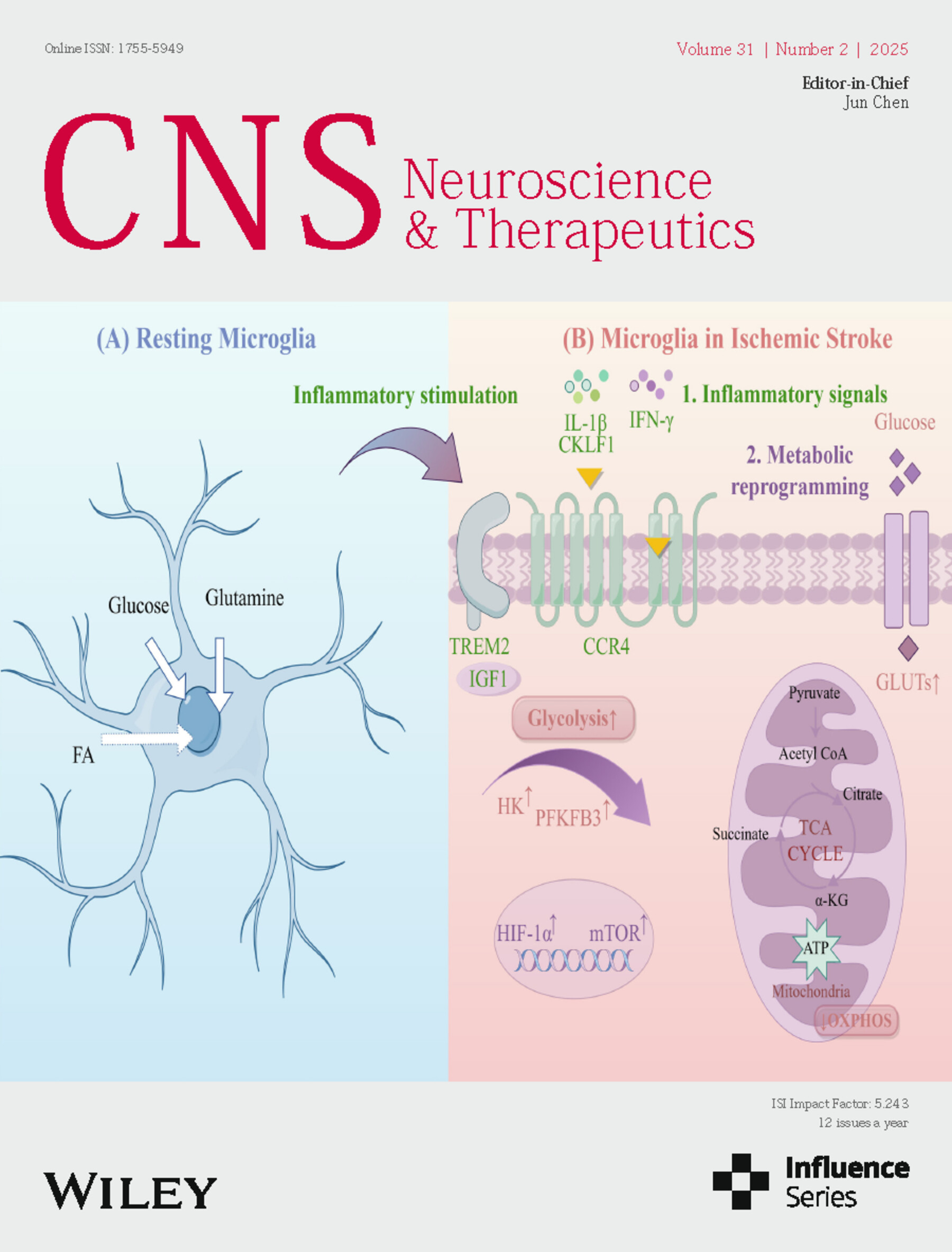
Cover image: The cover image is based on the article Examining the Impact of Microglia on Ischemic Stroke With an Emphasis on the Metabolism of Immune Cells by Xufeng Tao et al., https://doi.org/10.1111/cns.70229.
ISSUE INFORMATION
ORIGINAL ARTICLE
Clinical Features of Glutamic Acid Decarboxylase-65 Neurological Autoimmunity: A Case Series From China
- First Published: 20 February 2025
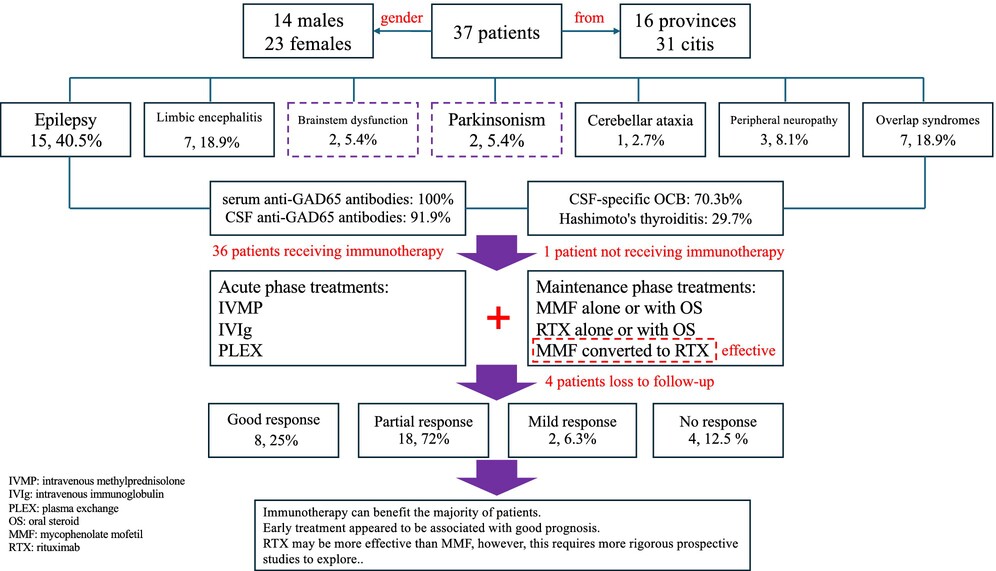
The clinical spectrum of GAD65 autoimmune neurological diseases appeared highly diverse. Immunotherapy can benefit the majority of patients, and early treatment appeared to be associated with good prognosis. RTX may be more effective than MMF; however, this requires more rigorous prospective studies to explore.
LncRNA-MEG3 Mediated Diabetic Cerebral Ischemia–Reperfusion Injury-Induced Apoptosis via Modulating Interaction Between Annexin A2 and Akt in Mitochondria
- First Published: 06 February 2025
Screening and Identification of Brain Pericyte-Selective Markers
- First Published: 06 February 2025
Impaired Glymphatic Function in Acute Spontaneous Intracerebral Hemorrhage
- First Published: 06 February 2025
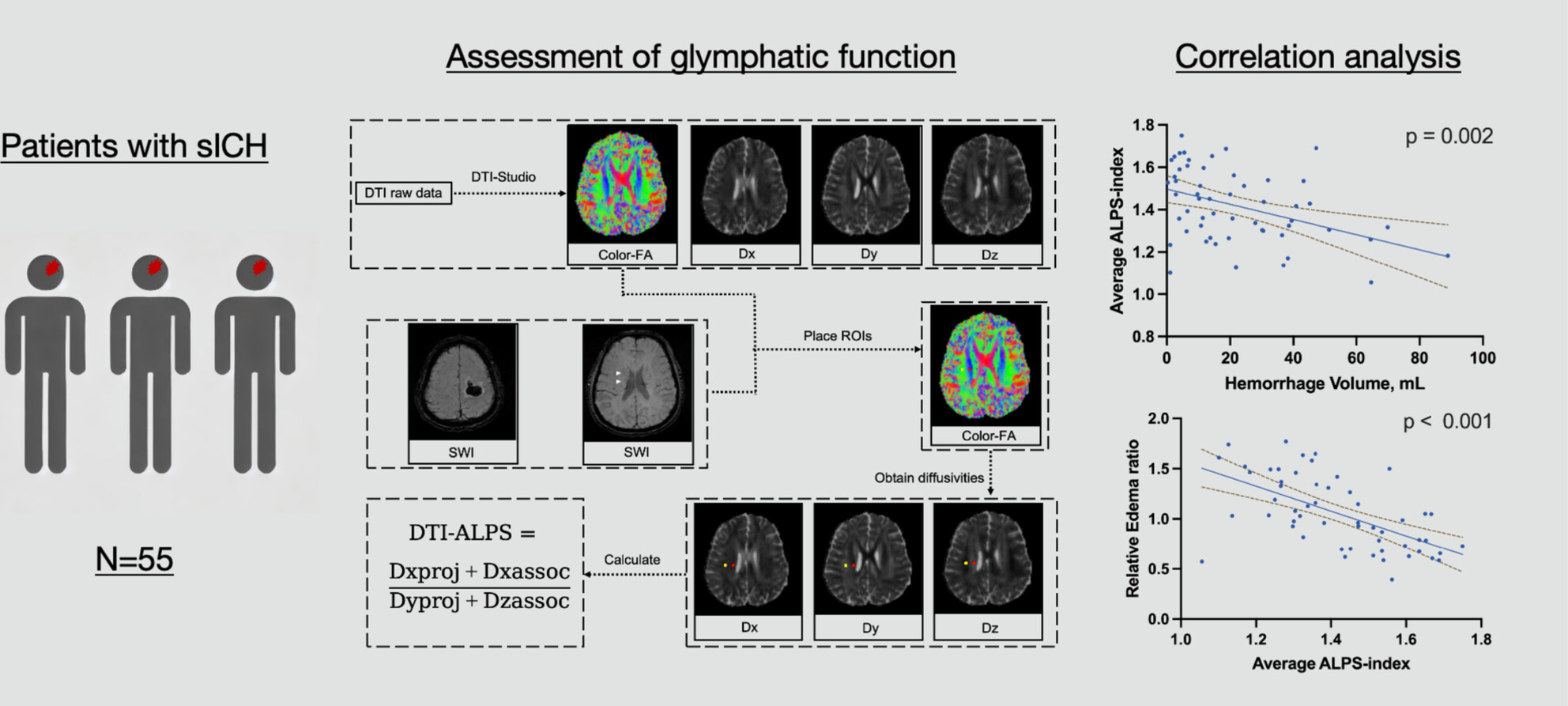
This study demonstrates that the DTI-ALPS index, which reflects glymphatic functionality, is significantly diminished on the ipsilateral side in patients with acute spontaneous intracerebral hemorrhage. Lower DTI-ALPS values are associated with increased volumes of hemorrhage and edema as well as poor clinical outcomes at 90 days.
Study on the Mechanisms of Ischemic Stroke Impacting Sleep Homeostasis and Circadian Rhythms in Rats
- First Published: 17 February 2025
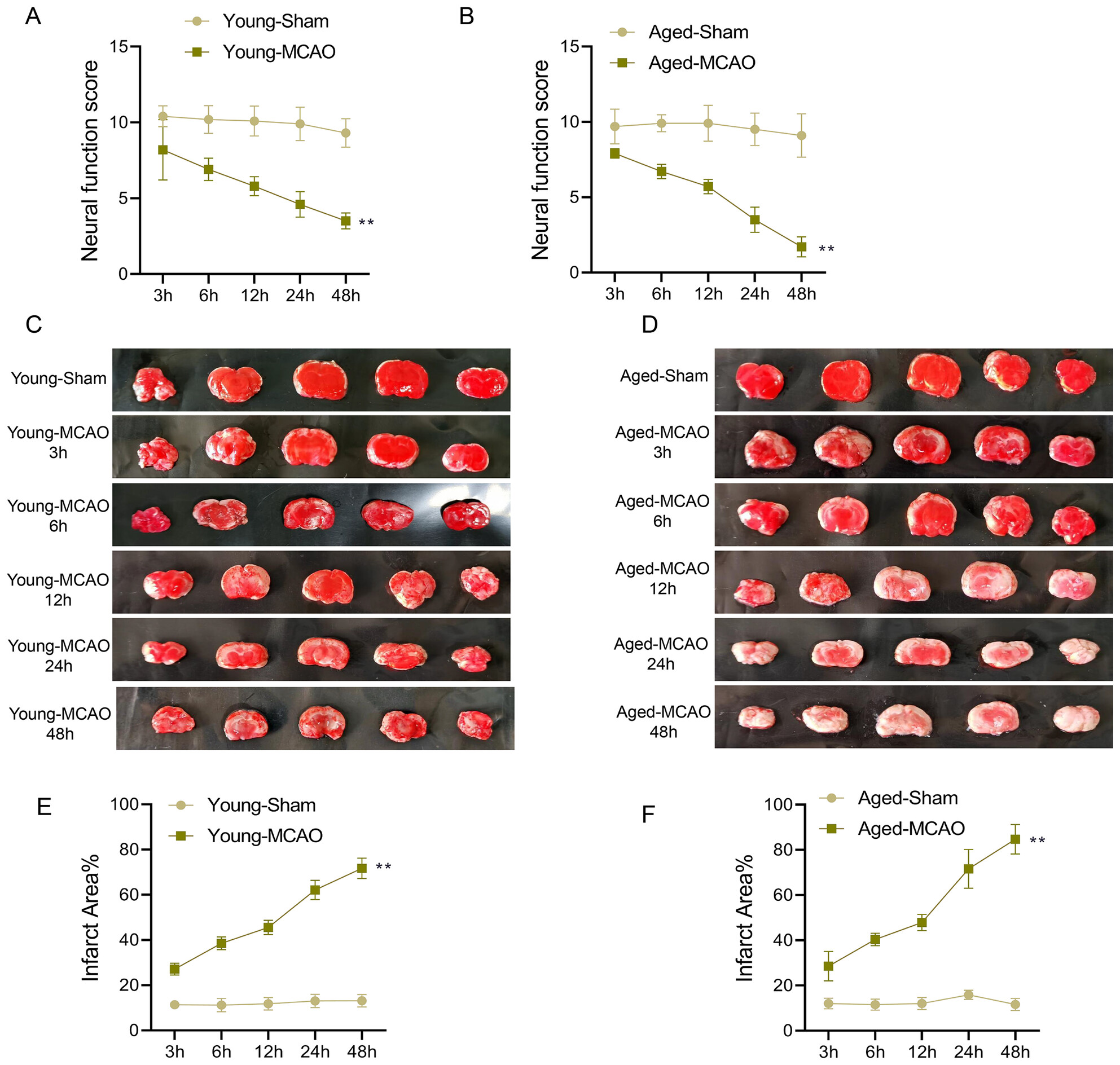
This research disclosed that ischemic stroke caused sensory motor deficits and different degrees of brain tissue damage in both young and aged rats, accompanied by disturbances in melatonin secretion, elevated cortisol levels, and disruptions in the sleep-awakening cycle and the expression of circadian rhythm-related genes Per1 and Cry1. In the future, further exploration of these issues and mechanisms will be conducted, thereby providing treatment ideas for related diseases.
Identification of Depression Subtypes in Parkinson's Disease Patients via Structural MRI Whole-Brain Radiomics: An Unsupervised Machine Learning Study
- First Published: 06 February 2025
META-ANALYSIS
Neural Activity Alterations and Their Association With Neurotransmitter and Genetic Profiles in Schizophrenia: Evidence From Clinical Patients and Unaffected Relatives
- First Published: 09 February 2025
REVIEW
Advances in the Study of Necroptosis in Vascular Dementia: Focus on Blood–Brain Barrier and Neuroinflammation
- First Published: 06 February 2025
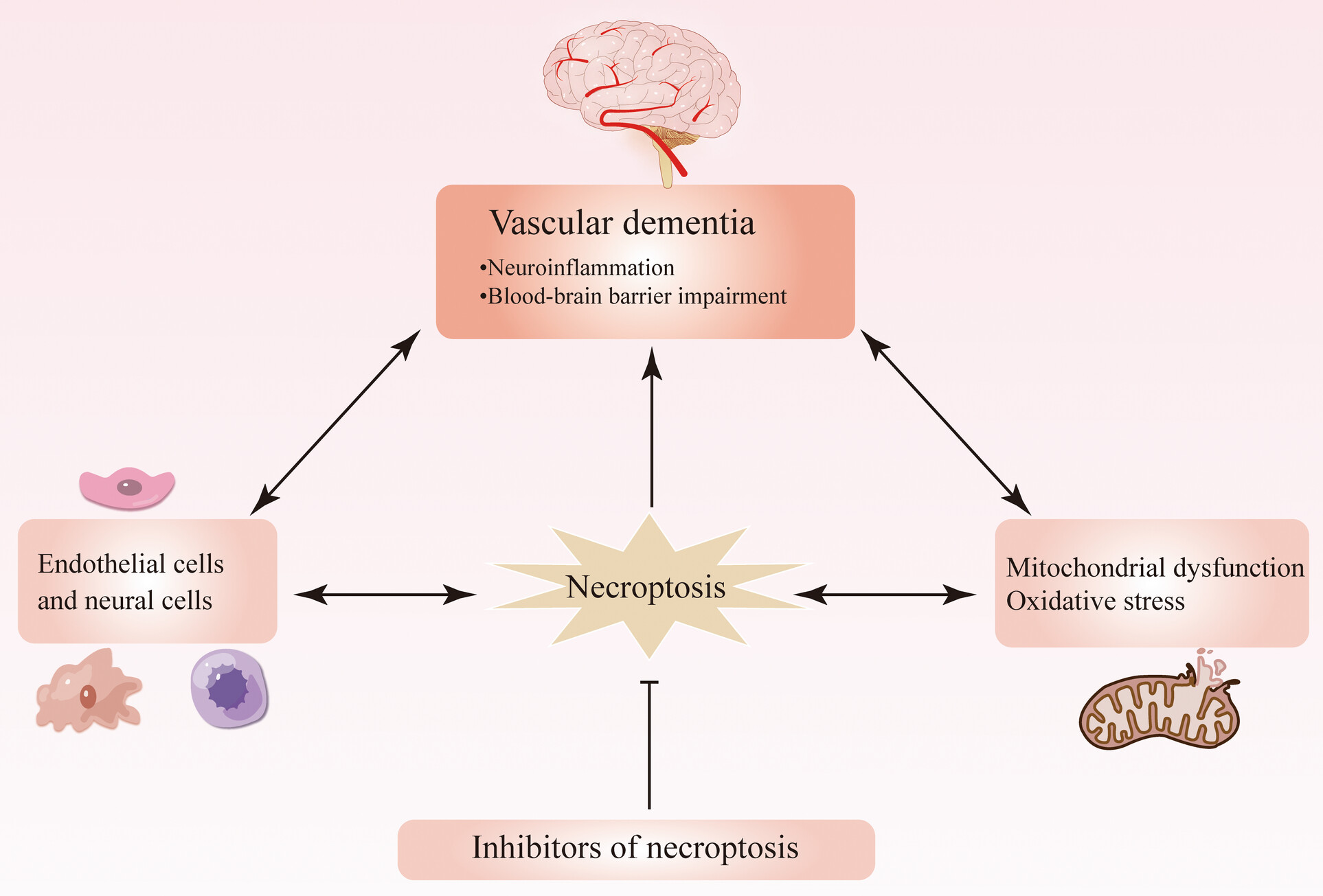
Neuroinflammation and blood–brain barrier disruption play key roles in the progression of vascular dementia, and necroptosis is closely associated with vascular dementia. This review guides the prevention and treatment of vascular dementia by discussing the tumor necrosis factor-α signaling pathway, destruction of endothelial cells, glial cells, and oxidative stress and mitochondrial dysfunction in the presence of necroptosis. Inhibition of necroptosis may be useful in the treatment of vascular dementia to unfold a new world.
ORIGINAL ARTICLE
Comparing the Risk of Epilepsy in Patients With Simple Congenital Heart Diseases: A Prospective Cohort Study
- First Published: 07 February 2025
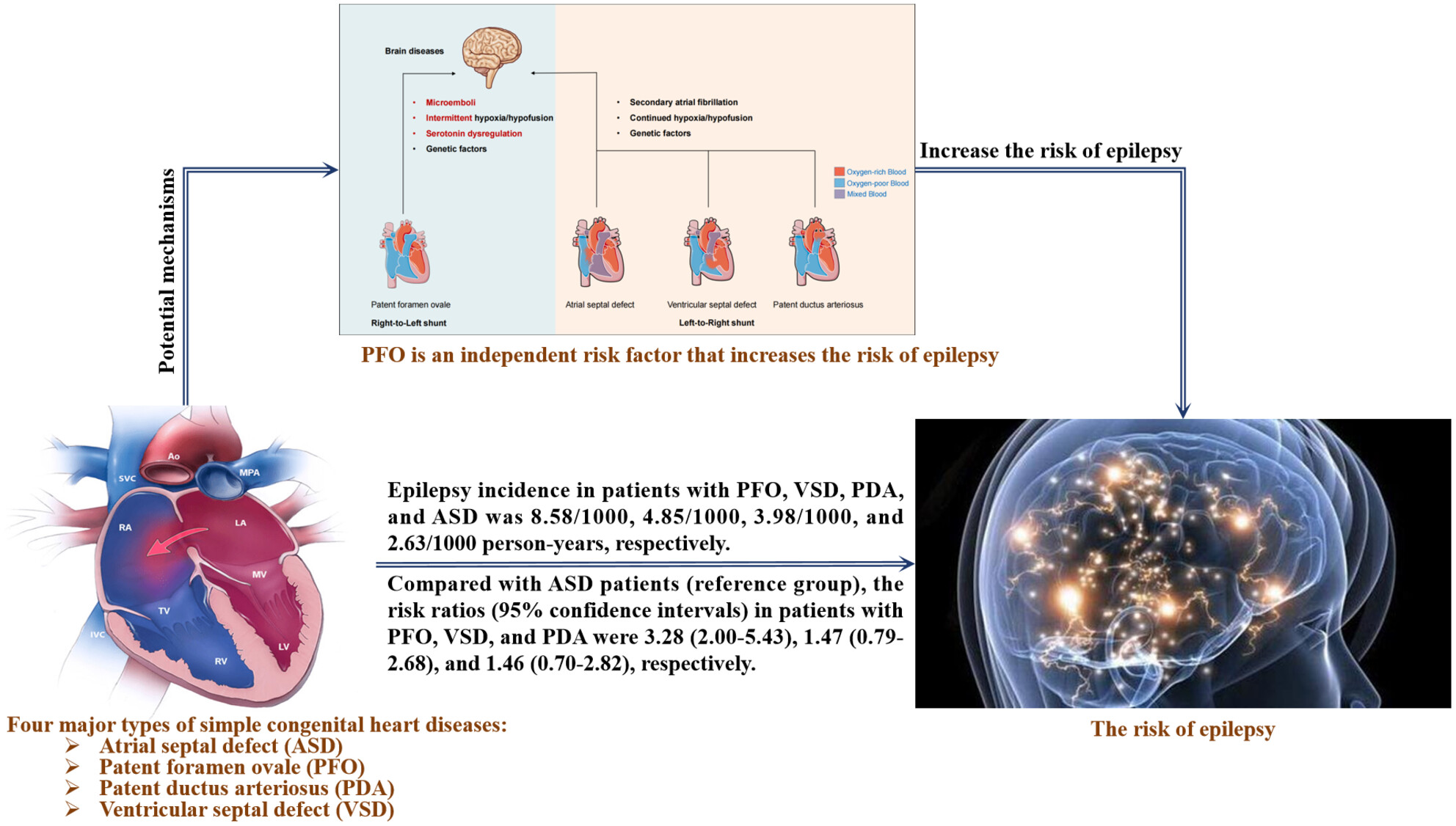
Different types of simple congenital heart diseases showed significantly different risks of epilepsy. Patients with patent foramen ovale had a significantly higher risk of epilepsy than those with other simple congenital heart disease types. Patients who underwent surgery for congenital heart disease had a lower risk of epilepsy than those who did not. PFO closure may have a significant effect on reducing the risk of epilepsy.
NFAT1 Signaling Contributes to Bone Cancer Pain by Regulating IL-18 Expression in Spinal Microglia
- First Published: 17 February 2025
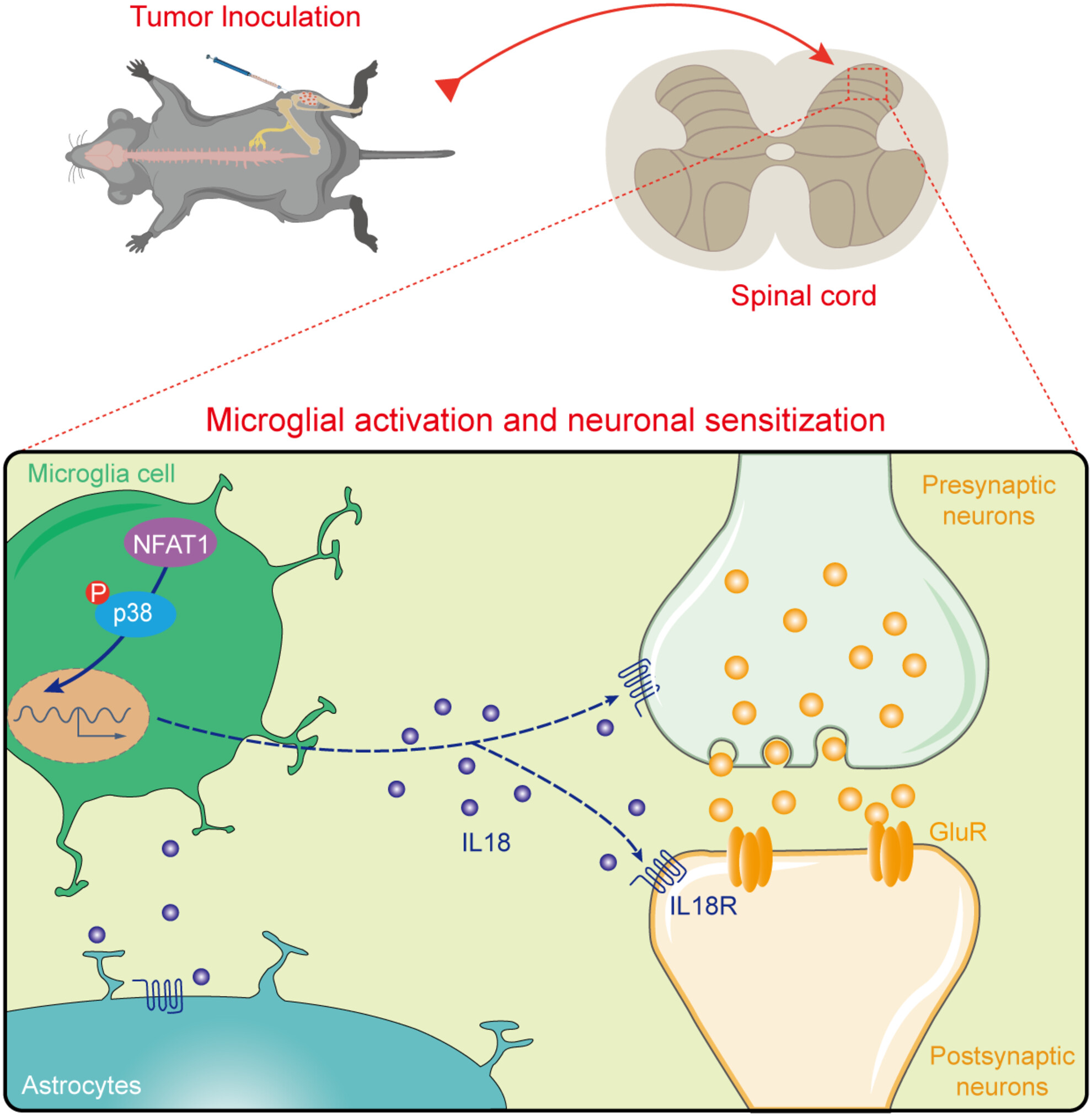
Schematic illustration of glia–neuron interactions in the spinal cord dorsal horn in bone cancer pain. NFAT1 is upregulated in spinal microglia in Lewis lung carcinoma-induced bone cancer pain. Upon activation, microglia synthesize and release IL-18 through p38 MAPK phosphorylation, leading to enhanced activation of the NMDA receptor and the subsequent Ca2+−dependent signaling in the dorsal horn.
H4K12 Lactylation Activated-Spp1 in Reprogrammed Microglia Improves Functional Recovery After Spinal Cord Injury
- First Published: 12 February 2025
Astaxanthin Inhibits Ferroptosis of Hippocampal Neurons in Kainic Acid-Induced Epileptic Mice by Activating the Nrf2/GPX4 Signaling Pathway
- First Published: 17 February 2025
miR-448-3p/miR-1264-3p Participates in Intermittent Hypoxic Response in Hippocampus by Regulating Fam76b/hnRNPA2B1
- First Published: 06 February 2025
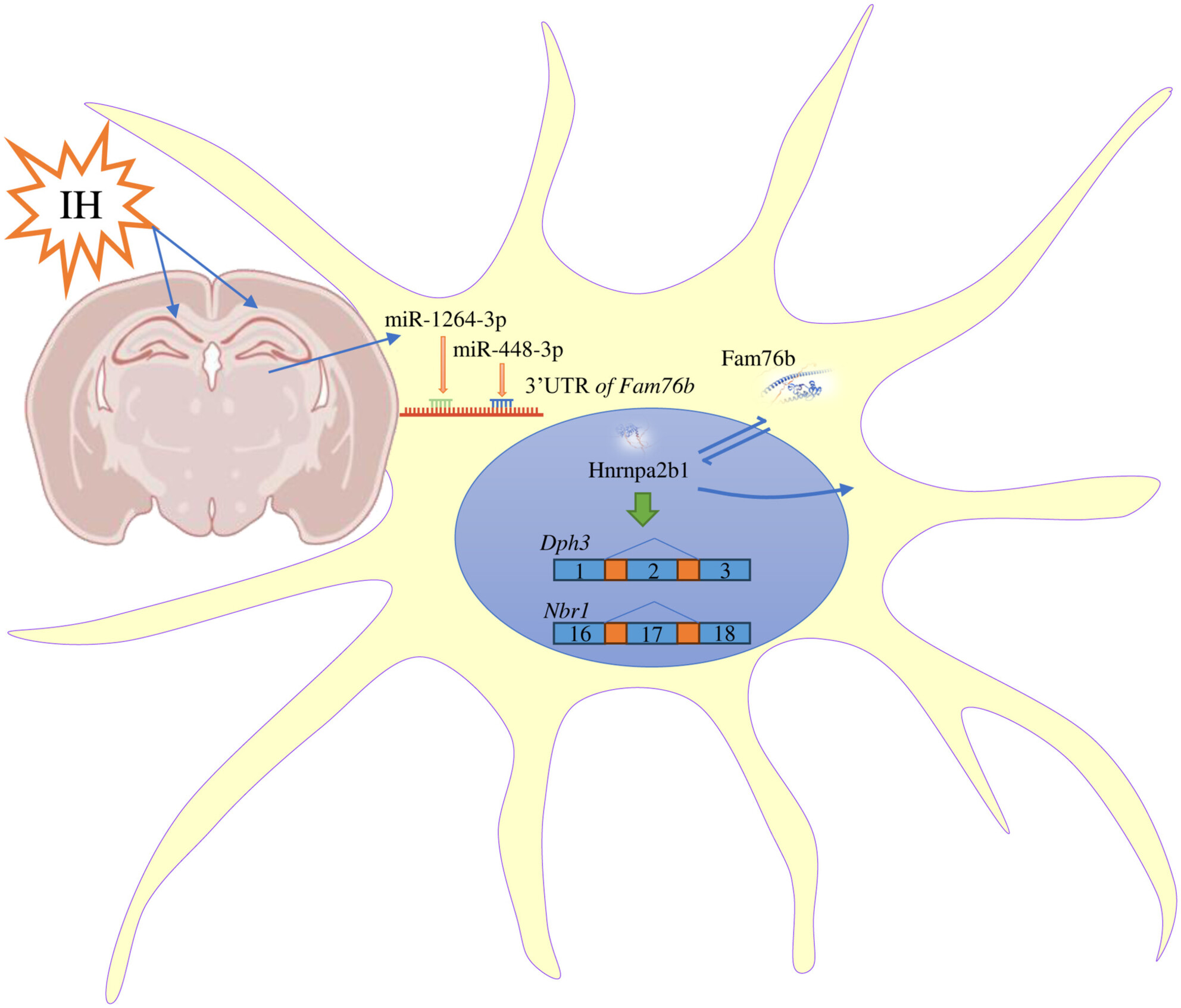
In the mouse hippocampus, intermittent hypoxia altered the expression of many miRNAs, including miR-448-3p and miR-1264-3p. miR-448-3p and miR-1264-3p could influence the localization of hnRNPA2B1 by regulating the target gene Fam76b. As a splicing factor, hnRNPA2B1 may be involved in the response to intermittent hypoxia by regulating the ratio of Nbr1 and Dph3 transcripts.
Electrophysiological Alterations in the Progression of Parkinson's Disease and the Therapeutic Effect of Tetrabenazine on Rats With Levodopa-Induced Dyskinesia
- First Published: 06 February 2025
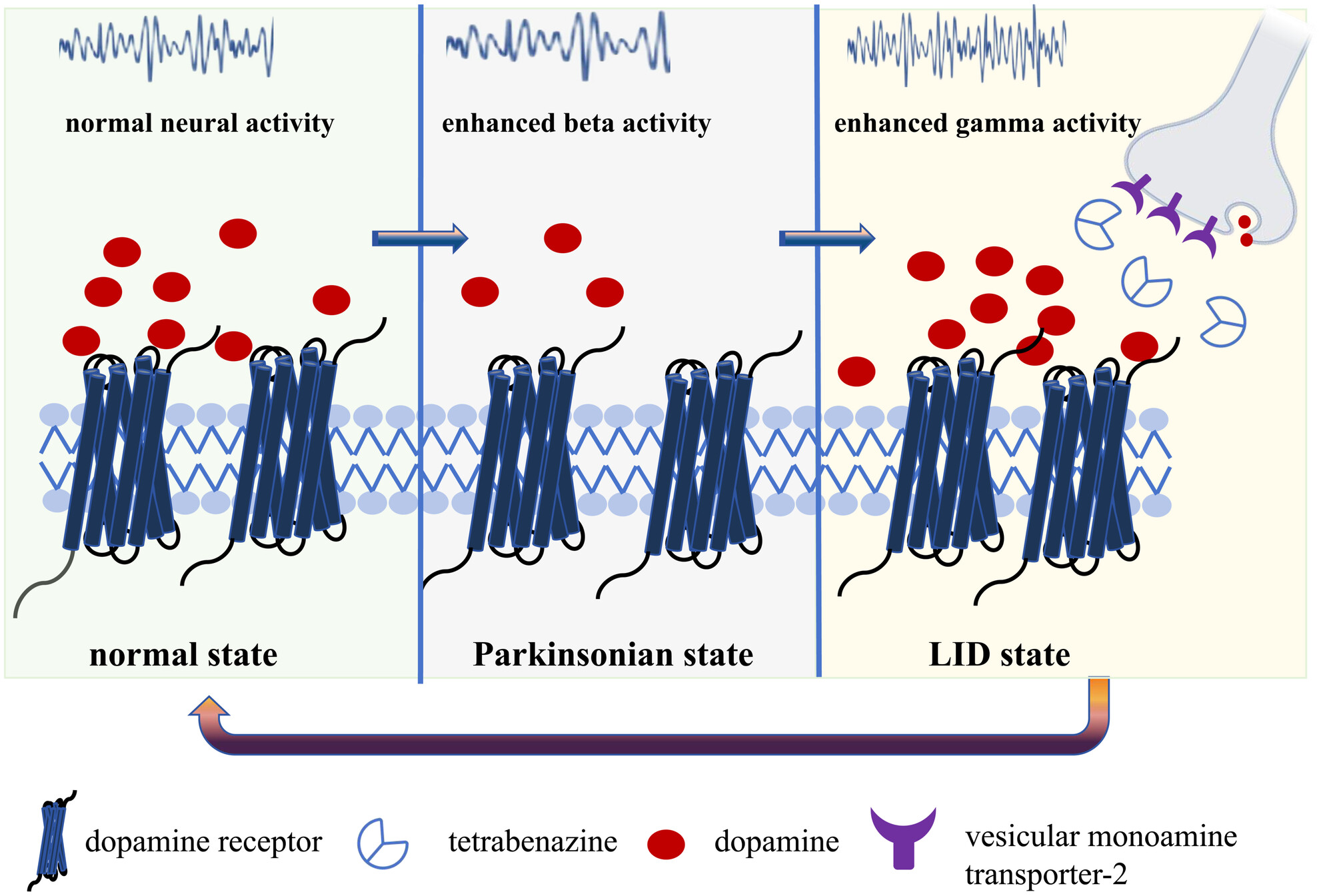
The distinct neural electrophysiological patterns in the PD and LID states. The abnormal functional connectivity and information flow direction in PD state. The cumulative effects of chronic l-dopa administration on functional connectivity and information flow direction in LID states. The potential mechanism of tetrabenazine's amelioration of dyskinesia at the electrophysiological level in rats.
A Novel Missense Variant in SORBS2 Is Causative With Familial Alzheimer's Disease
- First Published: 06 February 2025
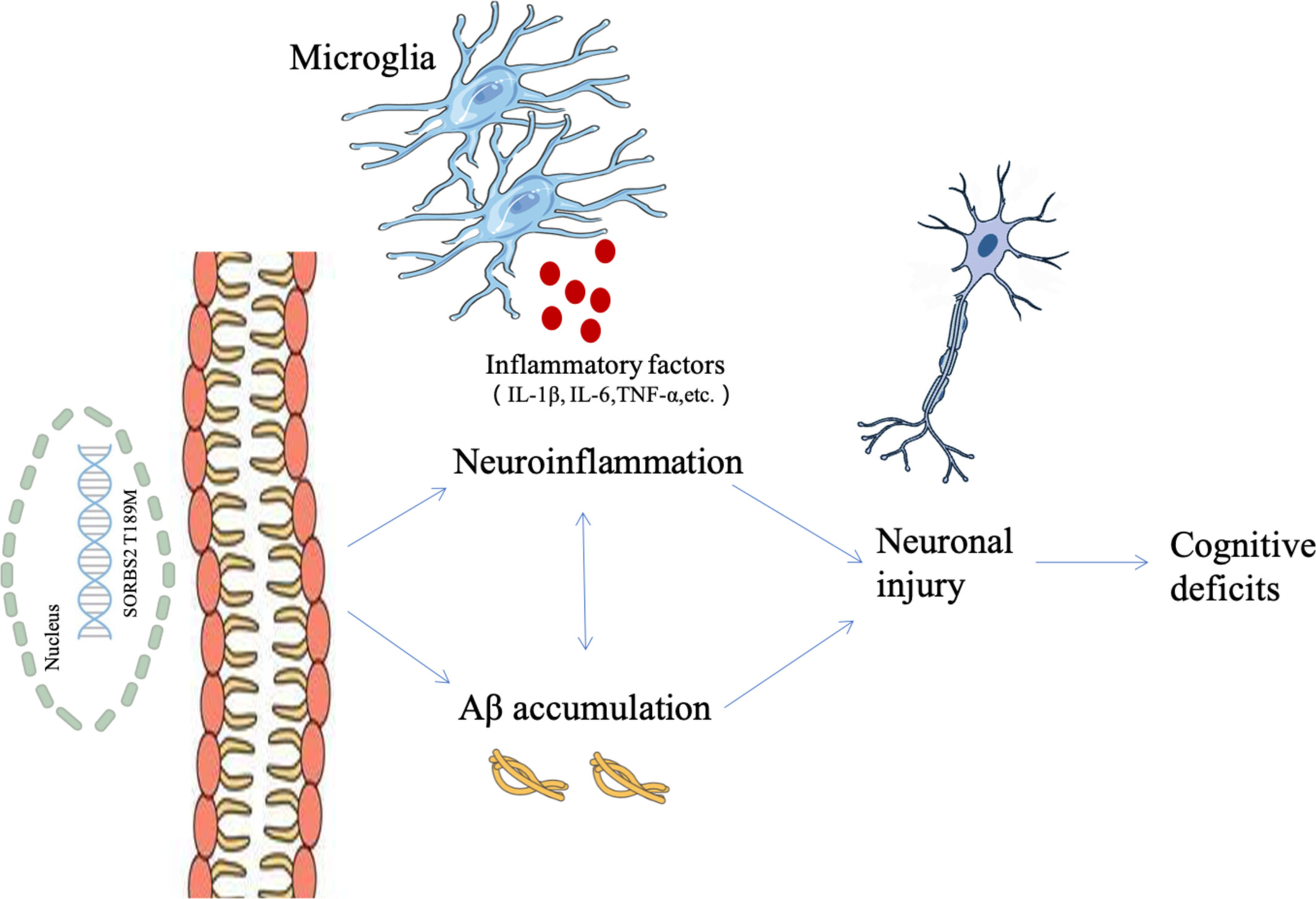
A SORBS2 gene variant (c.566C>T, p.T189M) was identified in an EOAD family. Overexpression of SORBS2 T189M variant in a murine model activated microglia, up-regulated inflammatory cytokines, induced neuroinflammation, exacerbated Aβ accumulation, accelerated neurodegeneration, and ultimately led to cognitive impairment. These results suggest that SORBS2 T189M variant is pathogenic in AD.
REVIEW
Sirtuin1 in Spinal Cord Injury: Regulatory Mechanisms, Microenvironment Remodeling and Therapeutic Potential
- First Published: 06 February 2025
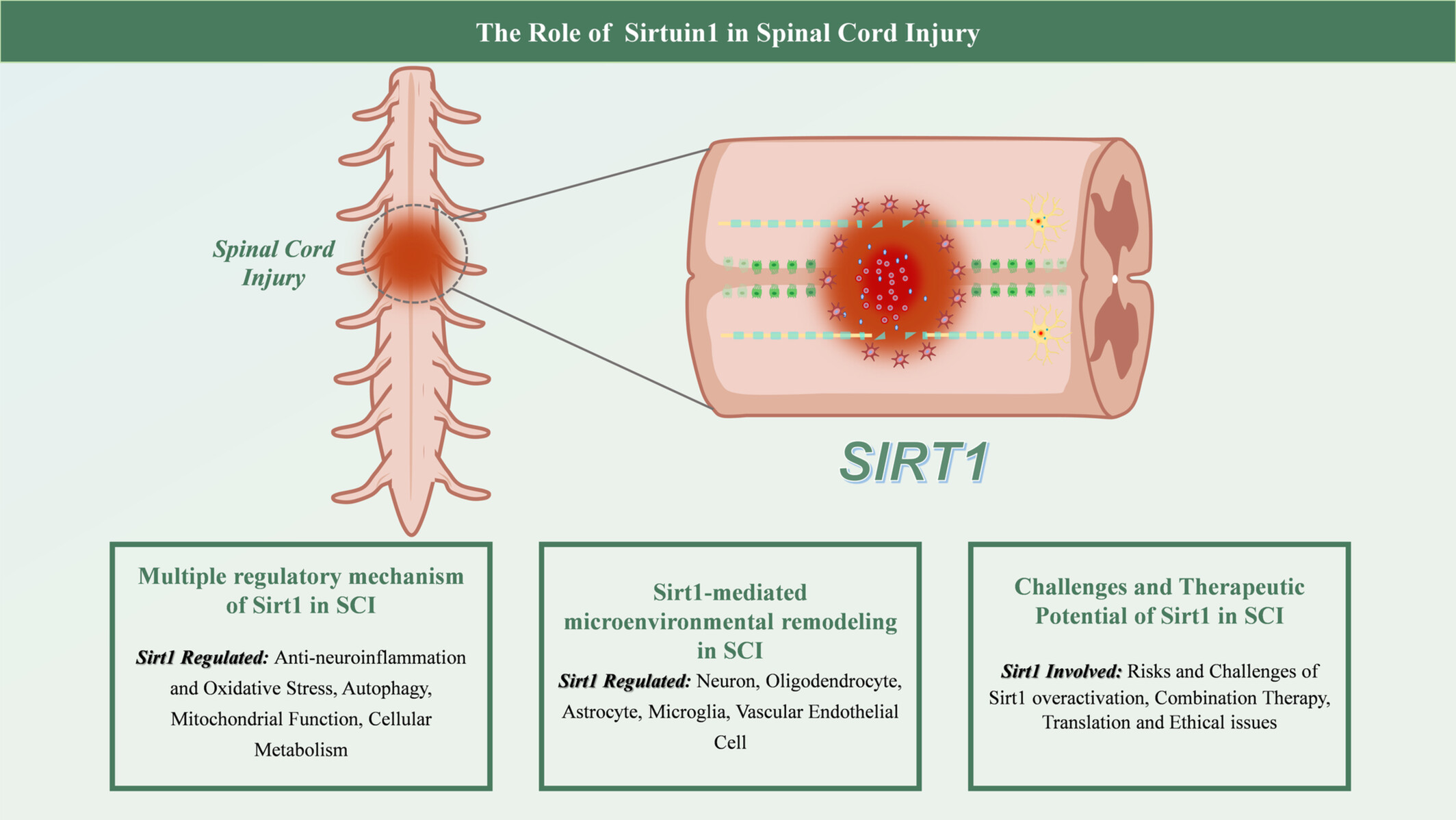
Sirtuin 1 (Sirt1), a key NAD+-dependent deacetylase, has become a leading therapeutic target for spinal cord injury (SCI) repair due to its regulation of multiple pathological processes, including inflammation, oxidative stress, and cell death. Sirt1 not only protects and regenerates neurons but also modulates astrocytes, microglia, oligodendrocytes, and vascular endothelial cells to optimize the SCI microenvironment. However, its regulatory mechanisms are intricate, varying based on activation timing, expression levels, and cell types.
ORIGINAL ARTICLE
Hybrid PET/MRI Imaging of 18F-Fluorodeoxyglucose and 18-kDa Translocator Protein for Presurgical Localization in Refractory Epilepsy
- First Published: 06 February 2025
Berberine Alleviates Kainic Acid-Induced Acute Epileptic Seizures in Mice via Reshaping Gut Microbiota-Associated Lipid Metabolism
- First Published: 06 February 2025
Caloric Restriction Preserves BBB Integrity After Transient Focal Cerebral Ischemia Through Reducing Neutrophil Infiltration
- First Published: 06 February 2025
Association of Left Ventricular Function With Cerebral Small Vessel Disease in a Community-Based Population
- First Published: 20 February 2025
Discovery of Novel Pain Regulators Through Integration of Cross-Species High-Throughput Data
- First Published: 09 February 2025
REVIEW
Understanding Drug Interactions in Antiplatelet Therapy for Atherosclerotic Vascular Disease: A Systematic Review
- First Published: 09 February 2025
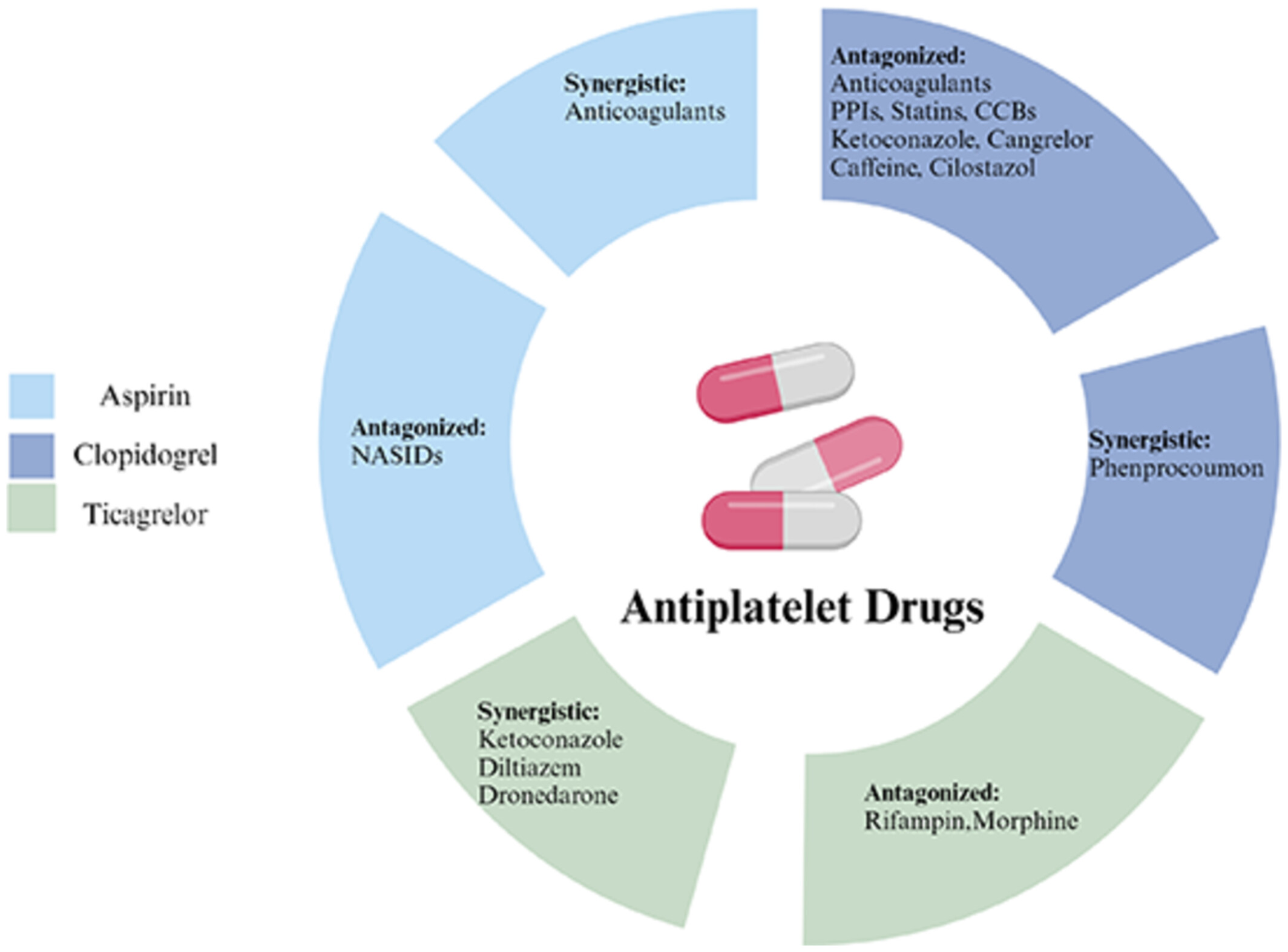
Antiplatelet drugs are essential for treating atherosclerotic vascular disease (ASVD), but drug interactions can lead to resistance and affect therapeutic efficacy. Due to the complexity of treatments in ASVD patients, understanding these interactions is critical for optimizing therapy and reducing adverse effects. This article examines the clinical implications of these interactions and highlights potential research directions for individualized antiplatelet strategies.
ORIGINAL ARTICLE
Low-Frequency Stimulation at the Ventromedial Hypothalamus Exhibits Broad-Spectrum Efficacy Across Models of Epilepsy
- First Published: 09 February 2025
REVIEW
Neuronal Ceroid Lipofuscinosis—Concepts, Classification, and Avenues for Therapy
- First Published: 09 February 2025
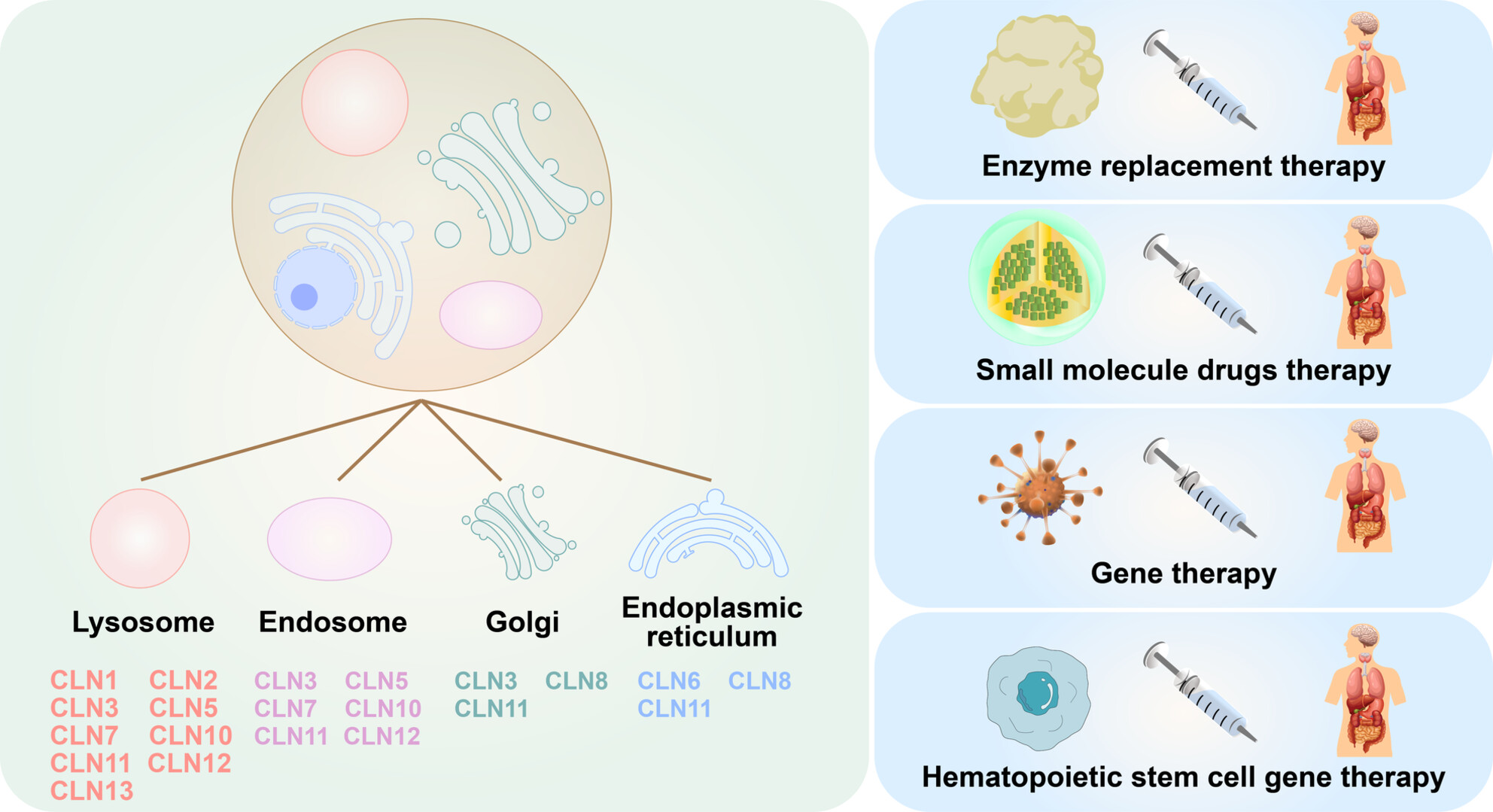
This review comprehensively examined the pathogenic genes associated with various NCL subtypes, elucidating their roles, clinical presentations, corresponding mouse models, and the advances in clinical study of potential therapeutics. In particular, we clarified the potential of novel microglial cell replacement therapies in NCLs, providing hope for slowing or halting disease progression.
ORIGINAL ARTICLE
Fecal Microbiota Transplantation Improves Cognitive Function of a Mouse Model of Alzheimer's Disease
- First Published: 17 February 2025
REVIEW
Neurodevelopmental Implications Underpinning Hereditary Spastic Paraplegia
- First Published: 11 February 2025
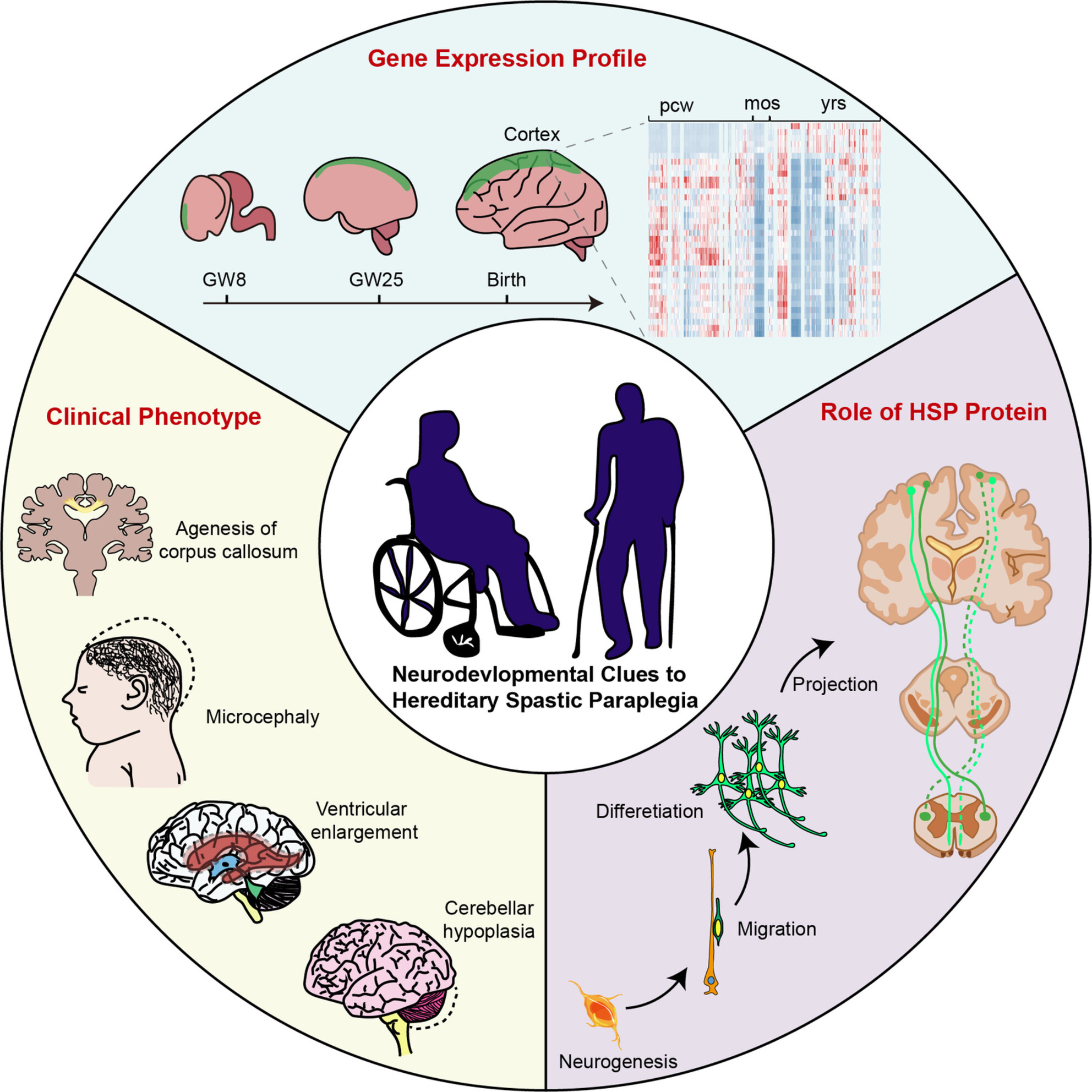
Hereditary spastic paraplegia (HSP) is a group of rare genetic neurodegenerative disorders. This review comprehensively outlines the clinical manifestations, gene expression trajectories, and protein function of HSP subtypes from the perspective of neurodevelopment. Insights into the early developmental mechanism underlying HSP may ultimately enhance the understanding of this disease and lead to the discovery of novel treatments.
ORIGINAL ARTICLE
Age-Specific Functional Connectivity Changes After Partial Sleep Deprivation Are Correlated With Neurocognitive and Molecular Signatures
- First Published: 11 February 2025
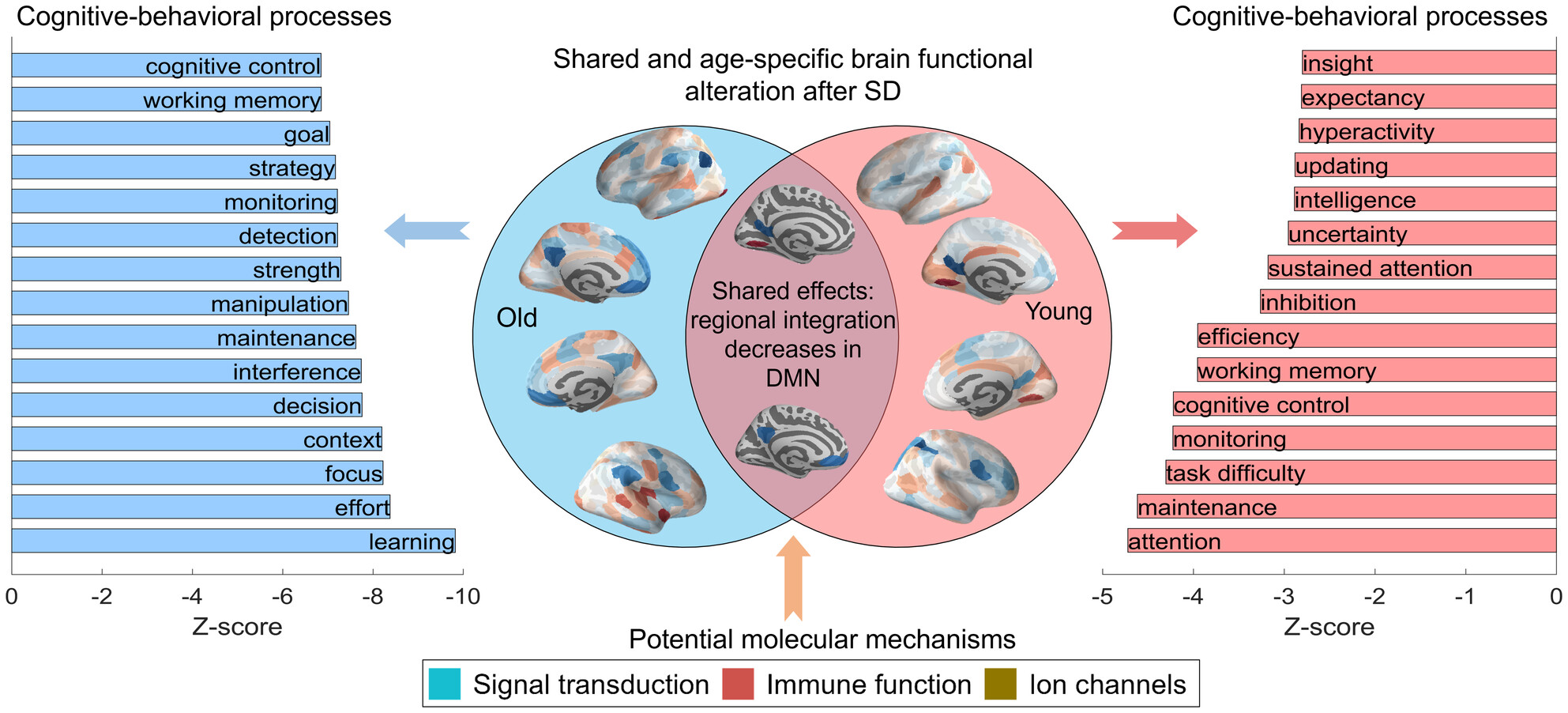
This study found shared and age-specific brain functional network alterations after sleep deprivation compared to normal sleep conditions. Additionally, these age-specific abnormal connectivity patterns correlate with the spatial distribution of specific cognitive processes and specific genes related to signal transduction, ion channels, and immune signaling.
Effects of Pretreatment With Coenzyme Q10 (CoQ10) and High-Intensity Interval Training (HIIT) on FNDC5, Irisin, and BDNF Levels, and Amyloid-Beta (Aβ) Plaque Formation in the Hippocampus of Aβ-Induced Alzheimer's Disease Rats
- First Published: 17 February 2025
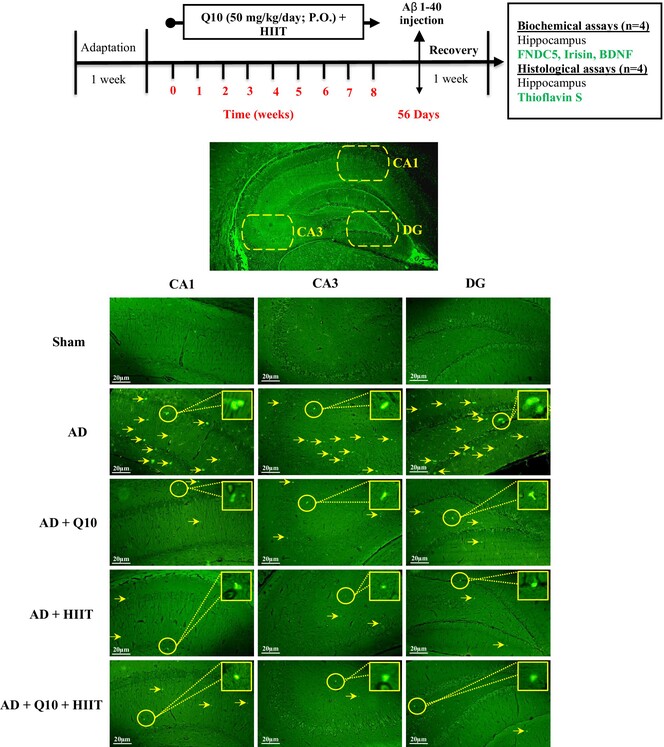
This study investigated the effects of 8 weeks of pretreatment with coenzyme Q10 (CoQ10) and high-intensity interval training (HIIT) alone and in combination on FNDC5, irisin, BDNF, and amyloid-beta (Aβ) plaque formation in the hippocampus of Aβ-related AD rats. Pretreatment with CoQ10 and HIIT improved the Aβ-induced reduction in BDNF levels probably through the FNDC5/irisin pathway and preventing Aβ plaque formation.
REVIEW
Examining the Impact of Microglia on Ischemic Stroke With an Emphasis on the Metabolism of Immune Cells
- First Published: 13 February 2025
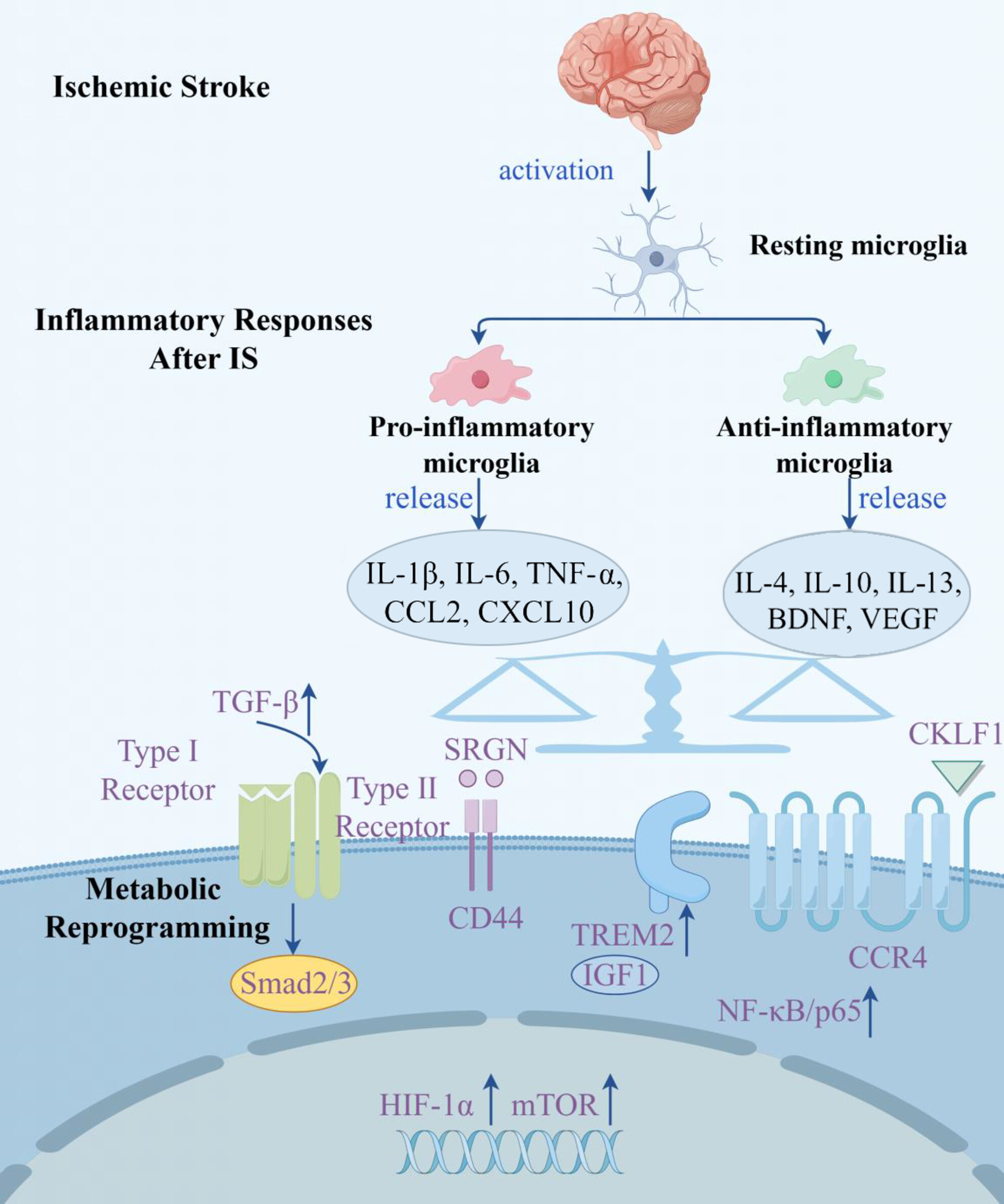
After ischemic stroke, resting microglia transform into pro-inflammatory or anti-inflammatory microglia under different conditions, respectively. Moreover, microglia respond to the environment by flexibly reprogramming intracellular metabolic pathways, thereby altering immune function, which mainly includes glucose metabolism, lipid metabolism, and amino acid metabolism.
ORIGINAL ARTICLE
Emergency Admission Plasma D-Dimer and Prothrombin Activity: Novel Predictors for Clinical Outcomes After Thrombectomy in Acute Ischemic Stroke With Large Artery Occlusion
- First Published: 13 February 2025
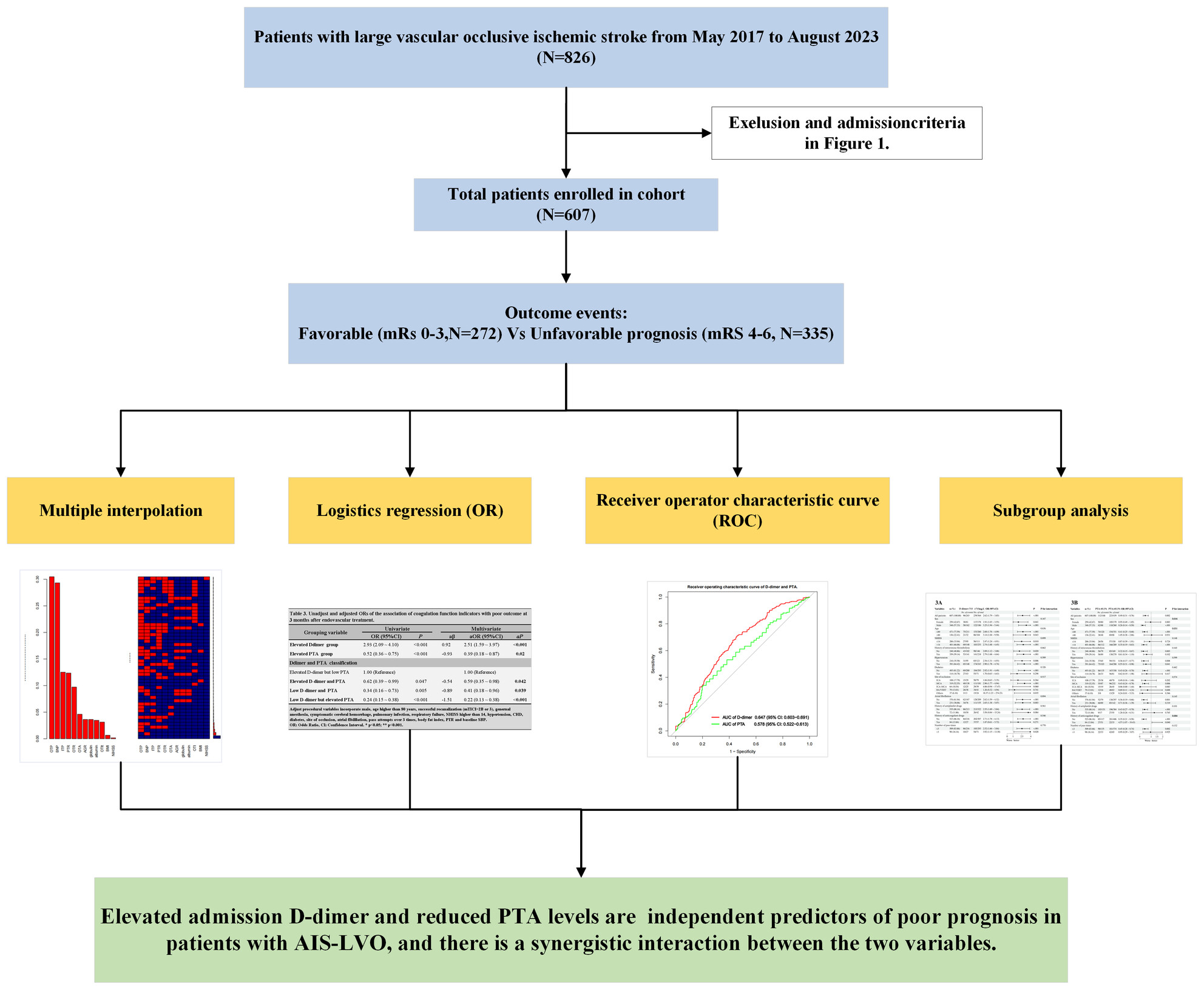
Preoperative high D-dimer but low PTA level were the independent predictors of 3 months' unfavorable prognosis for AIS-LVO after calibration of confounders. Elevated admission D-dimer (≥ 715 mg/L) and reduced PTA levels (< 85.5%) are independent predictors of poor prognosis for patients with AIS-LVO, and there is a synergistic interaction between the two variables with higher odds ratio (aOR = 4.55, 95% CI 2.63–7.69).
Analysis of Two Neuroanatomical Subtypes of Parkinson's Disease and Their Motor Progression Based on Semi-Supervised Machine Learning
- First Published: 15 February 2025
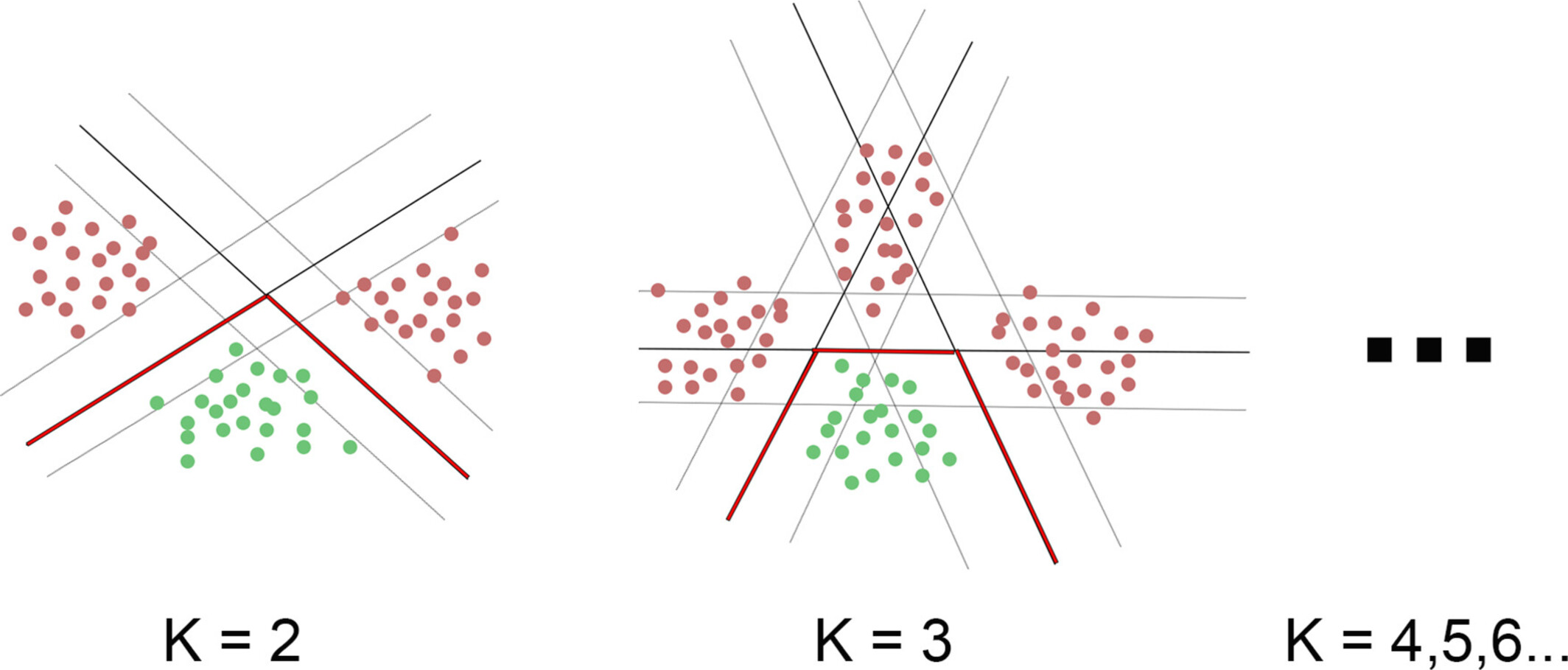
Control groups (represented by green dots) and patients (represented by red dots) are separated by convex polygon decision boundaries. The solid line represents the classifier, the dashed line represents the boundary, and the red highlighted solid line portion represents the convex polygon used to separate the patient from the control group.
H2S Donor SPRC Ameliorates Ischemic Stroke by Upregulating CD24
- First Published: 15 February 2025
Integration of Methylation and Gene Expression Deciphered Candidate Biomarkers DAB2IP and SMYD3 in Delayed Encephalopathy After Carbon Monoxide Poisoning
- First Published: 15 February 2025
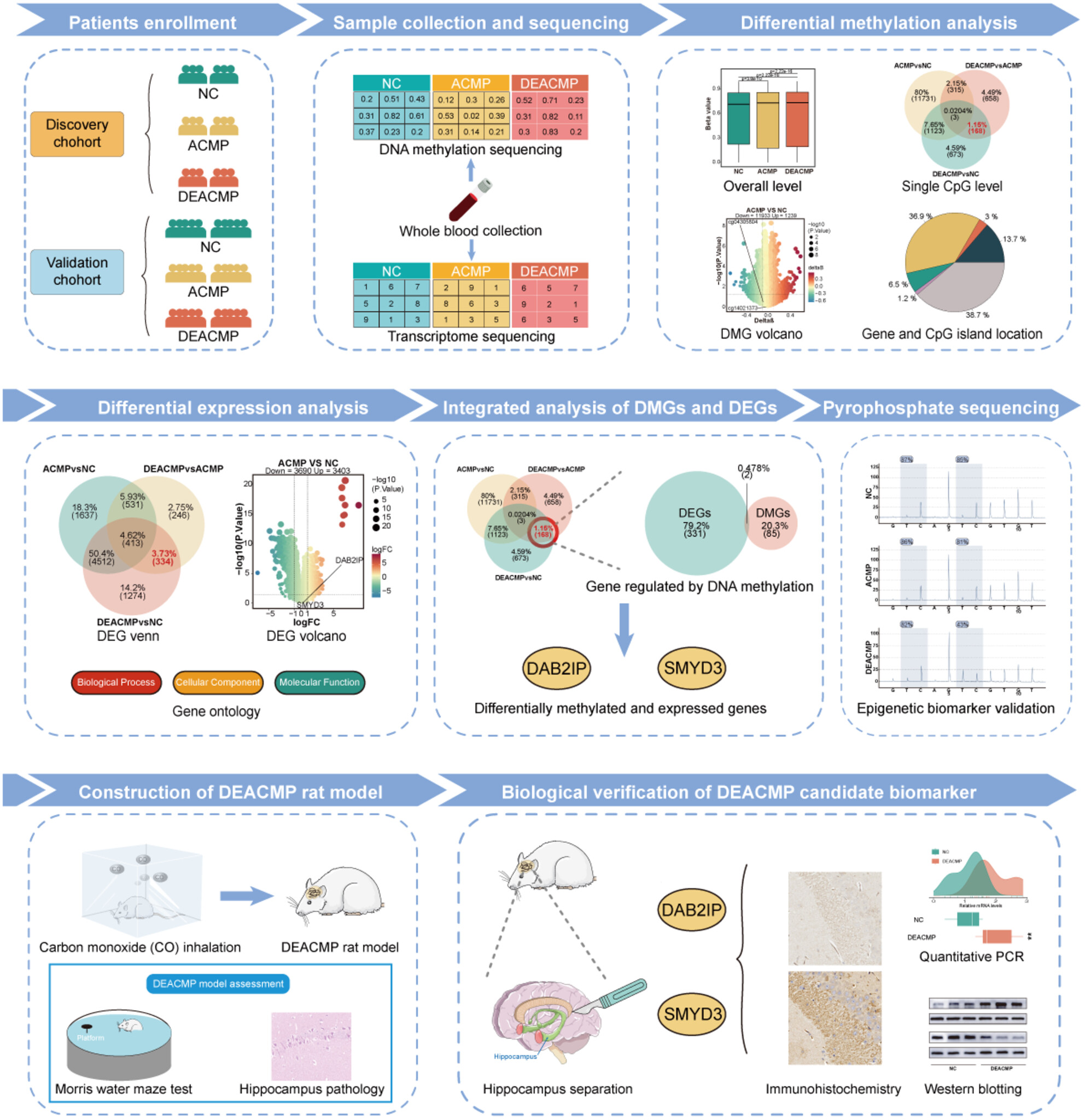
By integrating DNA methylation and gene expression from patients with delayed encephalopathy after carbon monoxide poisoning (DEACMP), this study identified DAB2IP and SMYD3 as candidate genes potentially involved in DEACMP pathogenesis. Additionally, further evidence for their potential as DEACMP targets was provided through pyrosequencing and DEACMP rat model.
Fronto-Parietal and Language Network Connectivity and Its Association With Gene Expression Profiles in Bipolar Disorder Before and After Treatment
- First Published: 15 February 2025
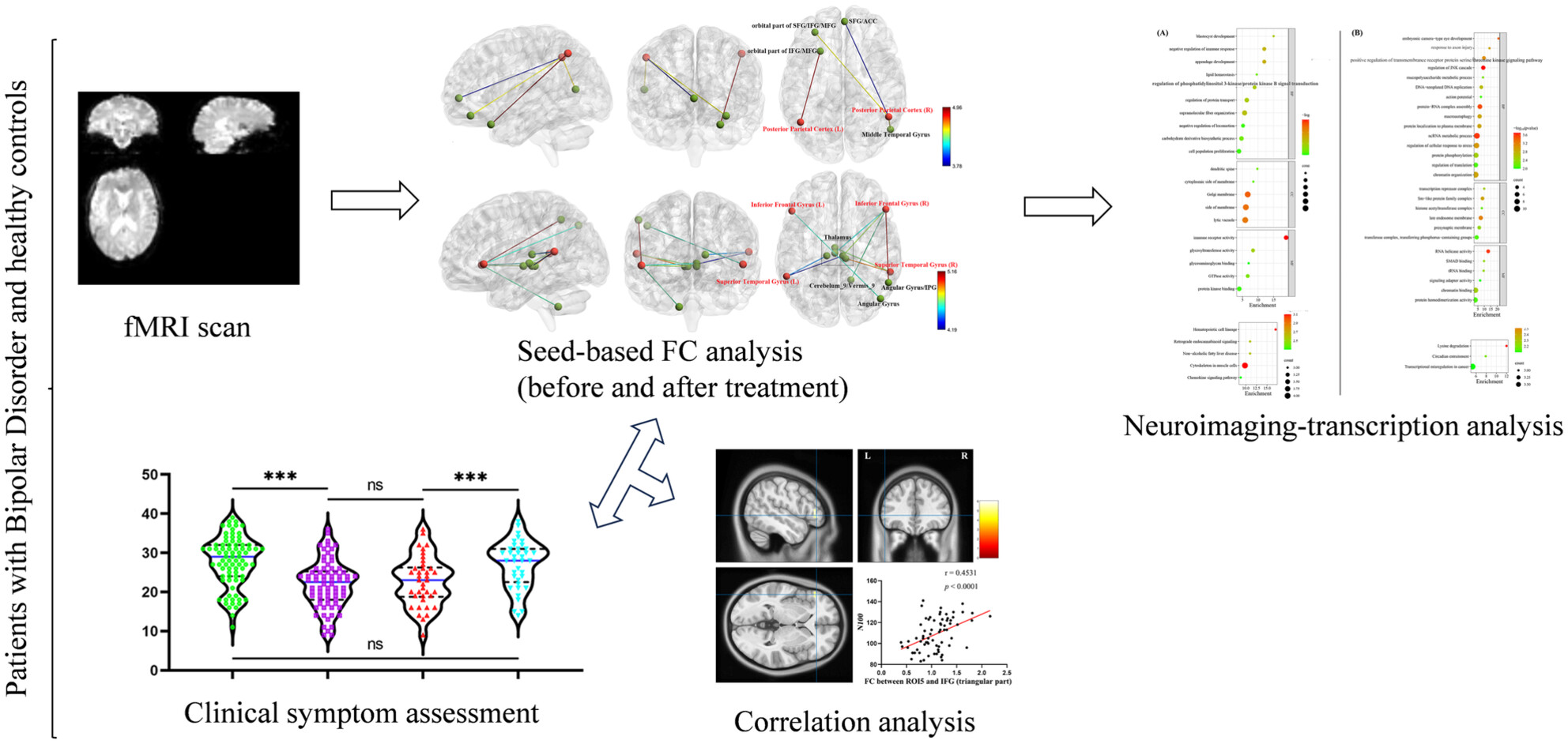
Increased functional activity of the fronto-parietal network (FPN) and language network (LN) might be involved in the pathogenetic mechanisms of bipolar disorder (BD). After treatment, baseline FCs were partially normalized, highlighting potential therapeutic mechanisms. Our neuroimaging–transcription analysis revealed genes and candidate pathophysiological processes associated with BD.
REVIEW
Osteopontin in Alzheimer's Disease: A Double-Edged Sword in Neurodegeneration and Neuroprotection—A Systematic Review
- First Published: 17 February 2025
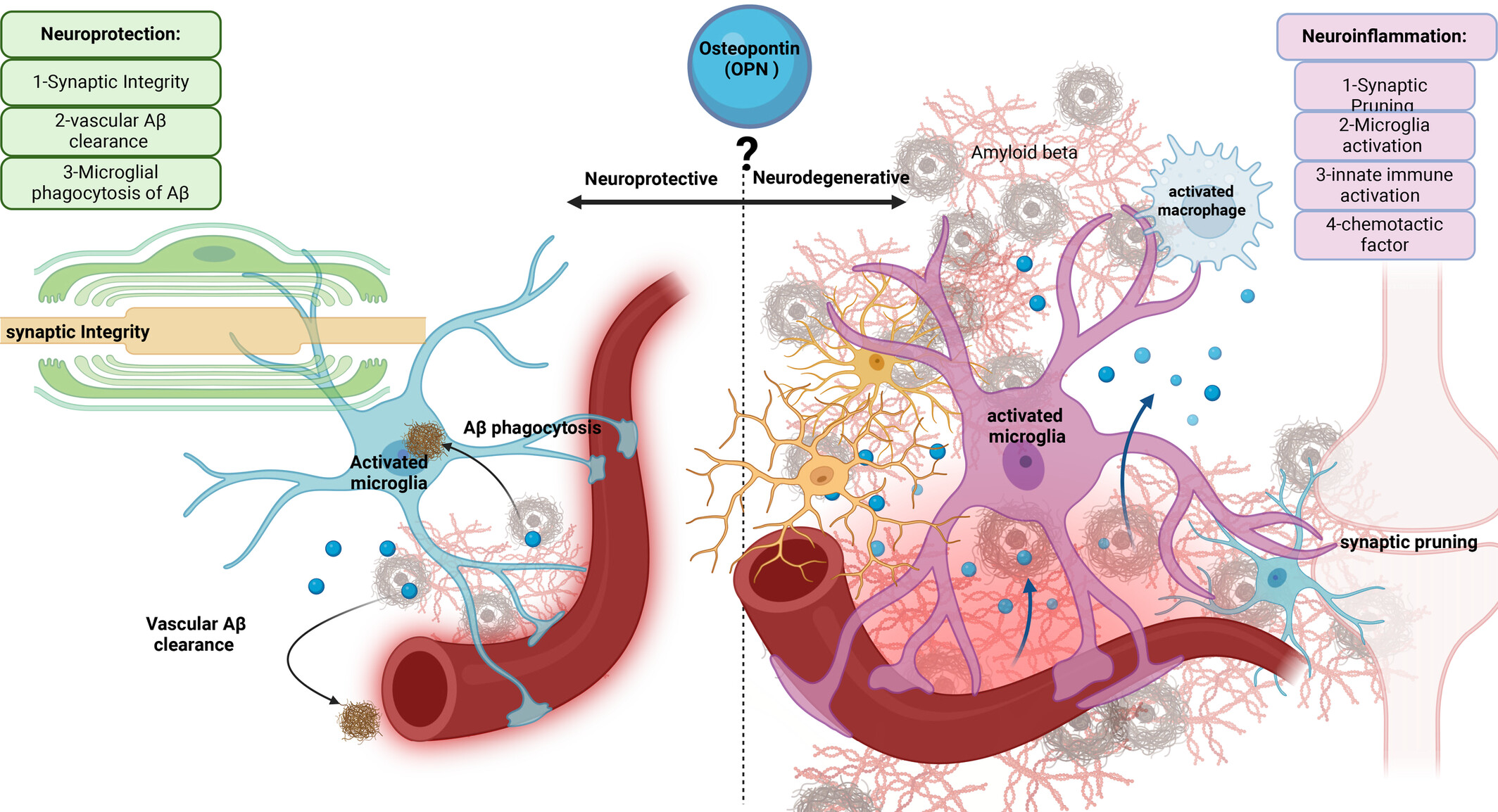
Osteopontin (OPN) is secreted by activated microglia, astrocytes, and infiltrating immune cells. OPN exhibits dual roles in Alzheimer's disease (AD), acting as a double-edged sword with both protective and detrimental effects. OPN contributes to AD progression through mechanisms leading to synaptic pruning, microglial activation, innate immune system activation, and chemotactic signaling. Conversely, OPN under certain conditions plays a protective role by maintaining synaptic integrity, facilitating vascular amyloid-beta (Aβ) clearance, and activating microglia to enhance Aβ clearance.
ORIGINAL ARTICLE
Anxiolytic Activity of Morellic Acid: Modulation of Diazepam's Anxiolytic Effects, Possibly Through GABAergic Interventions
- First Published: 17 February 2025
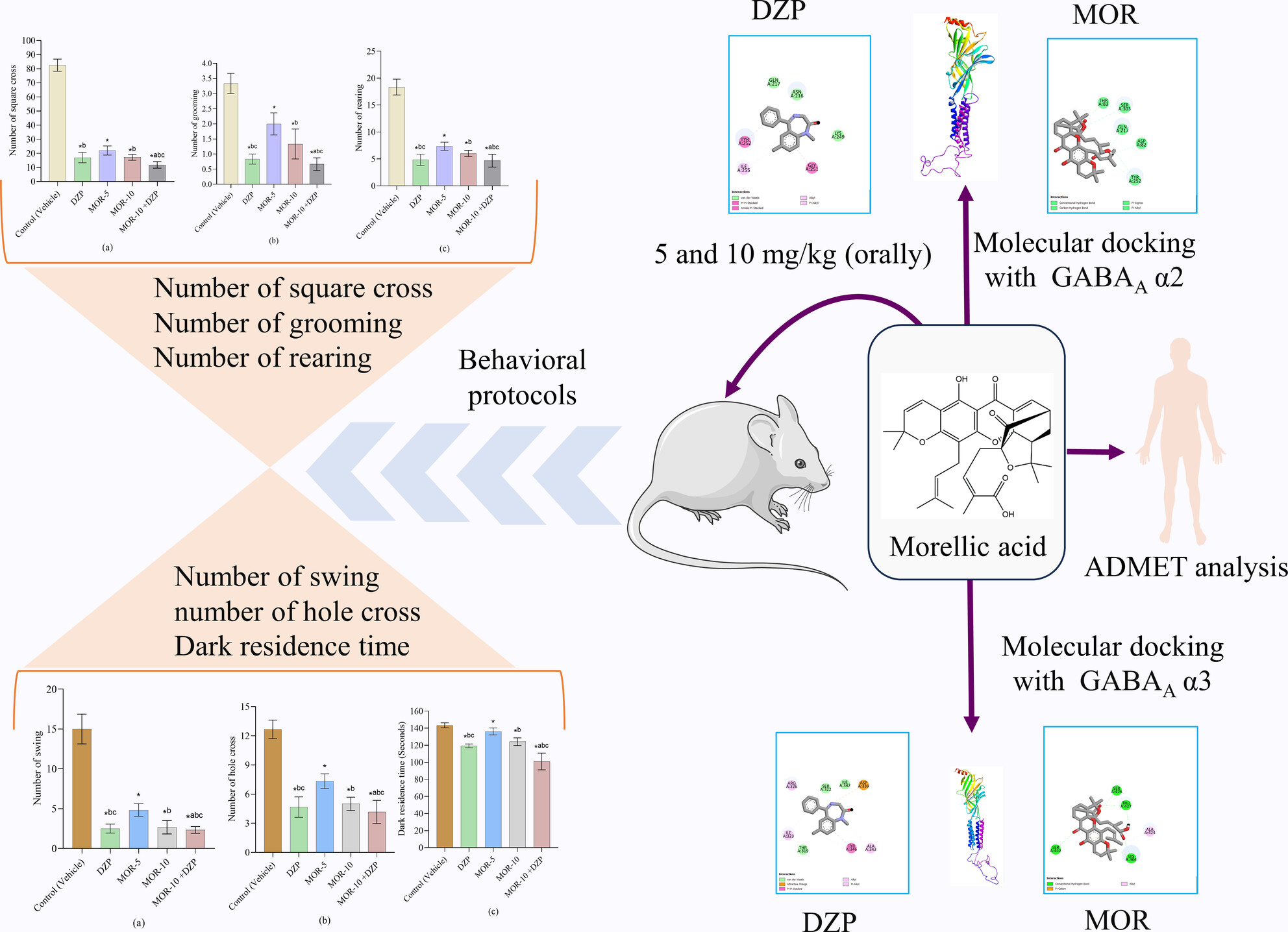
Morellic acid (MOR) alone, dose-dependently, and with the standard drug diazepam (DZP), significantly (p < 0.05) reduced the locomotive activities of Swiss mice. Additionally, the computational studies suggest that MOR exhibited the highest binding scores of −9.2 and −7.6 kcal/mol towards the GABAA receptor α3 and α2 subunits, respectively.
Panaxadiol Attenuates Neuronal Oxidative Stress and Apoptosis in Cerebral Ischemia/Reperfusion Injury via Regulation of the JAK3/STAT3/HIF-1α Signaling Pathway
- First Published: 17 February 2025
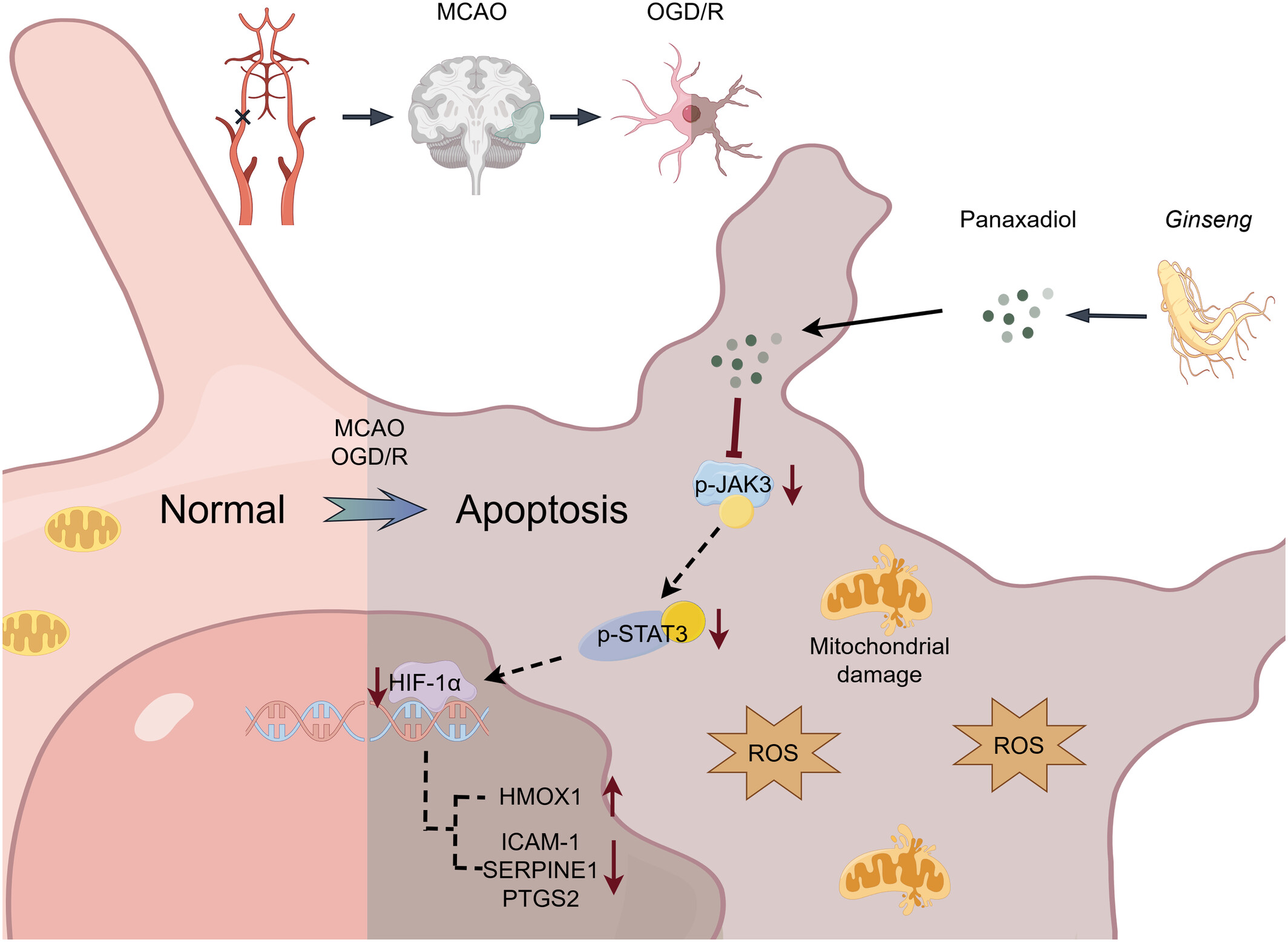
In this study, we demonstrated that panaxadiol alleviated oxidative stress damage in mouse brain tissue caused by CIRI through the regulation of the JAK3/STAT3/HIF-1α signaling pathway. This study provided a theoretical basis and promising prospects for the clinical application of panaxadiol in the treatment of CIRI.
Hydrogen Sulfide Alleviates Schizophrenia-Like Behavior Through Regulating Apoptosis by S-Sulfhydrylation Modification
- First Published: 18 February 2025

We explored the regulatory impacts and mechanisms of H2S on SZ at multiple levels in human, cellular, and animal models. Our findings indicated that H2S levels were significantly decreased in SZ patients and SZ model rats. Exogenous H2S supplementation might alleviate schizophrenia-like behaviors by inhibiting apoptosis through S-sulfhydrylation modification. The graphic abstract is drawn By Figdraw.
Ntoco Promotes Ferroptosis via Hnrnpab-Mediated NF-κB/Lcn2 Axis Following Traumatic Brain Injury in Mice
- First Published: 20 February 2025
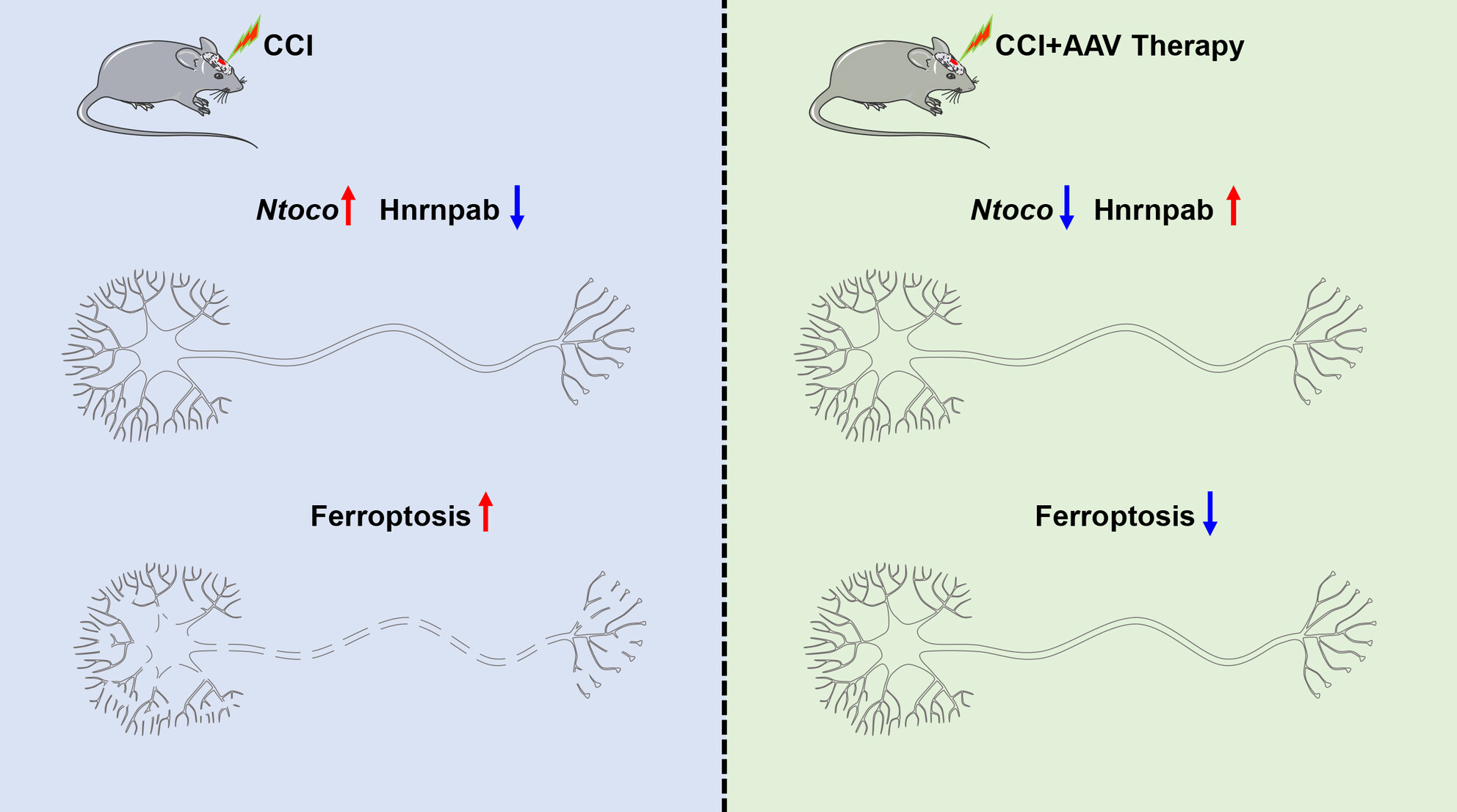
The study identifies Ntoco as a critical regulator of ferroptosis in traumatic brain injury (TBI). Ntoco knockdown alleviates neuronal damage, while its overexpression exacerbates ferroptosis. This research highlights targeting Ntoco as a potential therapeutic strategy for reducing ferroptosis-induced damage in TBI.
Relationships Between Glymphatic System Activity and Tau Burden, Dopaminergic Impairment, Abnormal Glucose Metabolism in Progressive Supranuclear Palsy
- First Published: 18 February 2025
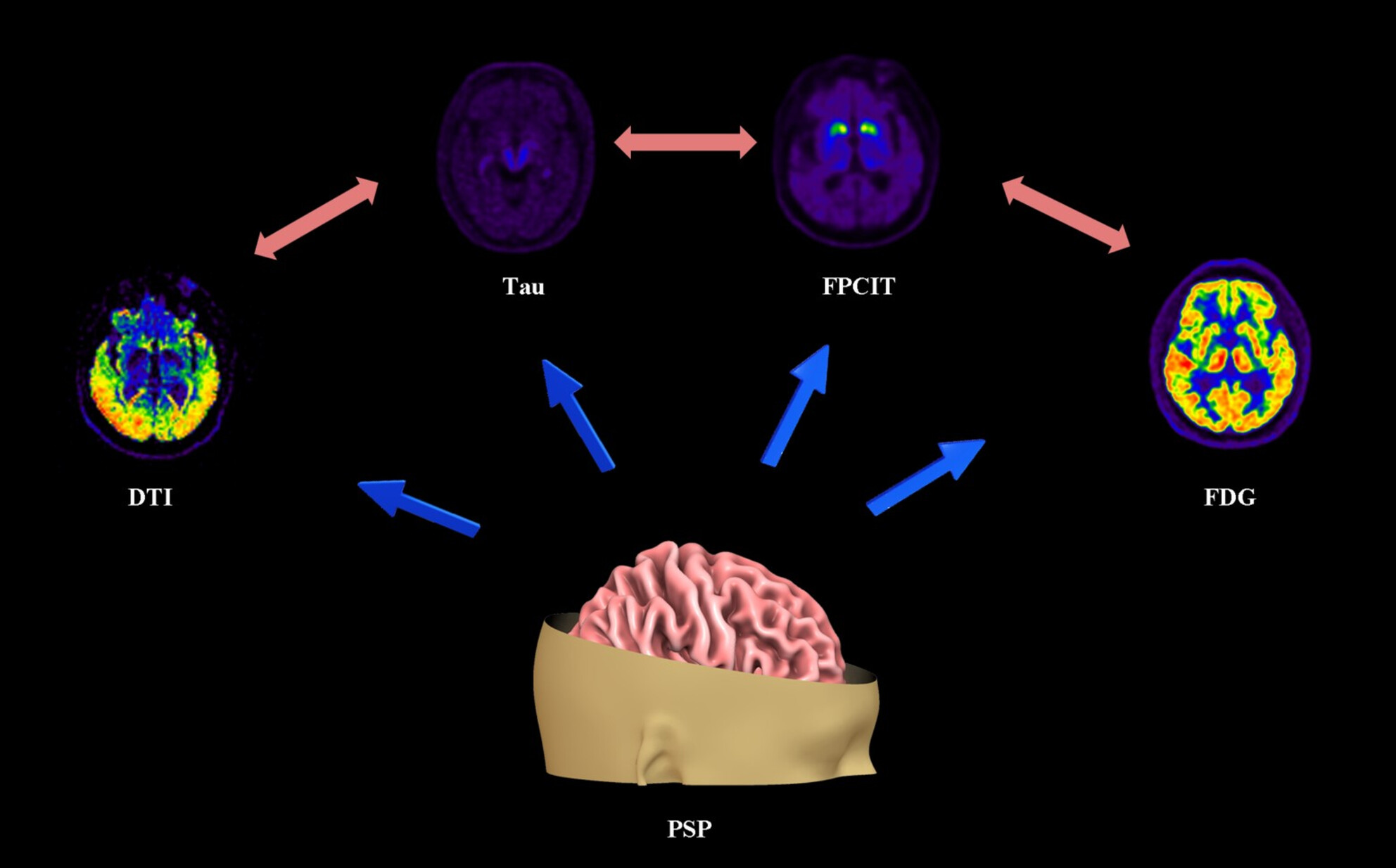
PSP patients are characterized by a remarkably decreased ALPS-index, tau accumulation, dopaminergic dysfunction, and abnormal glucose metabolism in the brain. The glymphatic dysfunction is associated with tau deposition and abnormal metabolic brain network activity and is independent of dopaminergic impairment in PSP.
Neural Oscillations in the Somatosensory and Motor Cortex Distinguish Dexmedetomidine-Induced Anesthesia and Sleep in Rats
- First Published: 18 February 2025
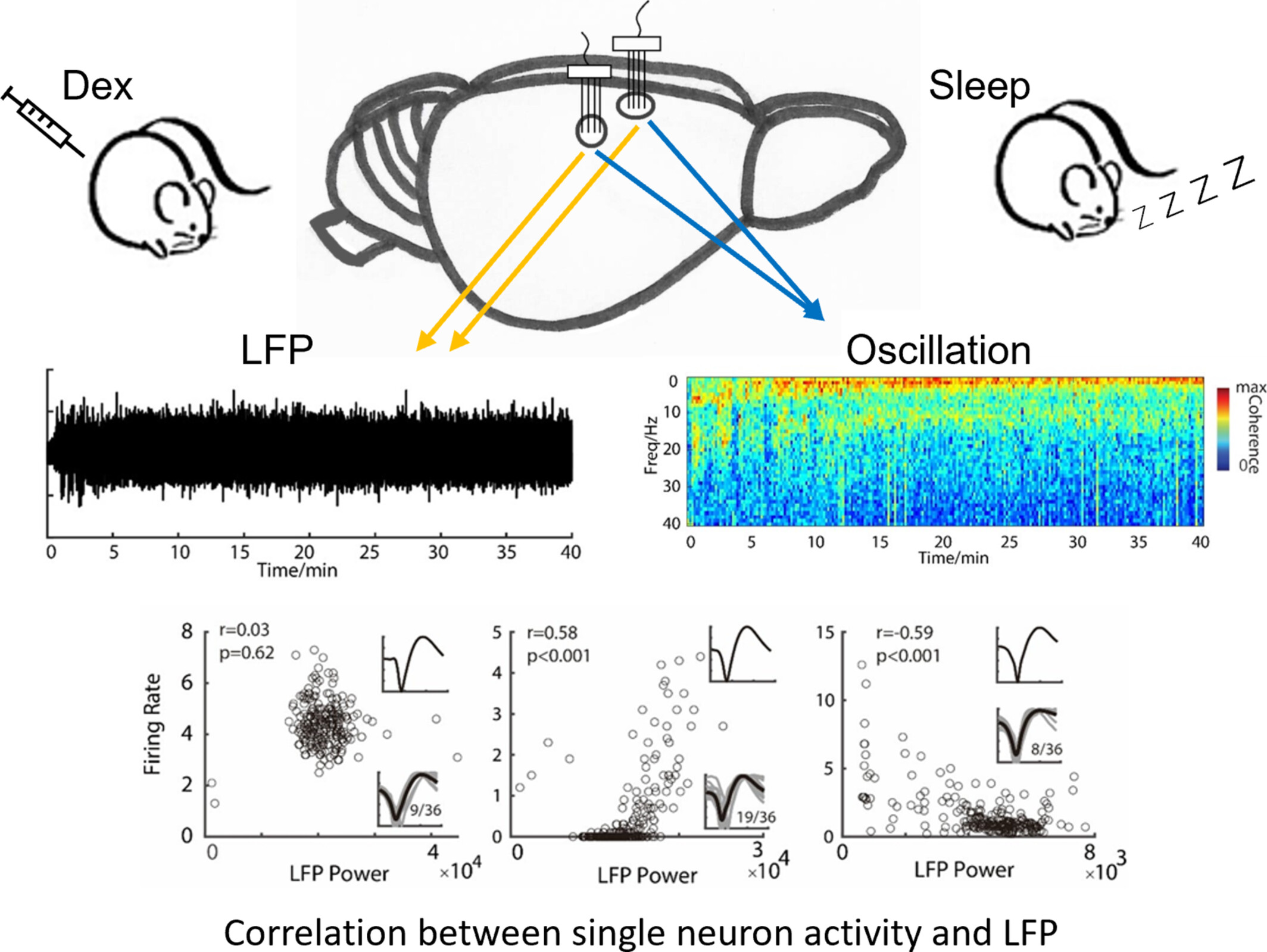
By recording neuronal activity from the primary somatosensory cortex and motor cortex simultaneously, during dexmedetomidine (DEX)-induced anesthesia or sleep, we investigated the cortical response and oscillation properties across different brain areas. Correlation analysis between single neuron activity and LFP power indicates that more neurons were correlated, either positively or negatively, with LFPs during DEX-induced anesthesia compared to sleep.
NONHSAT141192.2 Facilitates the Stemness and Radioresistance of Glioma Stem Cells via the Regulation of PIK3R3 and SOX2
- First Published: 19 February 2025
CA3 Pyramidal Neuron Activation Promotes Cognitive Resilience to Inflammation-Induced Cognitive Inflexibility
- First Published: 25 February 2025

Prolonged exposure to IL-1β impairs cognitive flexibility in animals, evidenced by poor performance in the Barnes maze reversal phase. Mice with cognitive resilience show increased neuronal excitability in the dCA3. Activation of CA3 pyramidal neurons improves cognitive flexibility, while inhibition reproduces the cognitive inflexibility linked to IL-1β administration.
Metrnl/C-KIT Axis Attenuates Early Brain Injury Following Subarachnoid Hemorrhage by Inhibiting Neuronal Ferroptosis
- First Published: 21 February 2025
Function-Specific Localization in the Supplementary Motor Area: A Potential Effective Target for Tourette Syndrome
- First Published: 21 February 2025
Melatonin Regulates Glymphatic Function to Affect Cognitive Deficits, Behavioral Issues, and Blood–Brain Barrier Damage in Mice After Intracerebral Hemorrhage: Potential Links to Circadian Rhythms
- First Published: 21 February 2025
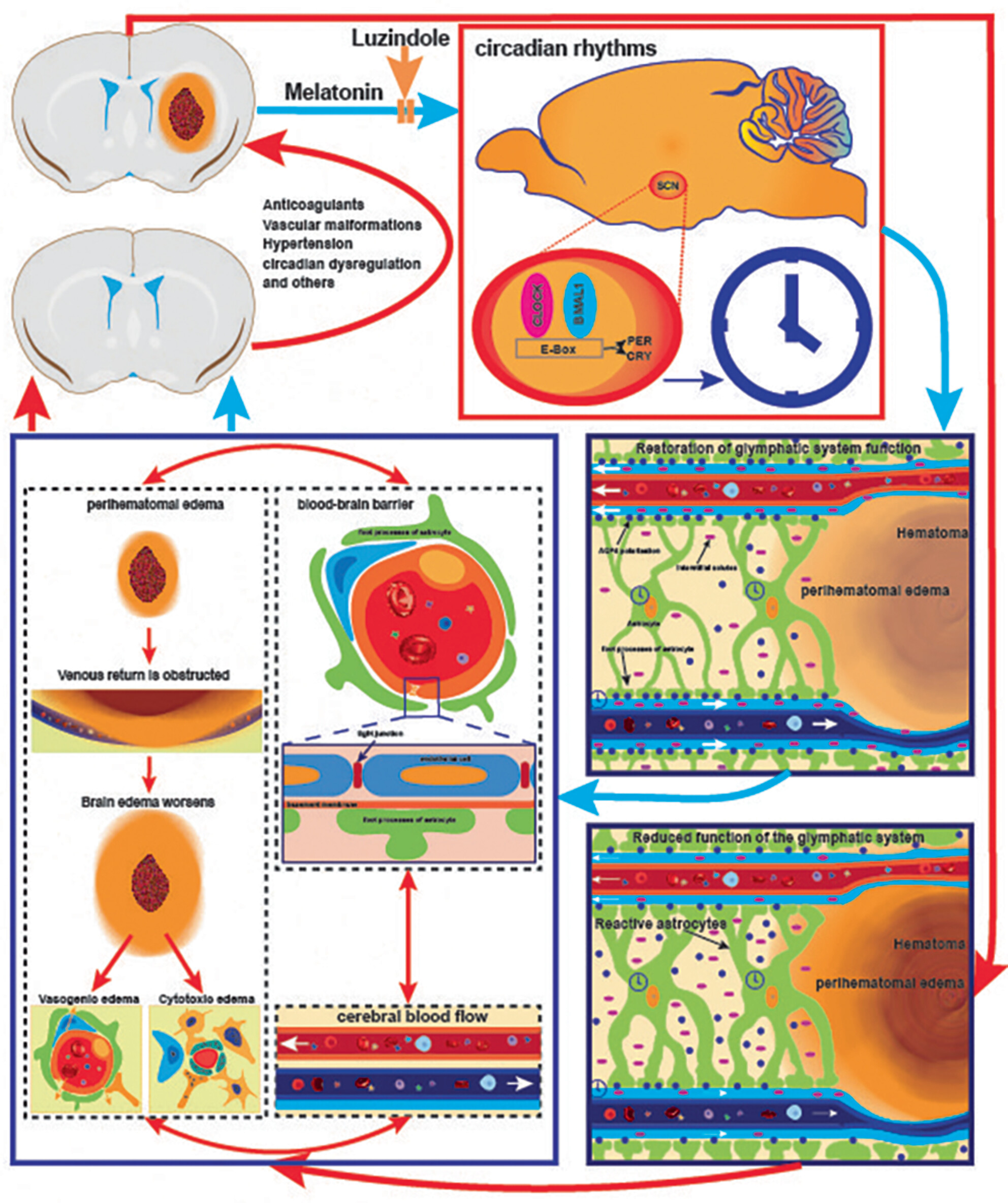
Our study is the first to investigate the combined use of melatonin and luzindole for intracerebral hemorrhage-induced adverse events. Melatonin alleviated glymphatic system dysfunction and blood–brain barrier damage, facilitated hematoma absorption and edema resolution, and mitigated cognitive-behavioral deficits, while luzindole partially reversed these effects. This effect may be related to circadian rhythms.
Targeting LncRNA-Vof16: A Novel Therapeutic Strategy for Neuropathic Pain Relief
- First Published: 21 February 2025
Xiao-Chai-Hu-Tang Ameliorates Depressive Symptoms via Modulating Neuro-Endocrine Network in Chronic Unpredictable Mild Stress-Induced Mice
- First Published: 21 February 2025
Physical Activities and Parkinson's Disease Progression: A Two-Sample Mendelian Randomization Study
- First Published: 24 February 2025
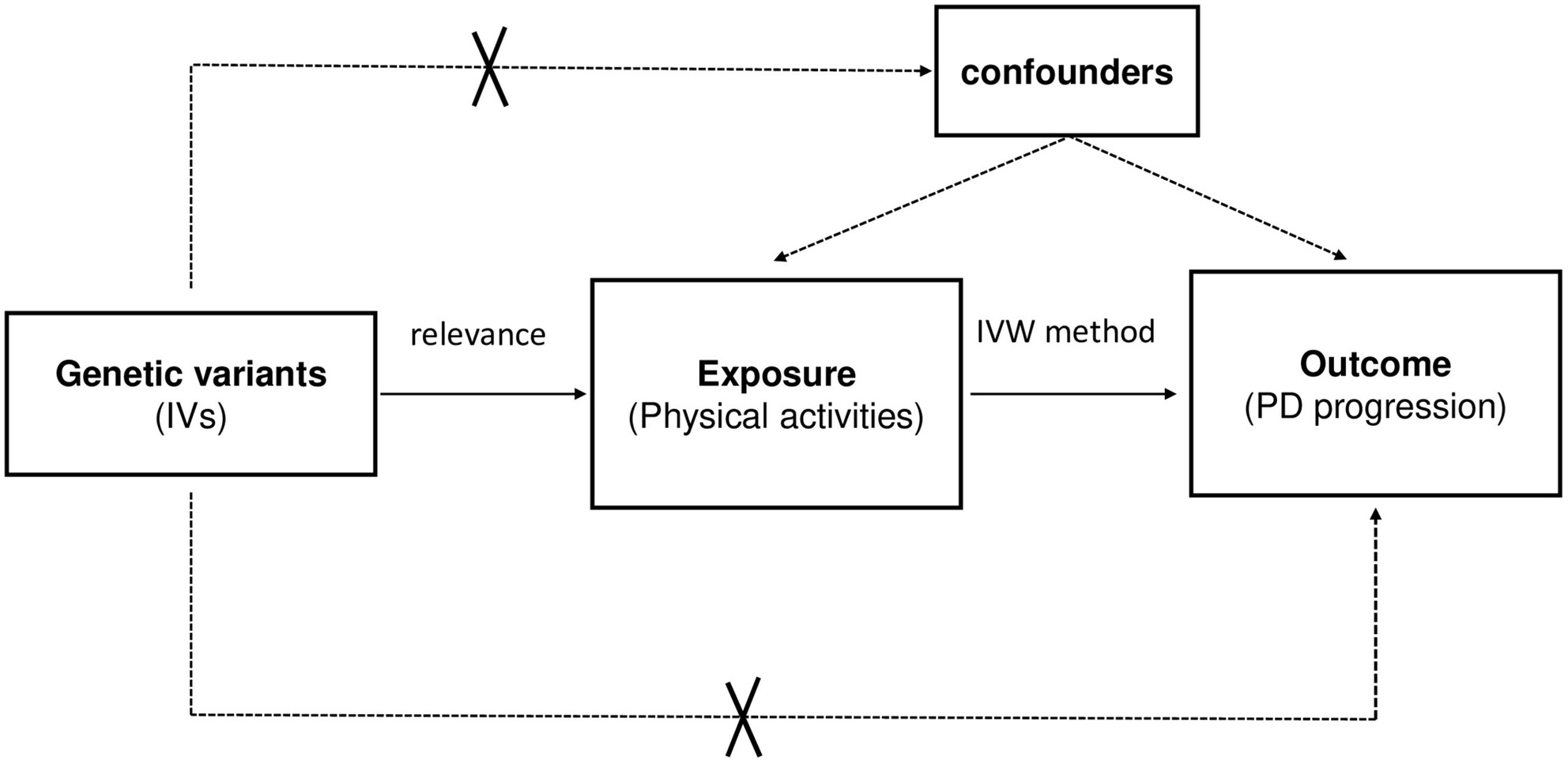
This study used Mendelian randomization analysis to explore the causal link between physical activity and various symptoms in the progression of Parkinson's disease. This findings suggested that genetically predicted physical activity engagement exhibited the potential to lower constipation risk and UPDRS2 scores, informing potential PA recommendations for Parkinson's disease management.
Associations of Frailty Status and Sleep Quality With Incident Delirium: A Prospective Study in the UK Biobank
- First Published: 24 February 2025
Cas9 Mouse Model of Skull Base Meningioma Driven by Combinational Gene Inactivation in Meningeal Cells
- First Published: 25 February 2025

Sketch of Cas9 transgenic mouse model for skull base meningioma.
Adeno-associated virus (AAV) vector pAAVCre/gRNA was introduced into the meningeal cells of the Cas9 mouse skull base. Cas9 functions were activated by Cre in these cells and caused mutations of the four genes (Nf2, P15Ink4b, P16Ink4a, and P19Arf) in meningeal cells, which could lead to tumorigenesis of meningioma in the skull base of Cas9 mice.
Hypoxic Postconditioning Offers Neuroprotection Against Transient Cerebral Ischemia via Down-Regulation of rno_piR_011022
- First Published: 25 February 2025
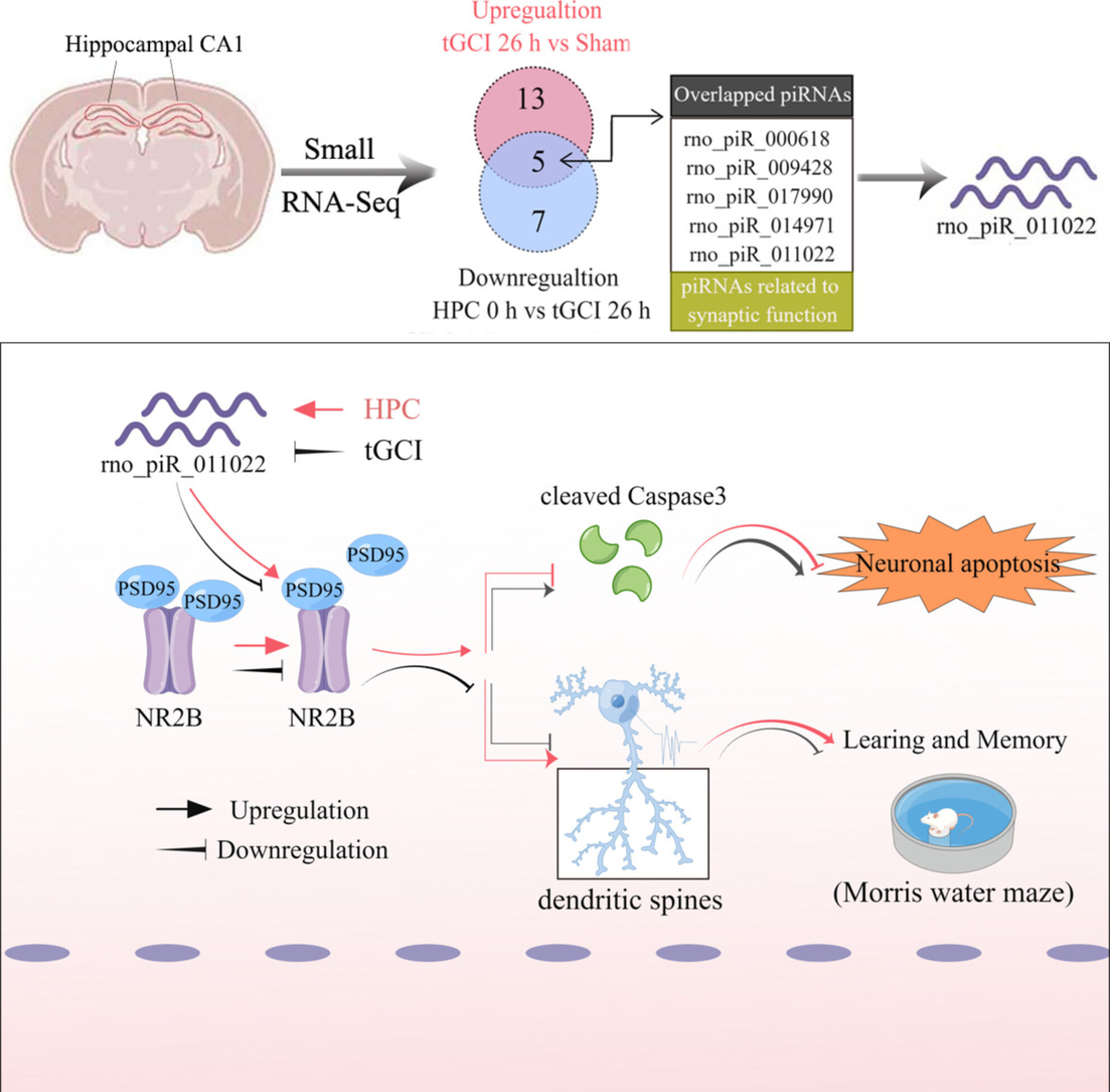
The expression profiles of piRNAs in CA1 were significantly changed after tGCI. HPC down-regulated the expressions of the top 5 piRNAs associated with synaptic function, including rno_piR_000618, rno_piR_009428, rno_piR_017990, rno_piR_014971, and rno_piR_011022 induced by tGCI. Down-regulation of rno_piR_011022 mediated by HPC enhanced synaptic plasticity through inhibiting the NR2B-PSD95 interaction, thus ameliorating ischemic neuronal injury and improving the learning and memory functions of rats.
CCL17/CCR4 Axis Promotes Hematoma Clearance via ERK/AP1/SRA-Mediated Microglial Polarization After Intracerebral Hemorrhage
- First Published: 25 February 2025
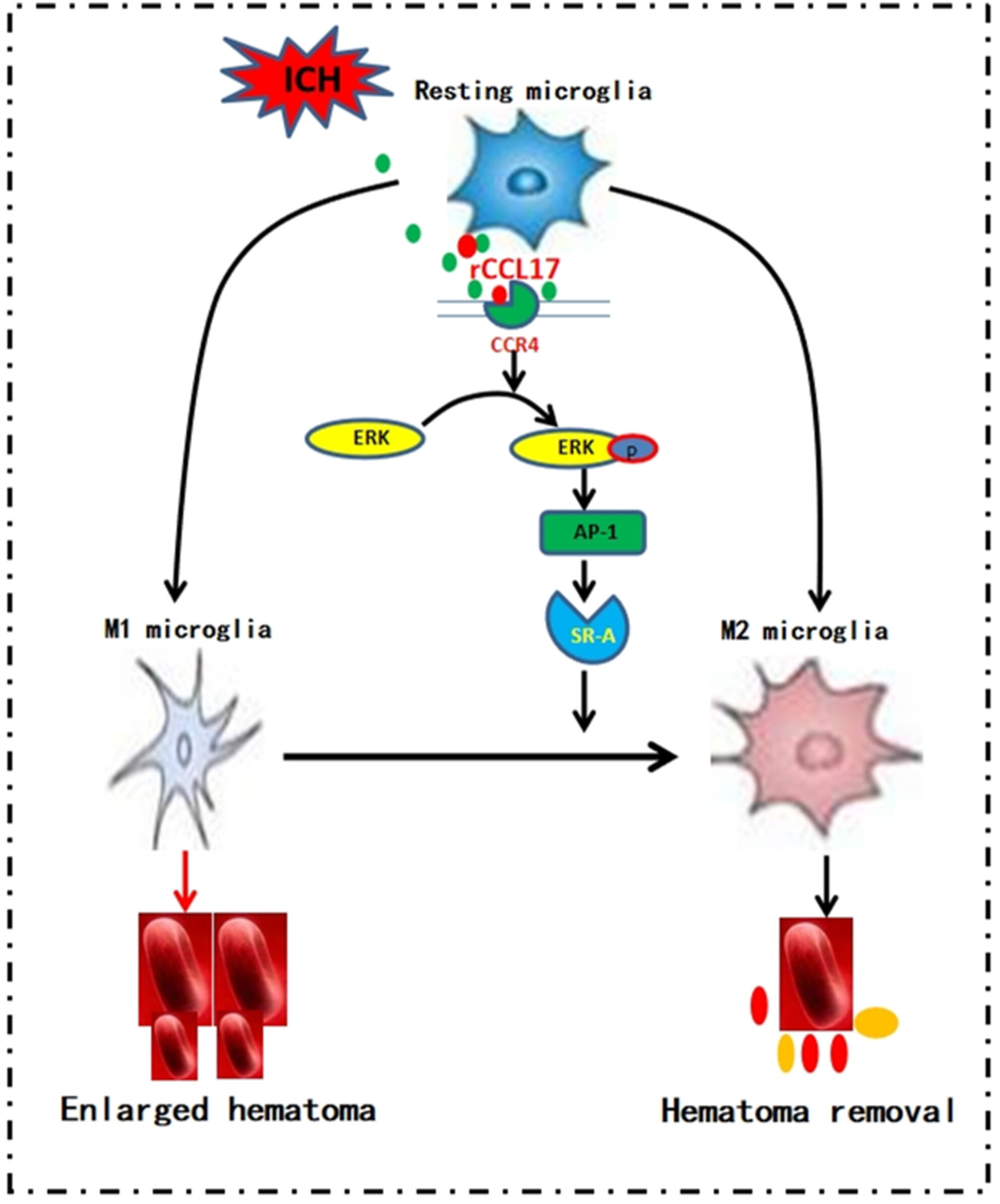
The study identifies the critical role of the CCL17/CCR4 axis in microglial polarization and hematoma clearance following intracerebral hemorrhage. By activating the ERK/AP1/SRA signaling pathway, CCL17/CCR4 enhances neuroprotection and functional recovery, providing a potential therapeutic target for improving outcomes in stroke patients.
Free and Easy Wanderer Ameliorates Intestinal Bloating-Dependent Avoidance Behavior of Caenorhabditis elegans Through Gut-Germline-Neural Signaling
- First Published: 26 February 2025
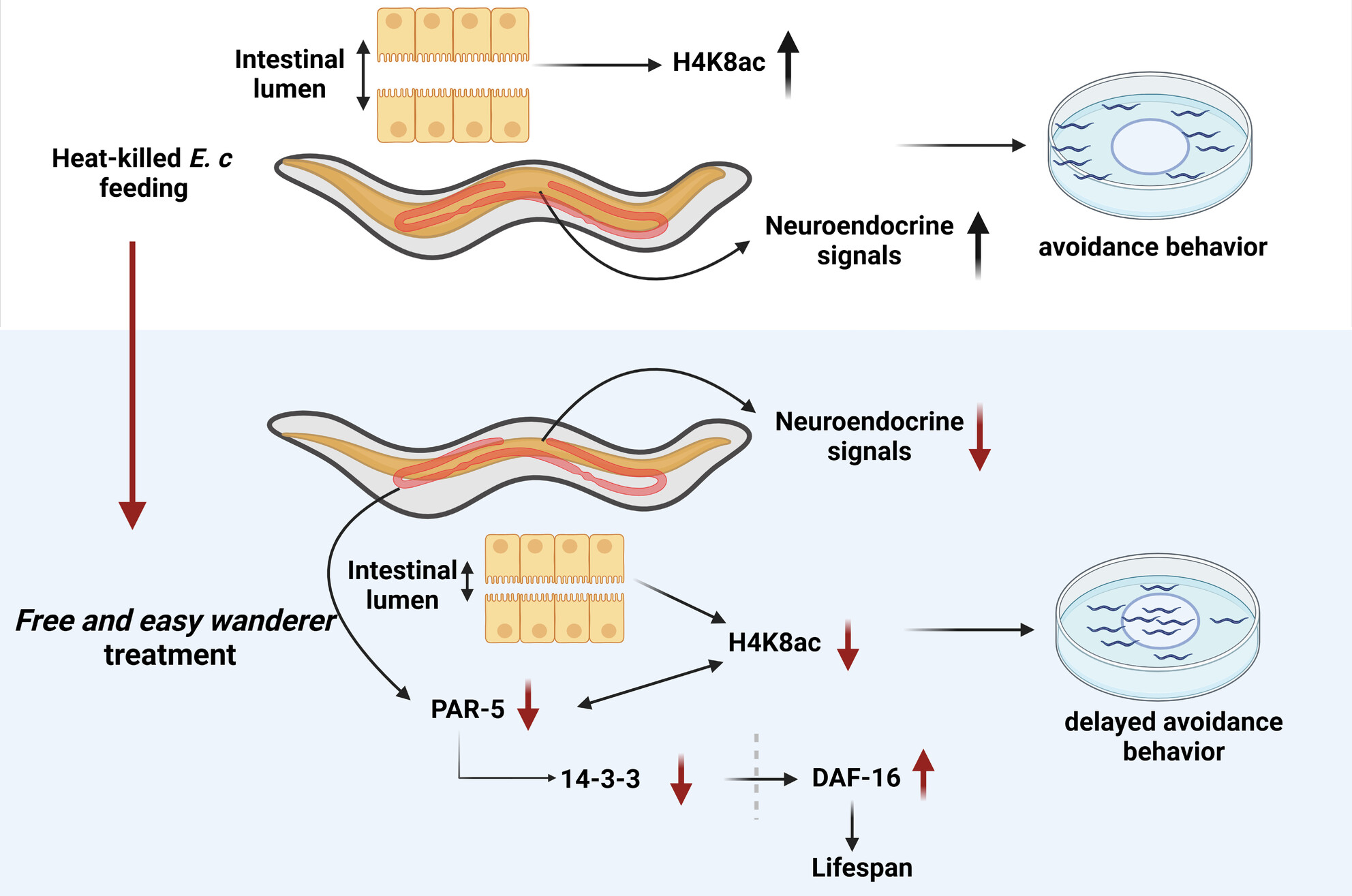
Using C. elegans as a model organism, we scrutinized the effects of FAEW on pathogen avoidance behaviors via the gut-germline-neural signaling. Demonstrating for the first time that FAEW prevents avoidance behavior through gut-germline-neural signaling, inhibition of H4K8 acetylation, and activation of DAF-16.
Proteome-Wide Association Study for Finding Druggable Targets in Progression and Onset of Parkinson's Disease
- First Published: 26 February 2025
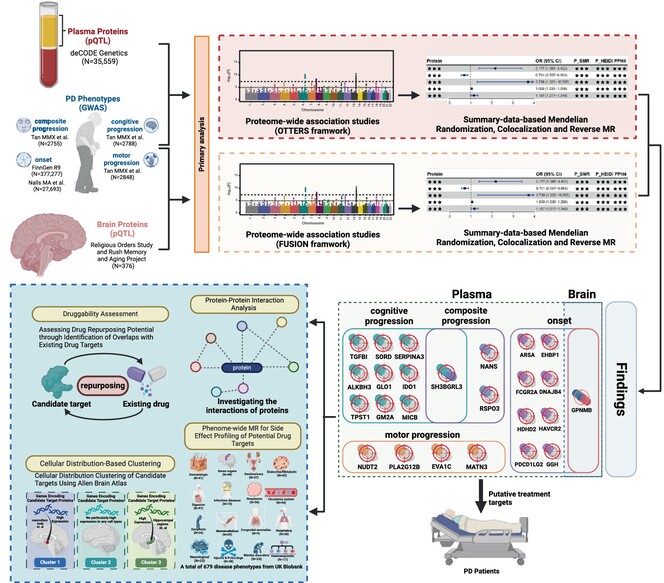
We identified and validated 25 causal protein targets linked to Parkinson's disease (PD) onset and progression using proteomic and genetic analyses. Using plasma and brain large-scale pQTL datasets, we conducted proteome-wide association studies (PWAS) and Mendelian randomization (MR) to assess causality. Our findings revealed 16 plasma proteins associated with PD progression and 9 with PD onset. Notably, GPNMB was implicated in both. Our study provides new insights for PD therapeutic strategies.
Cleaving PINK1 or PGAM5? Involvement of PARL in Methamphetamine-Induced Excessive Mitophagy and Neuronal Necroptosis
- First Published: 27 February 2025
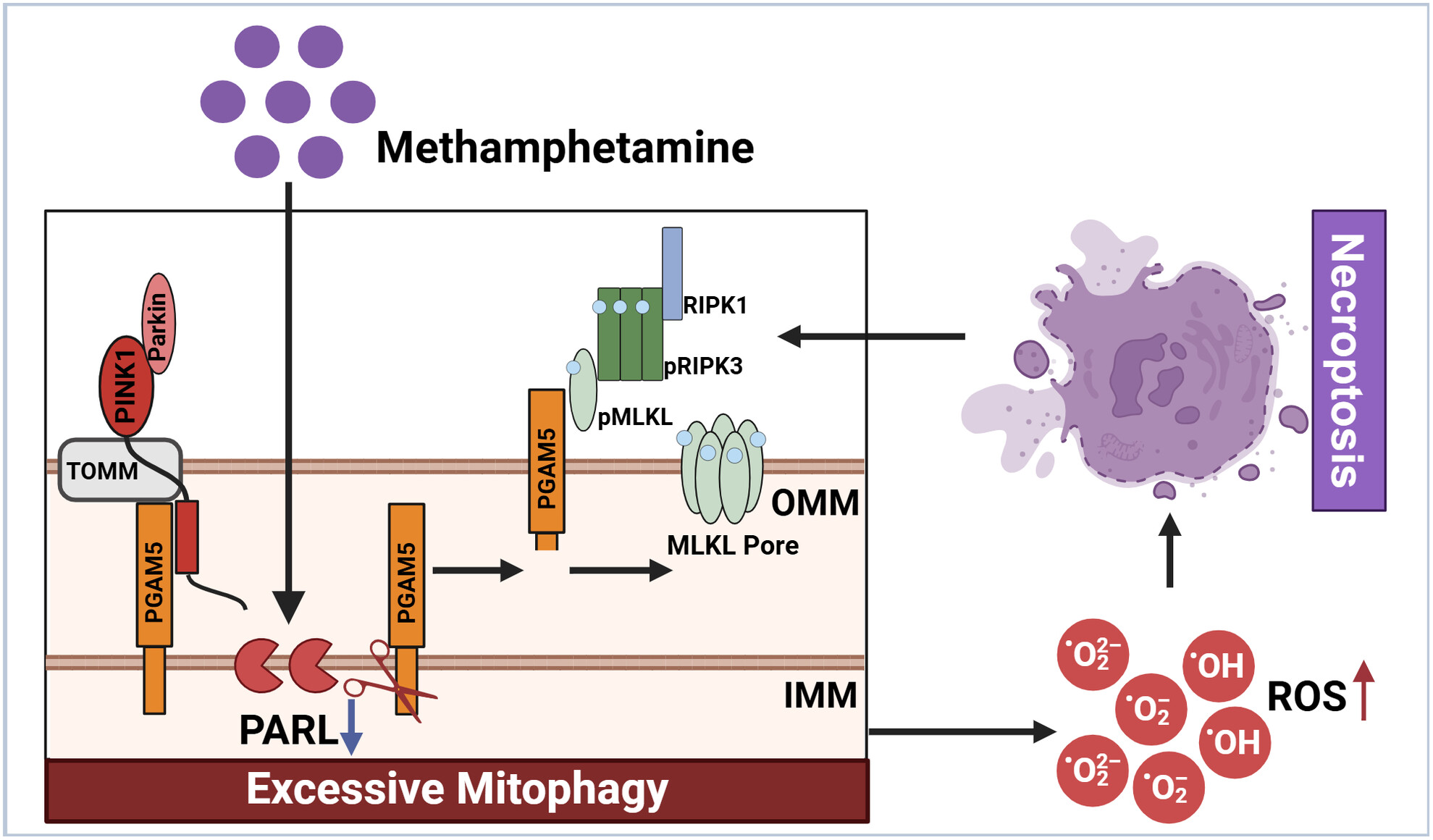
Meth downregulates PARL expression, which in turn causes the aberrant cleavage of PINK1 and PGAM5. The increased PGAM5 level ultimately triggers the recruitment of p-MLKL on the mitochondrial membrane to form pores that disrupt mitochondrial homeostasis, ultimately triggering excessive mitophagy and necroptosis.
Prenatal Valproic Acid Exposure Impairs Offspring Cognition Through Disturbing Interneuron Development
- First Published: 27 February 2025
REVIEW
Histamine Modulation of the Basal Ganglia Circuitry in the Motor Symptoms of Parkinson's Disease
- First Published: 27 February 2025
ORIGINAL ARTICLE
High Concentration Hydrogen Protects Sepsis-Associated Encephalopathy by Enhancing Pink1/Parkin-Mediated Mitophagy and Inhibiting cGAS-STING-IRF3 Pathway
- First Published: 27 February 2025
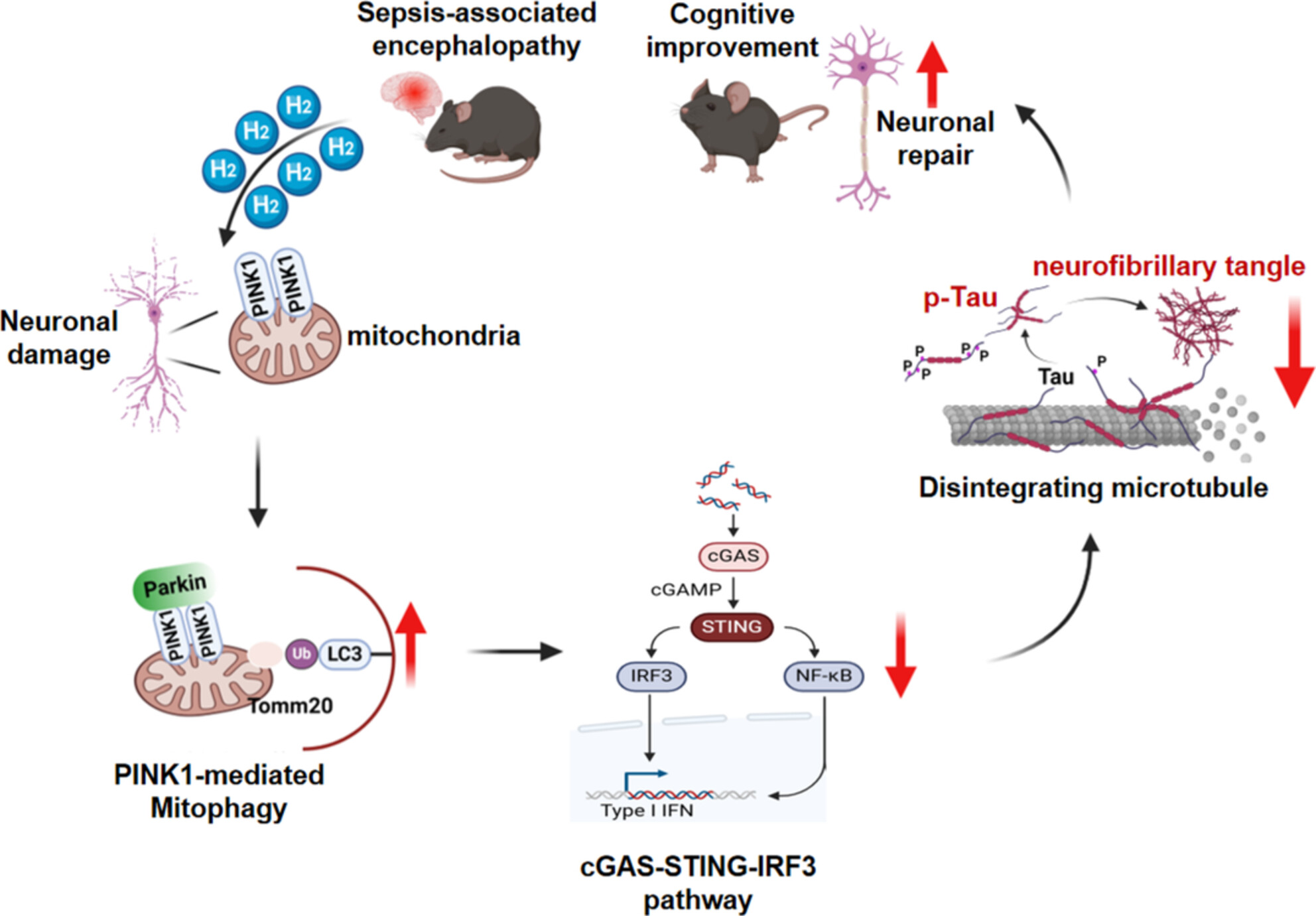
Inhalation of 67% hydrogen gas exerts a protective effect on sepsis-associated encephalopathy, effectively improving the survival rate of septic mice, protecting cognitive function, and reducing tau protein phosphorylation. The mechanism may involve hydrogen enhancing PINK1/Parkin-mediated mitophagy, which inhibits the activity of the cGAS-STING-IRF3 pathway, thereby reducing neuroinflammation.




